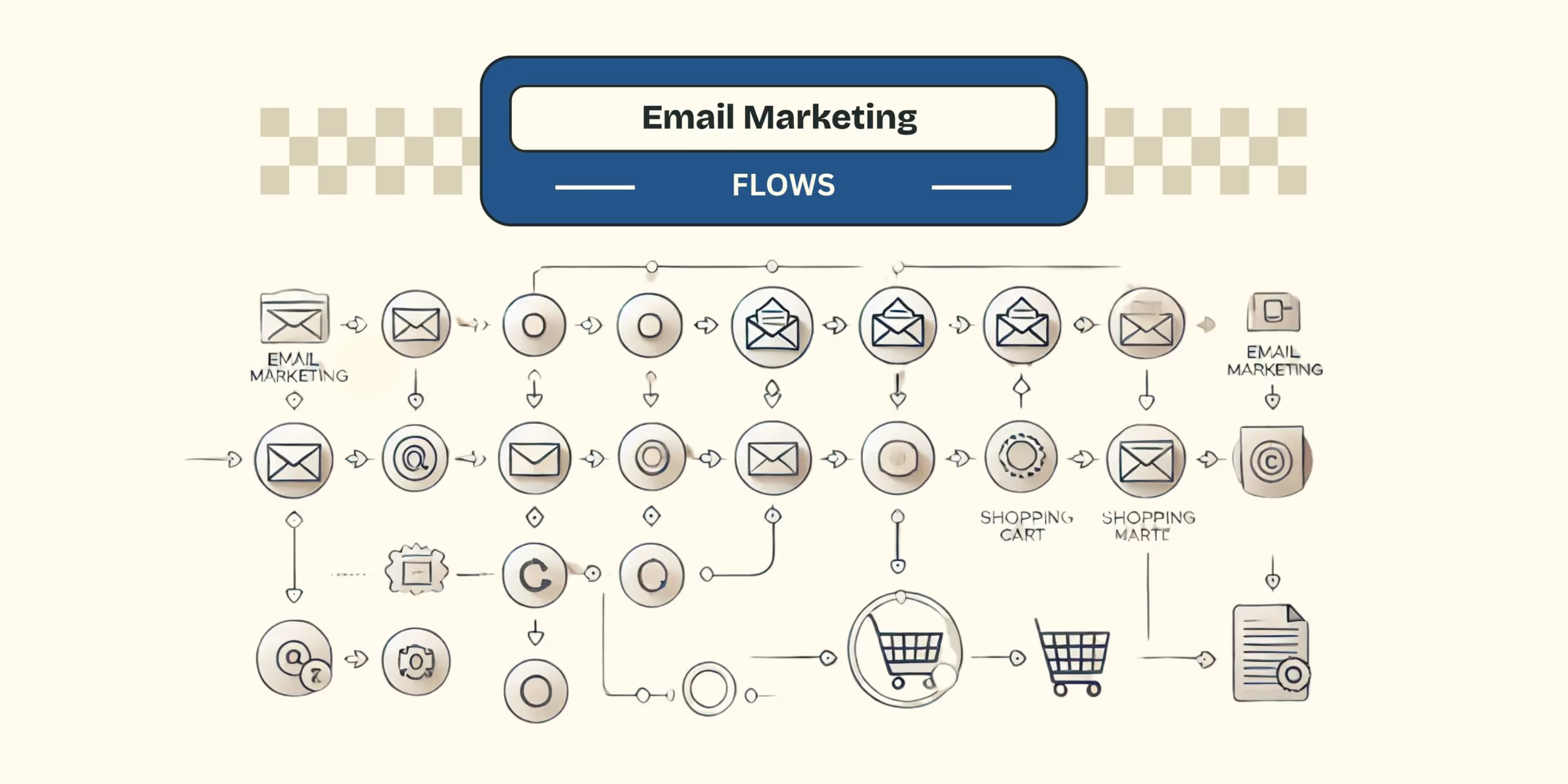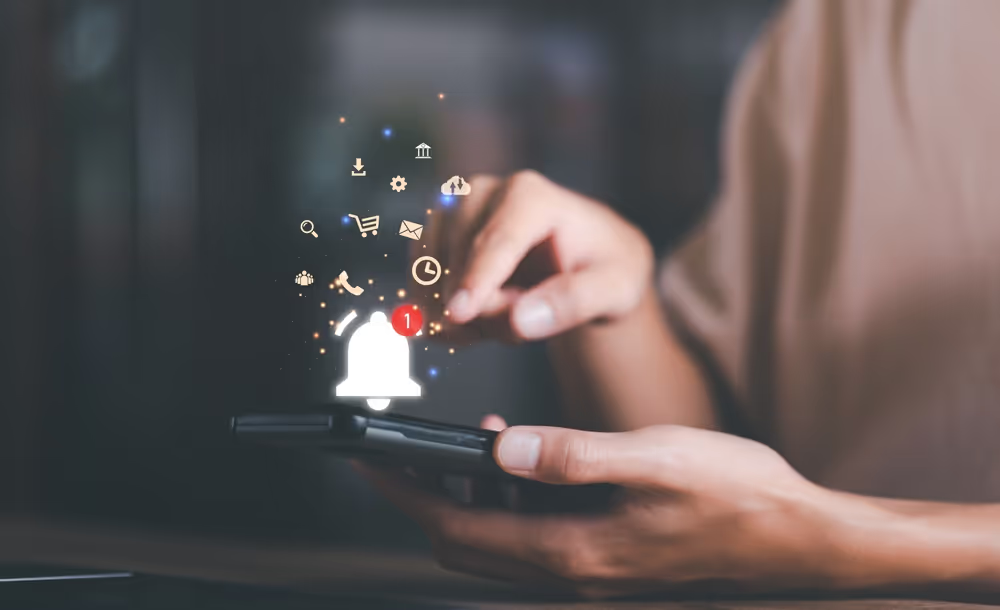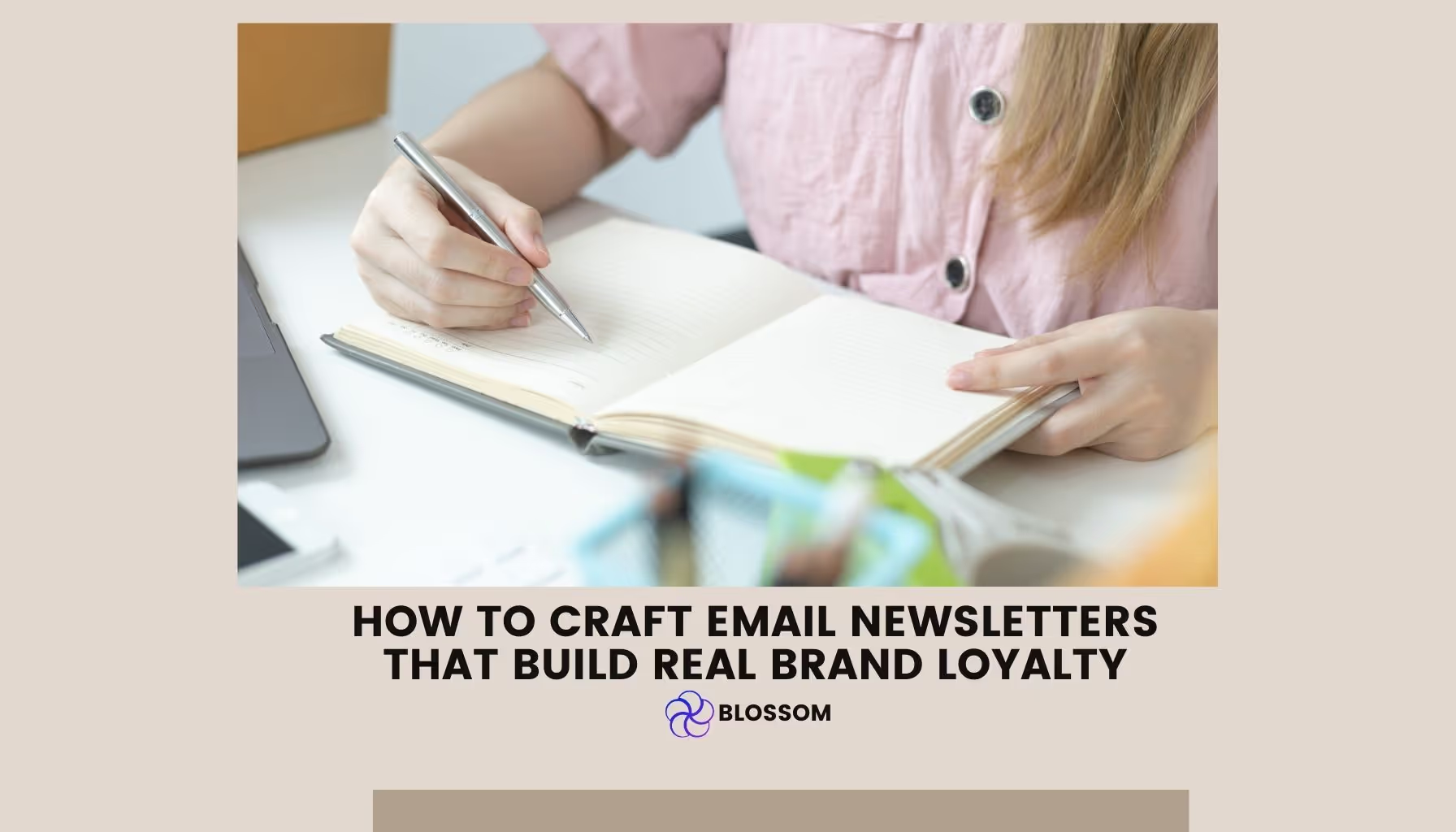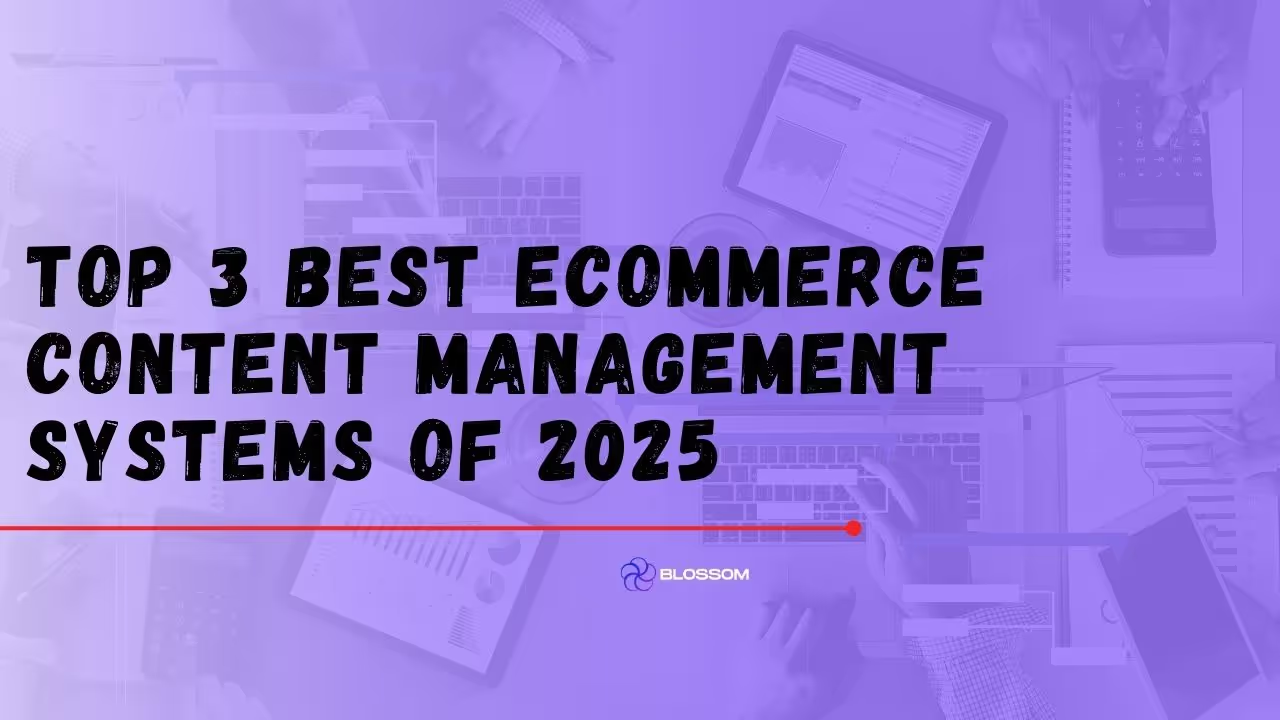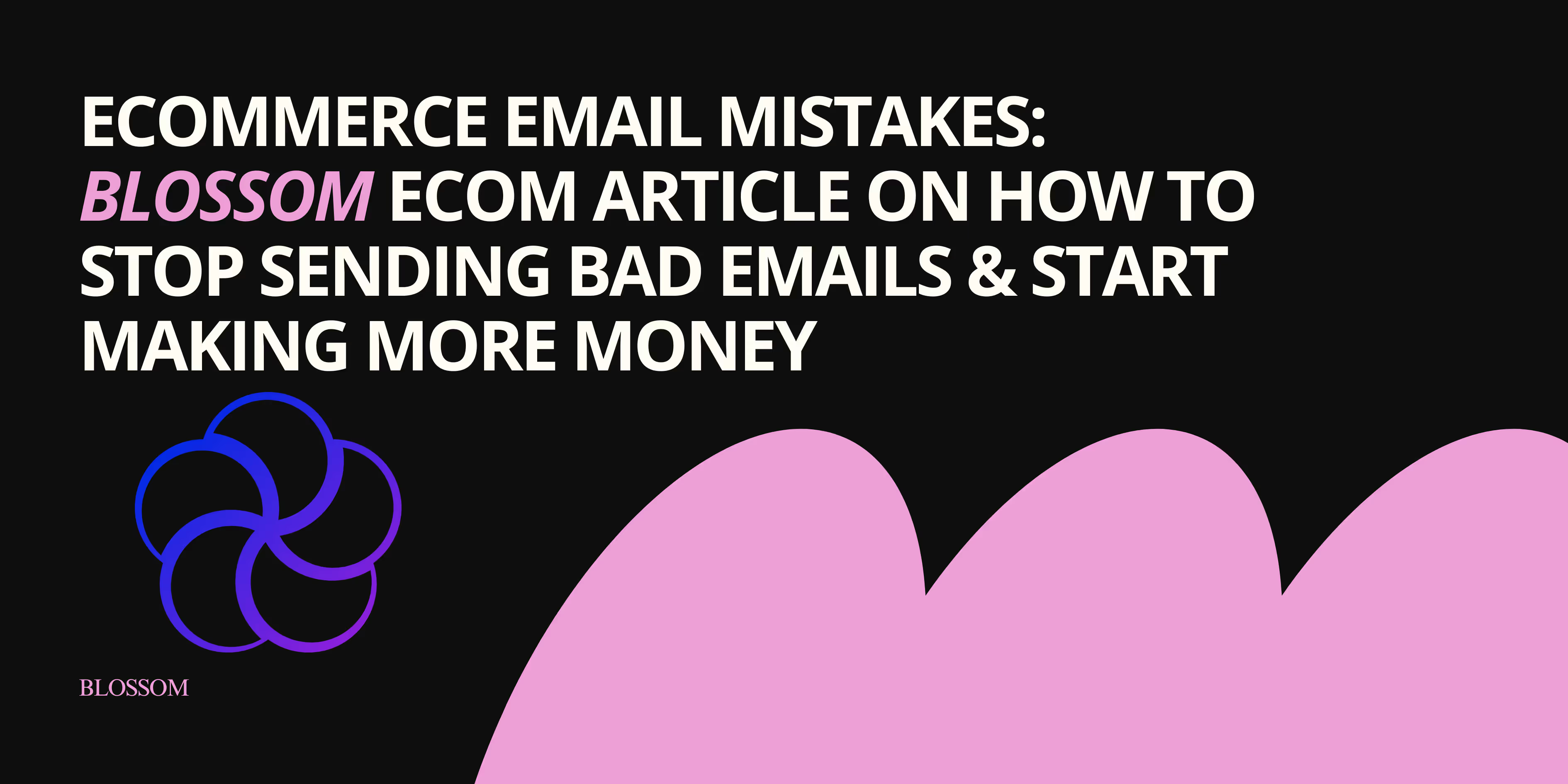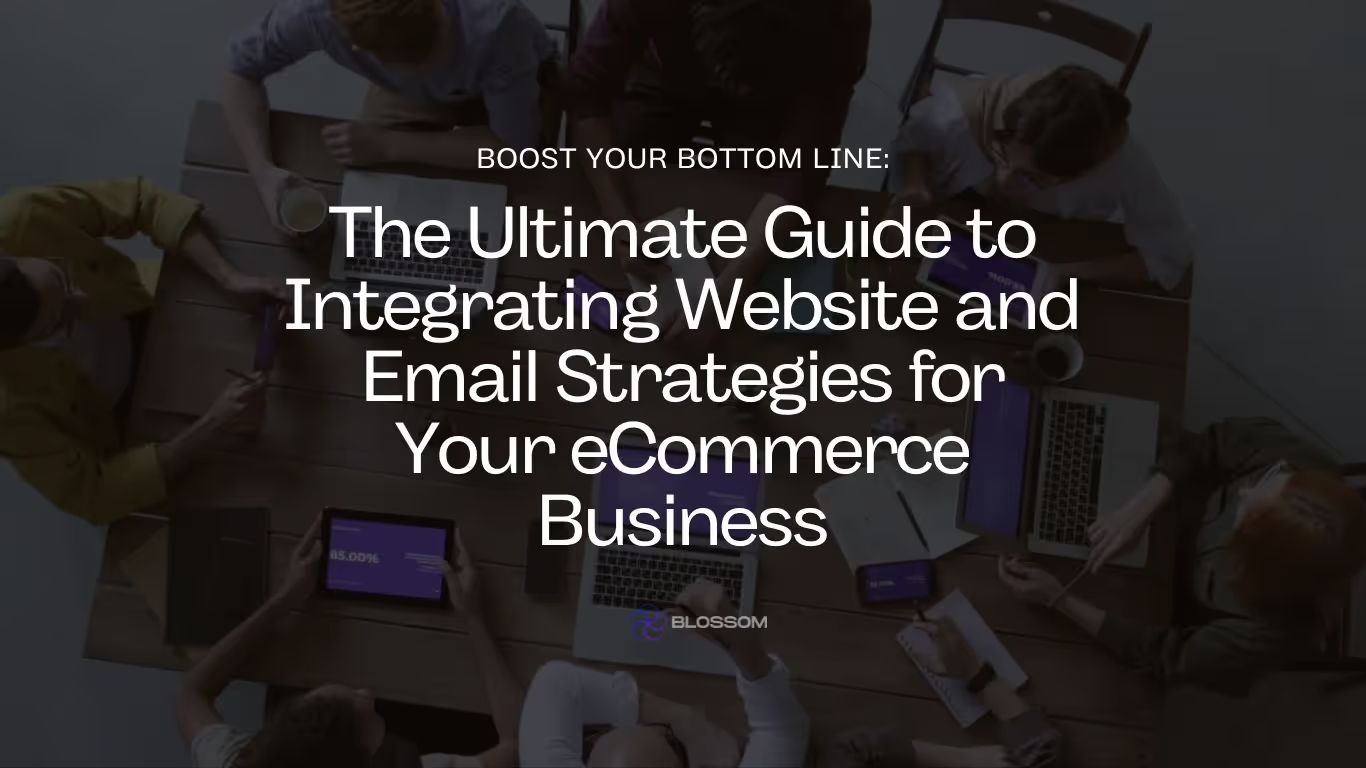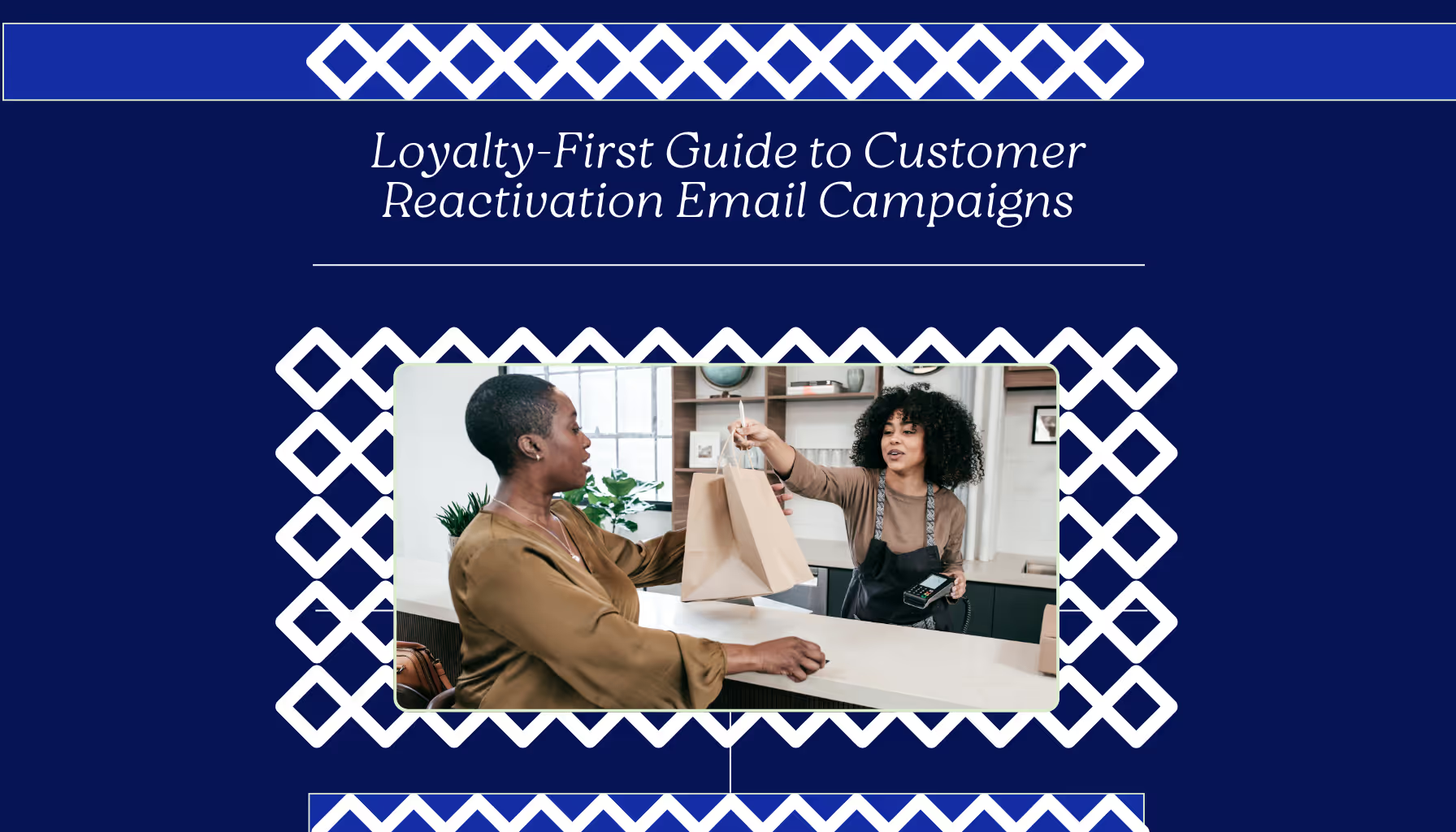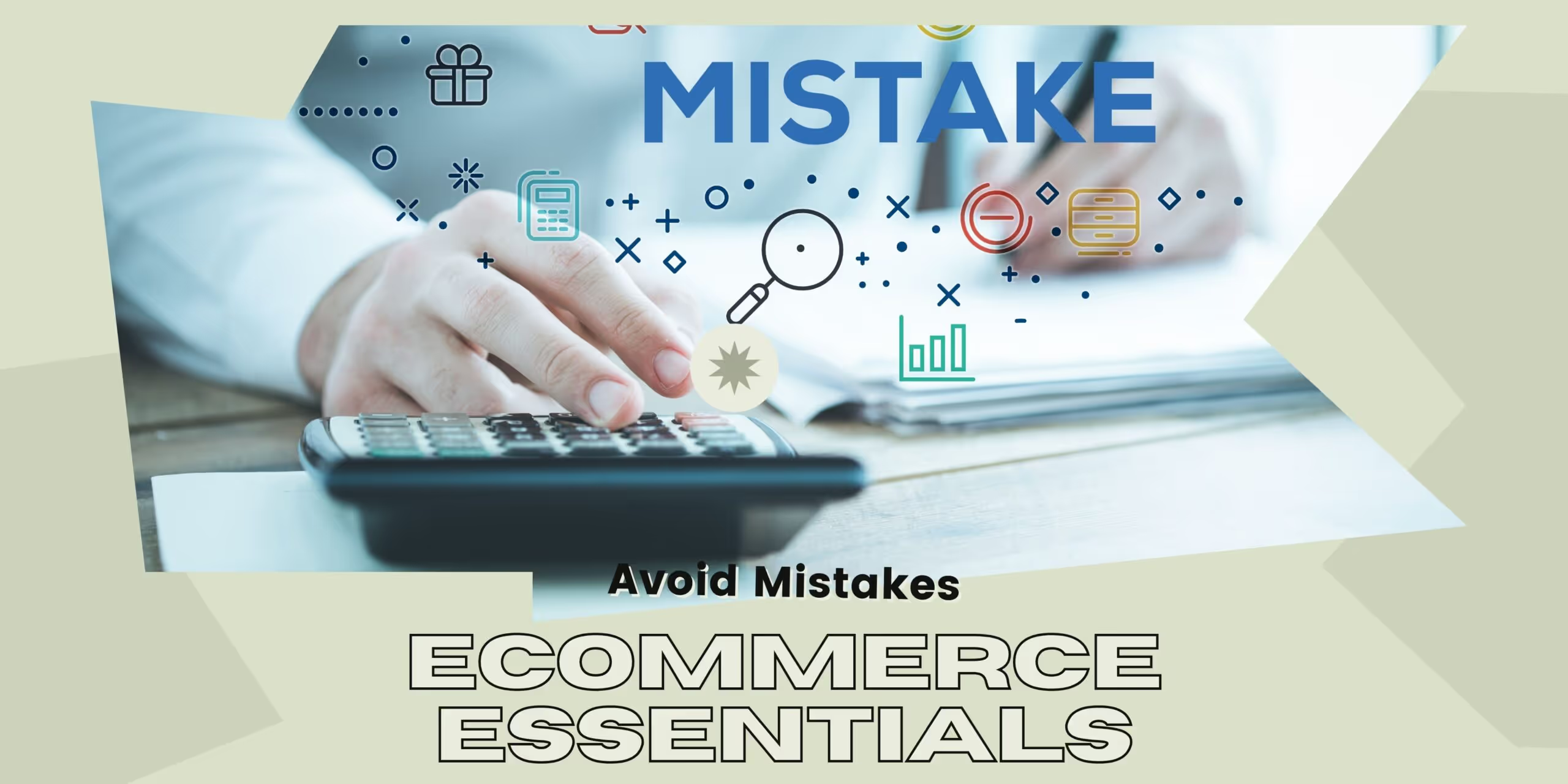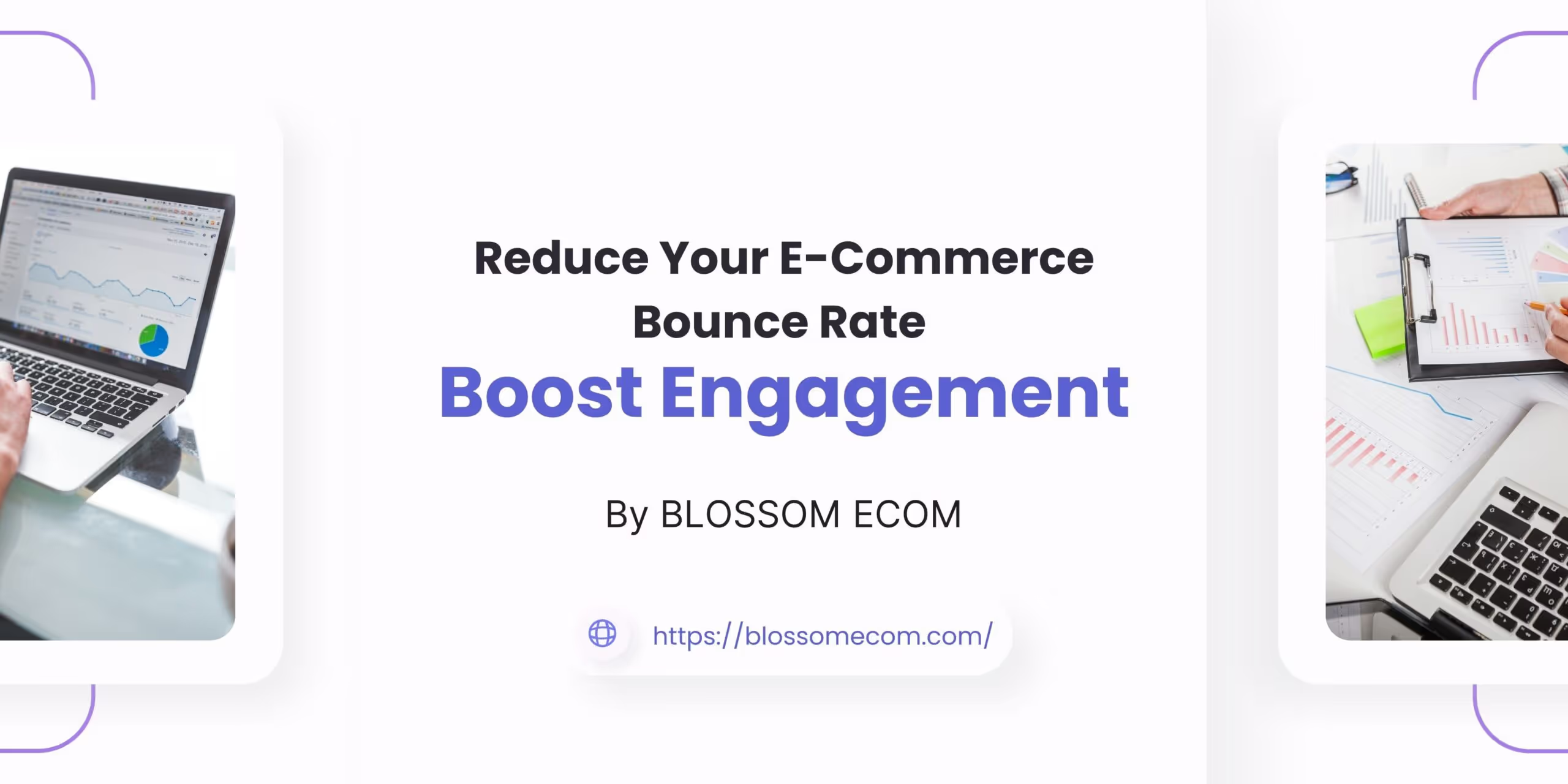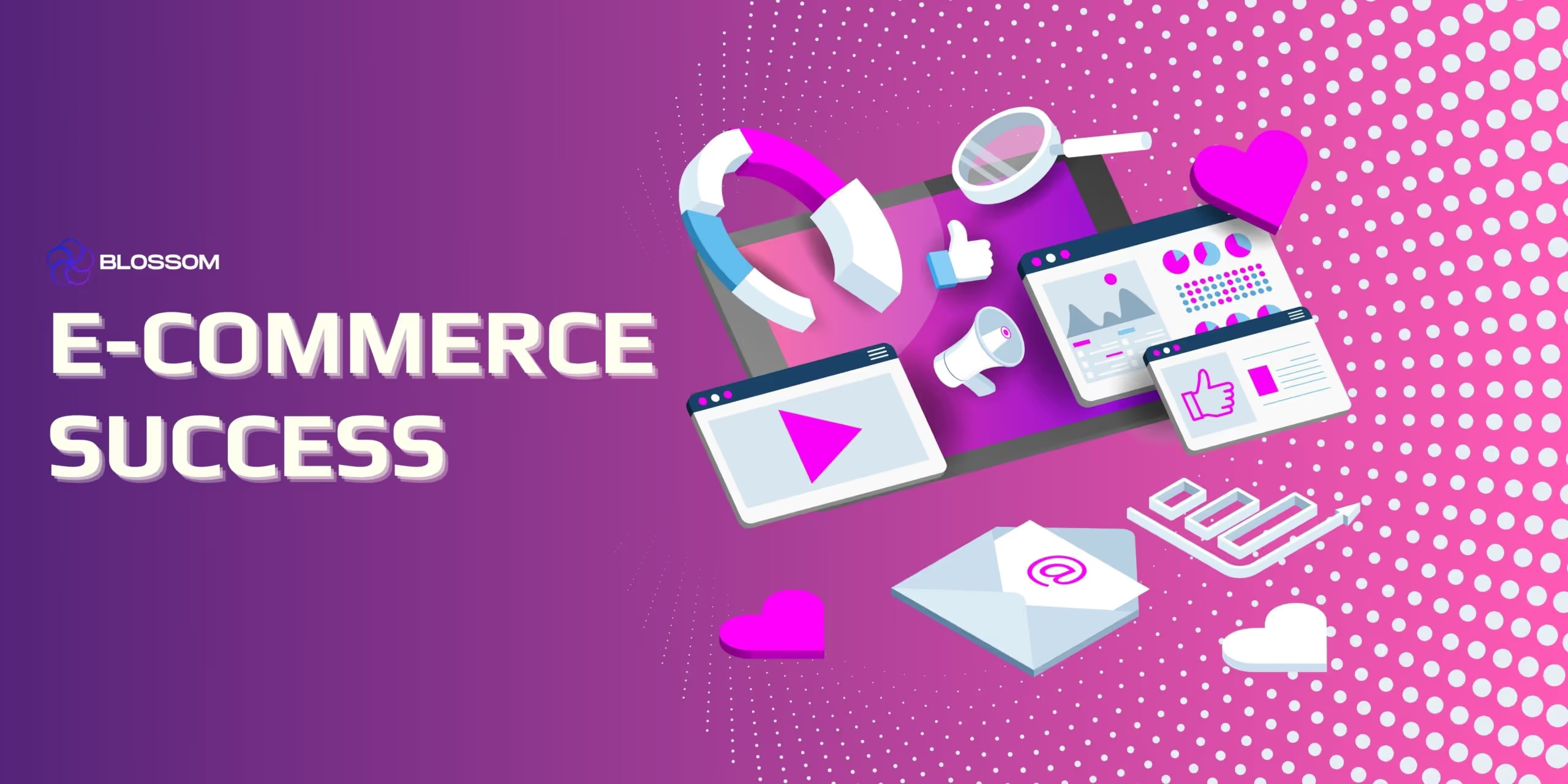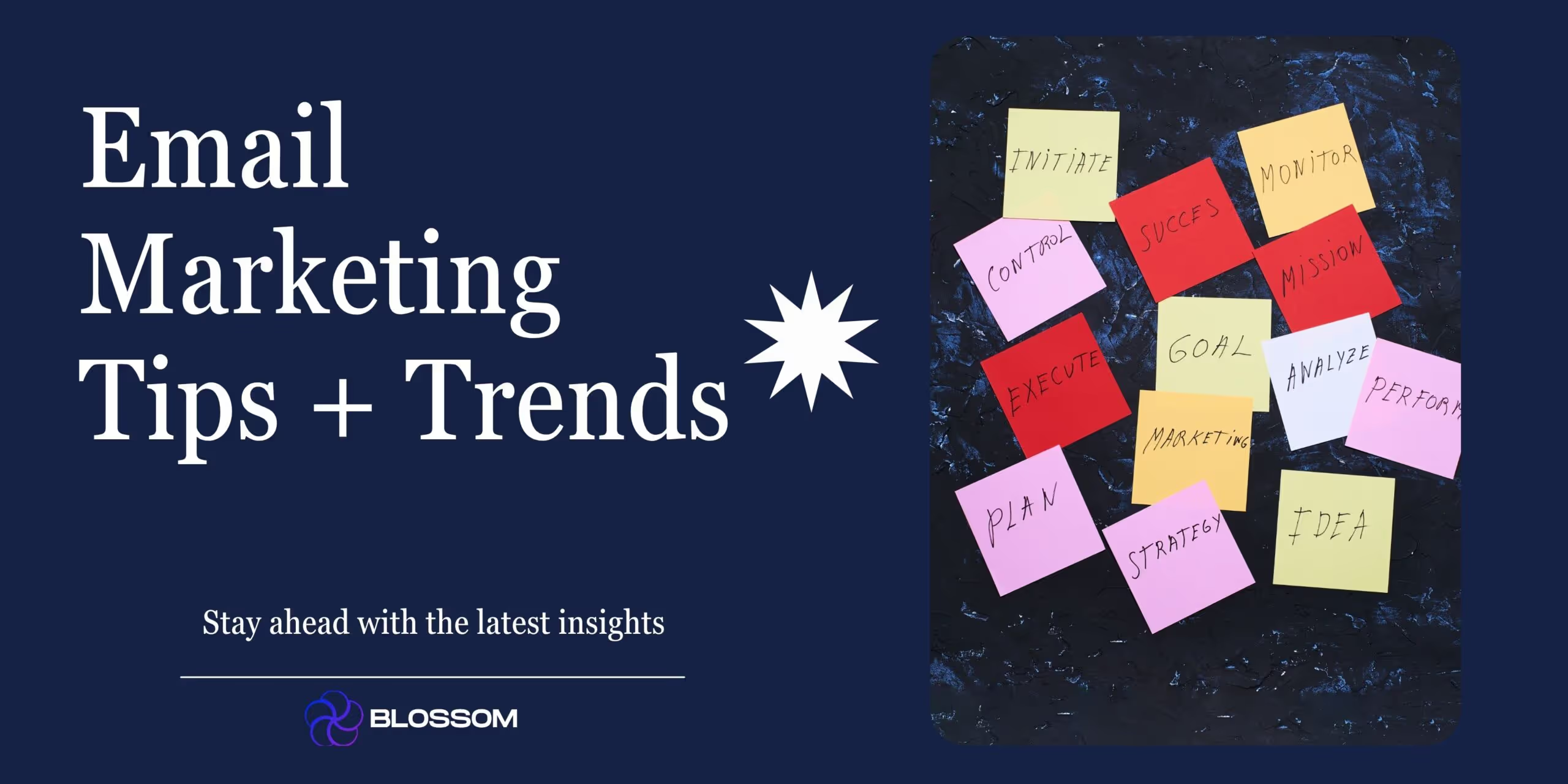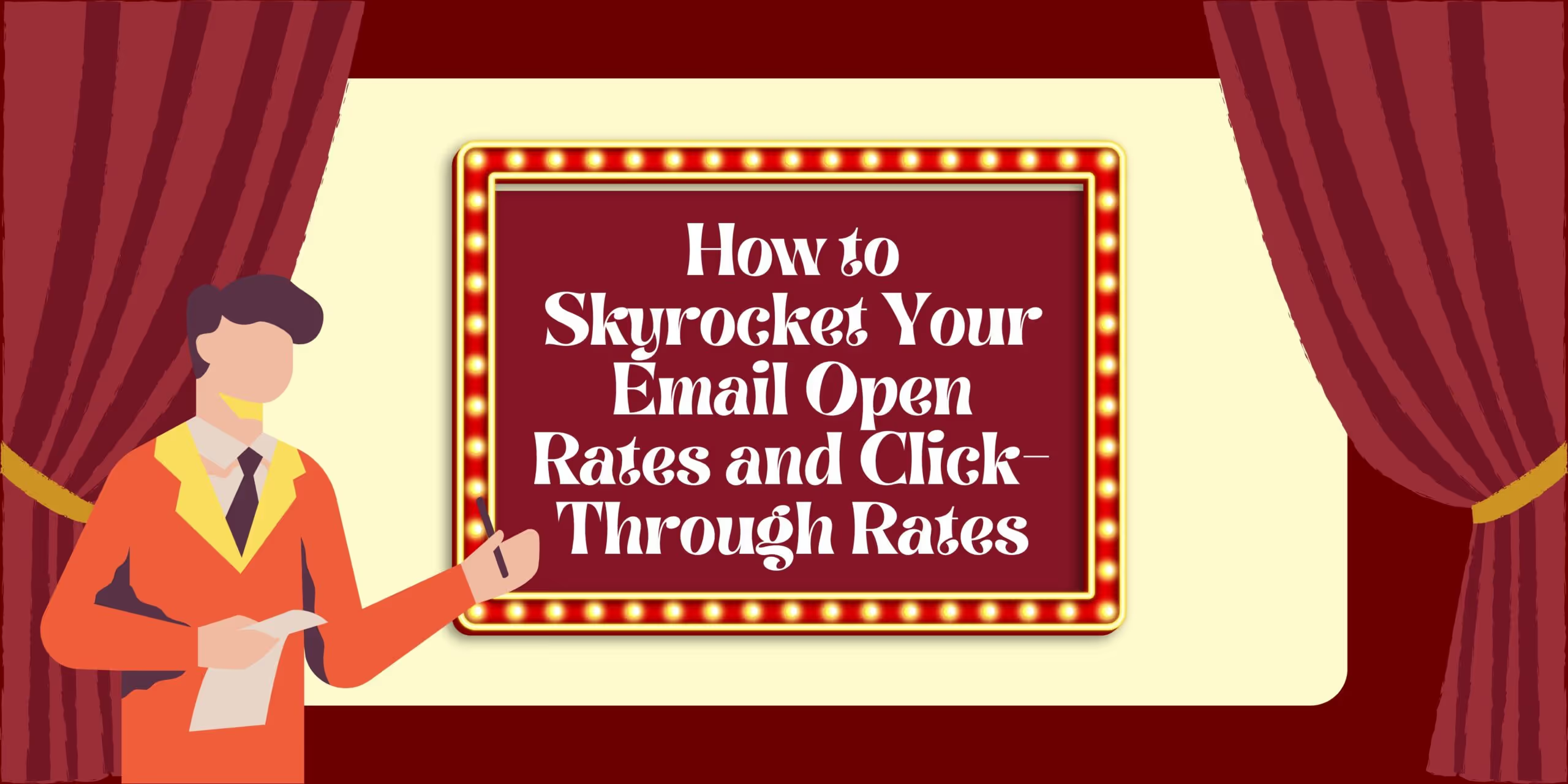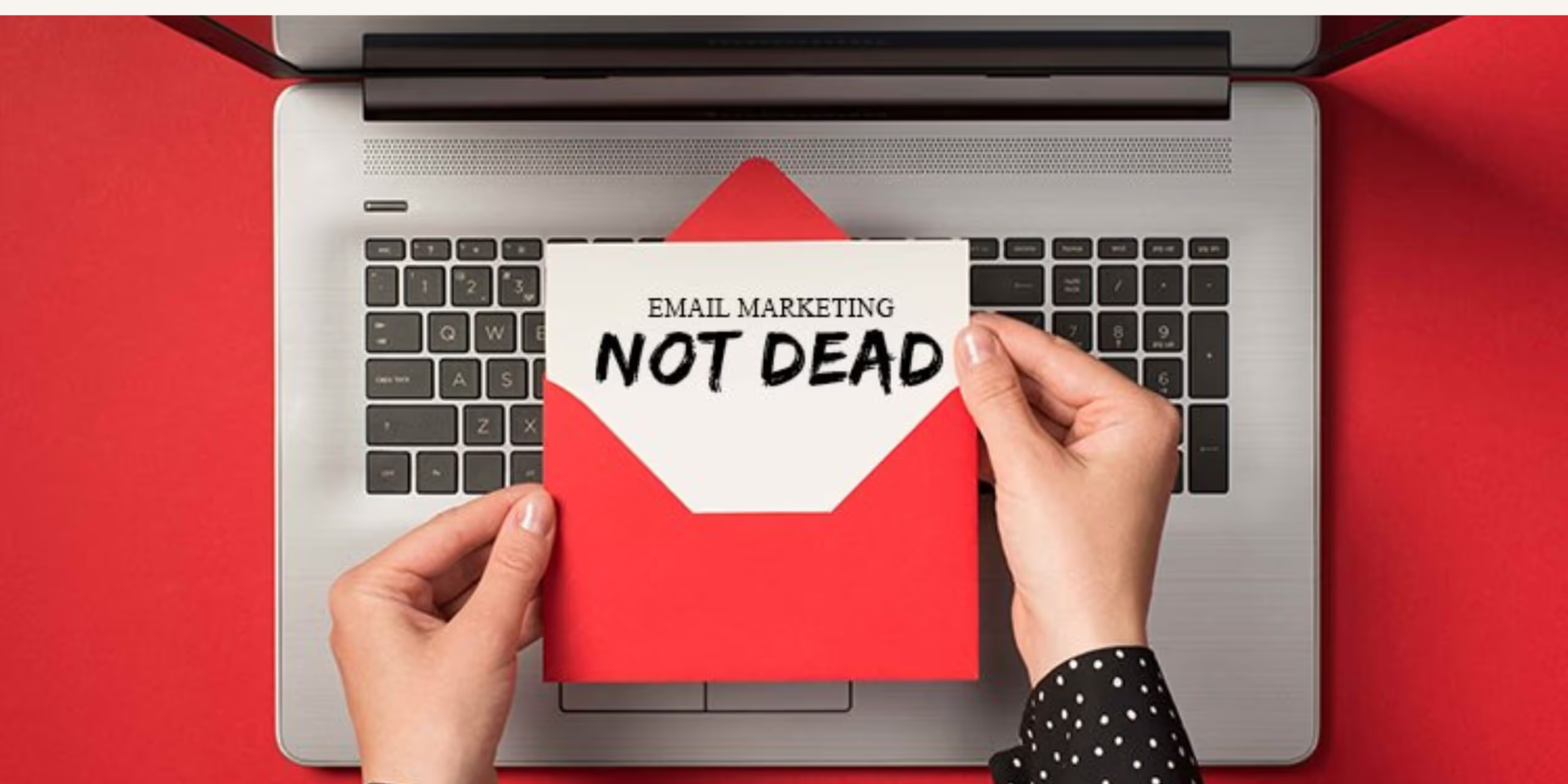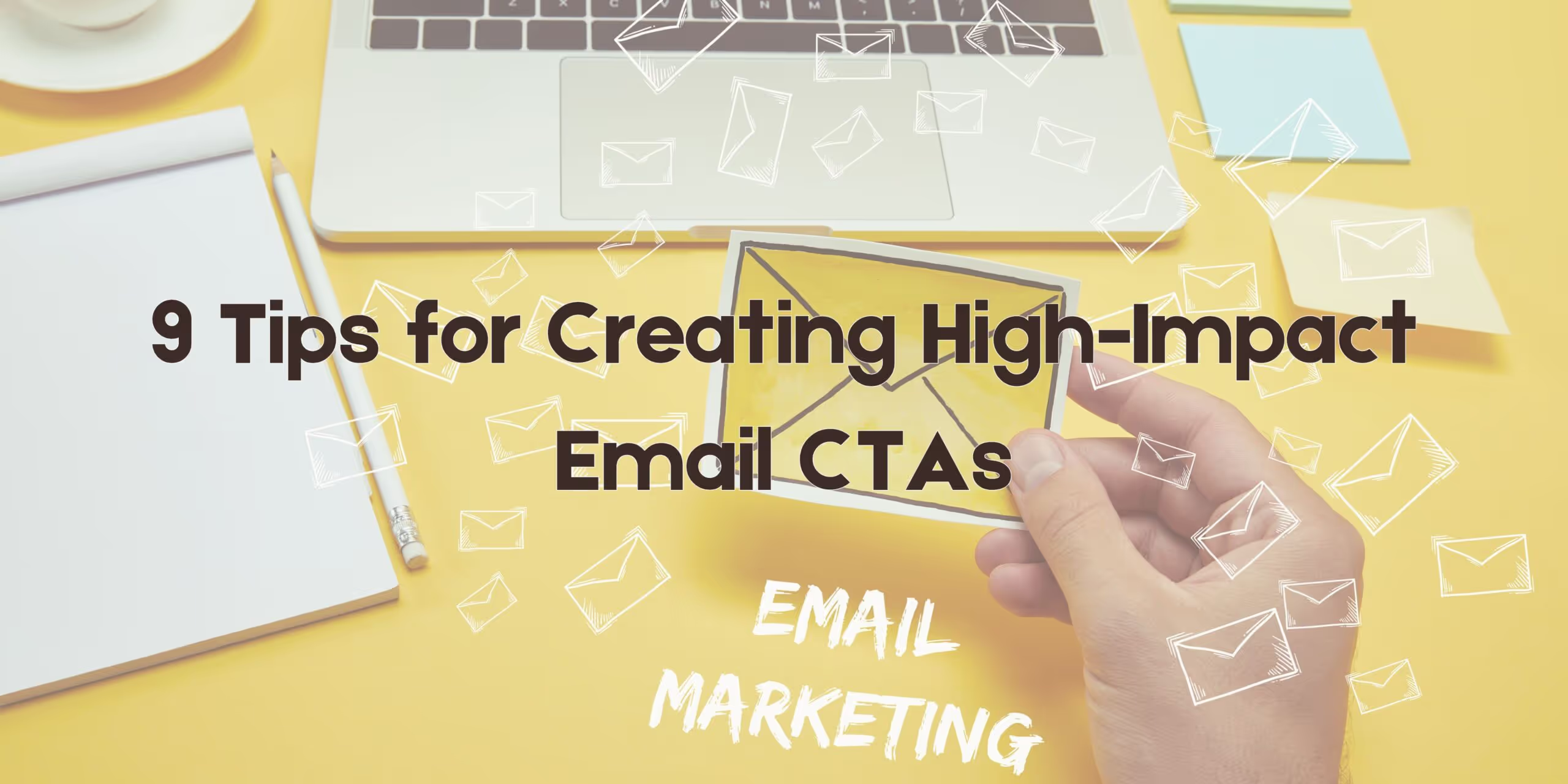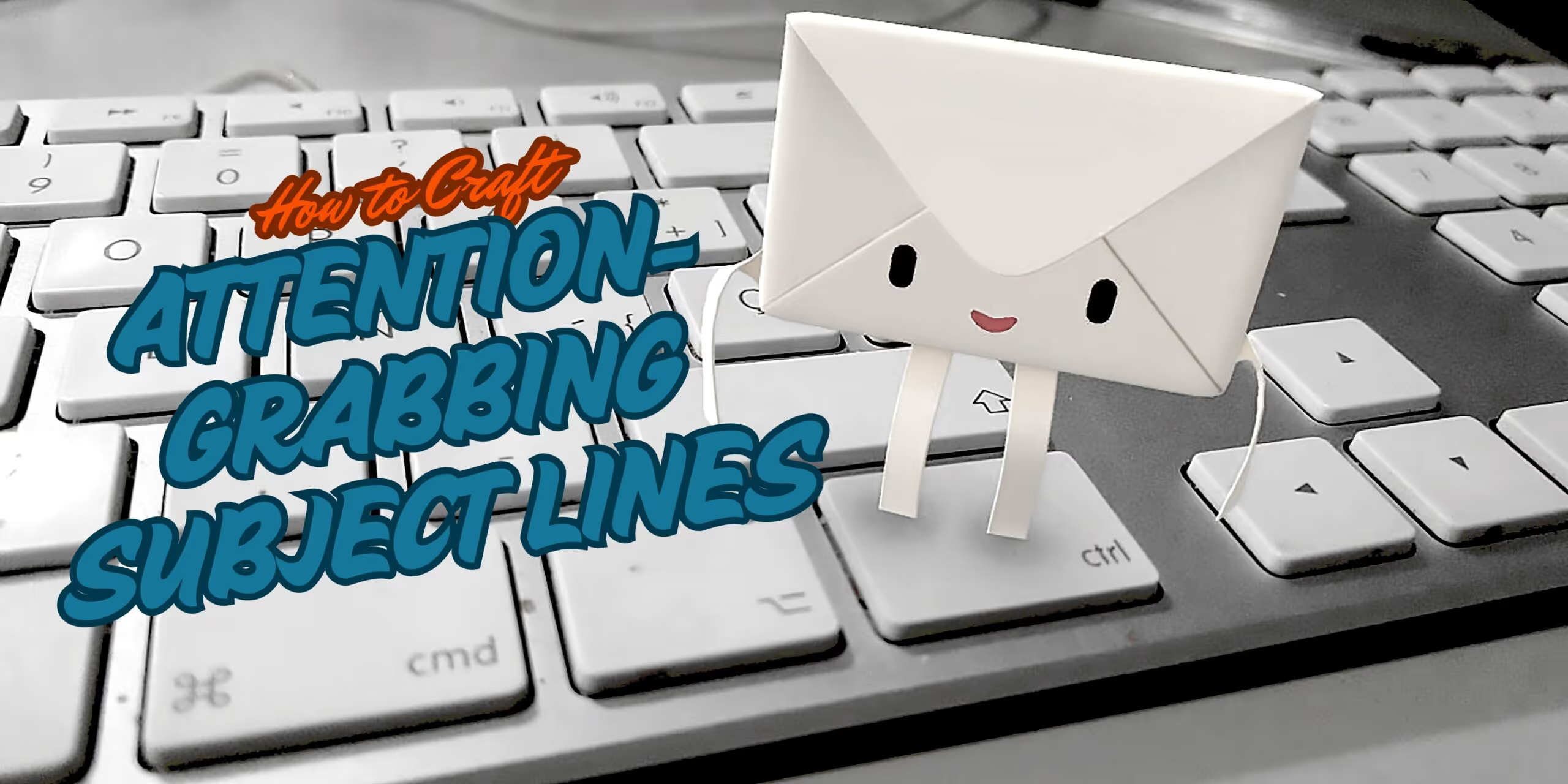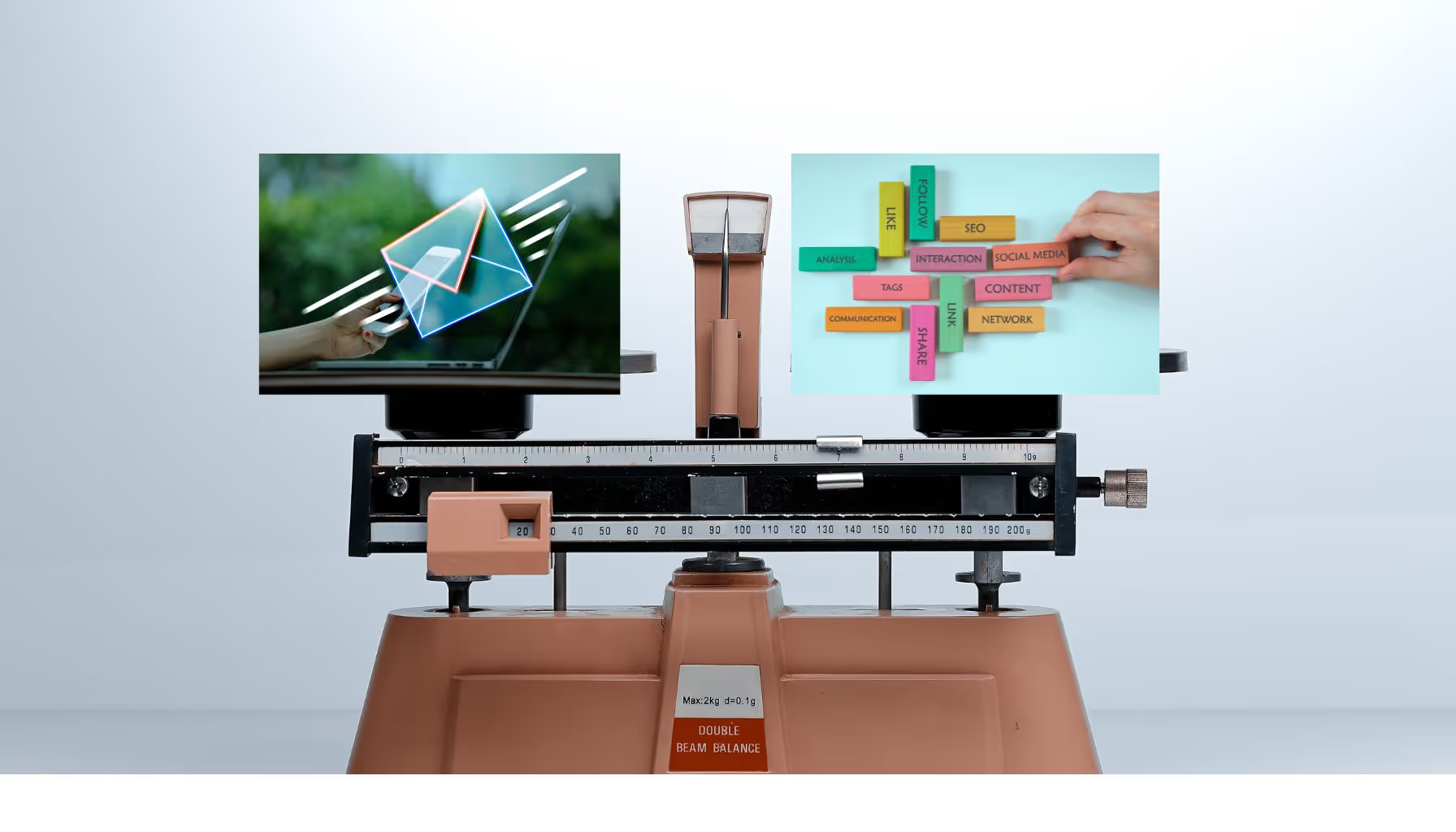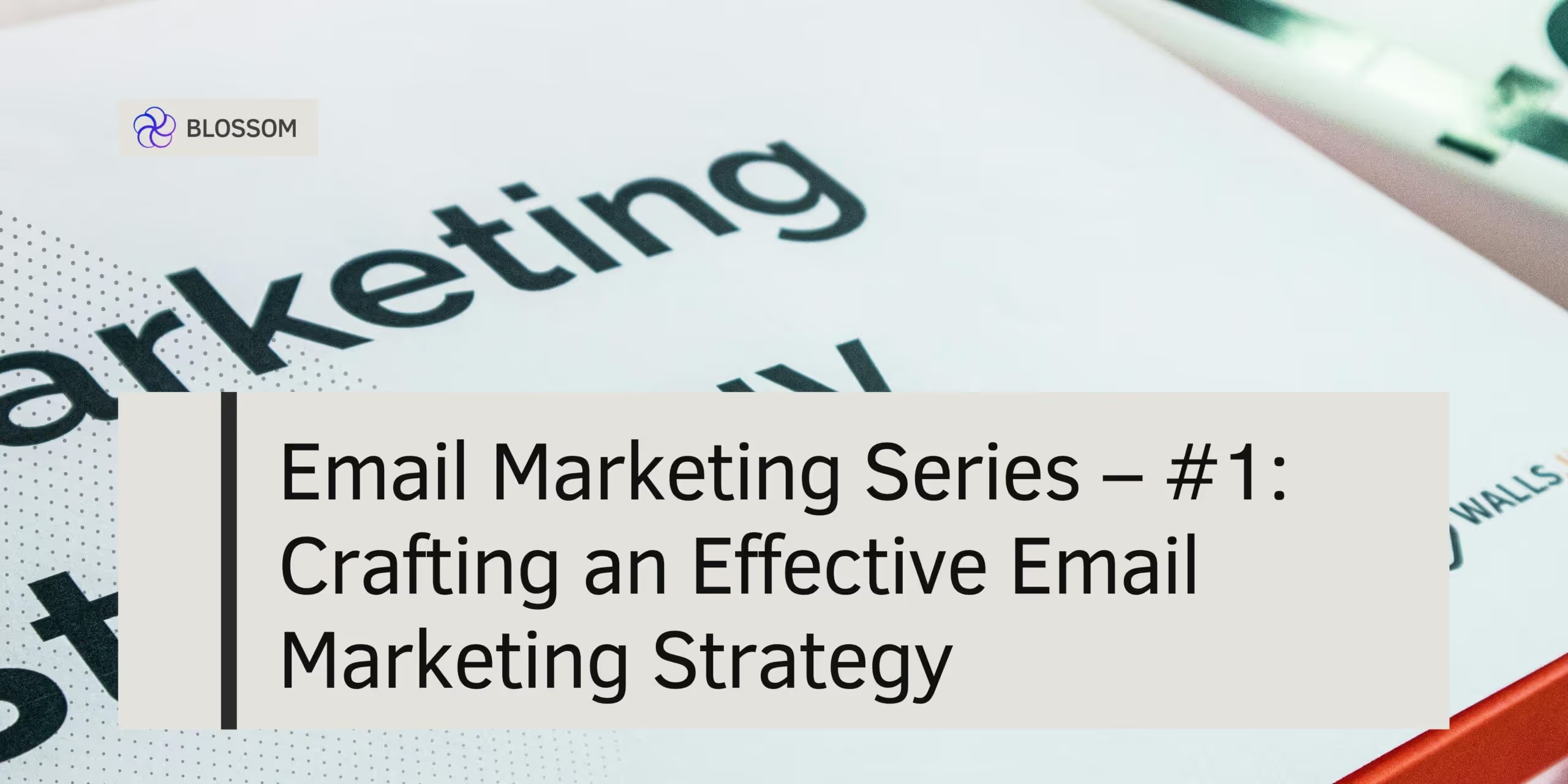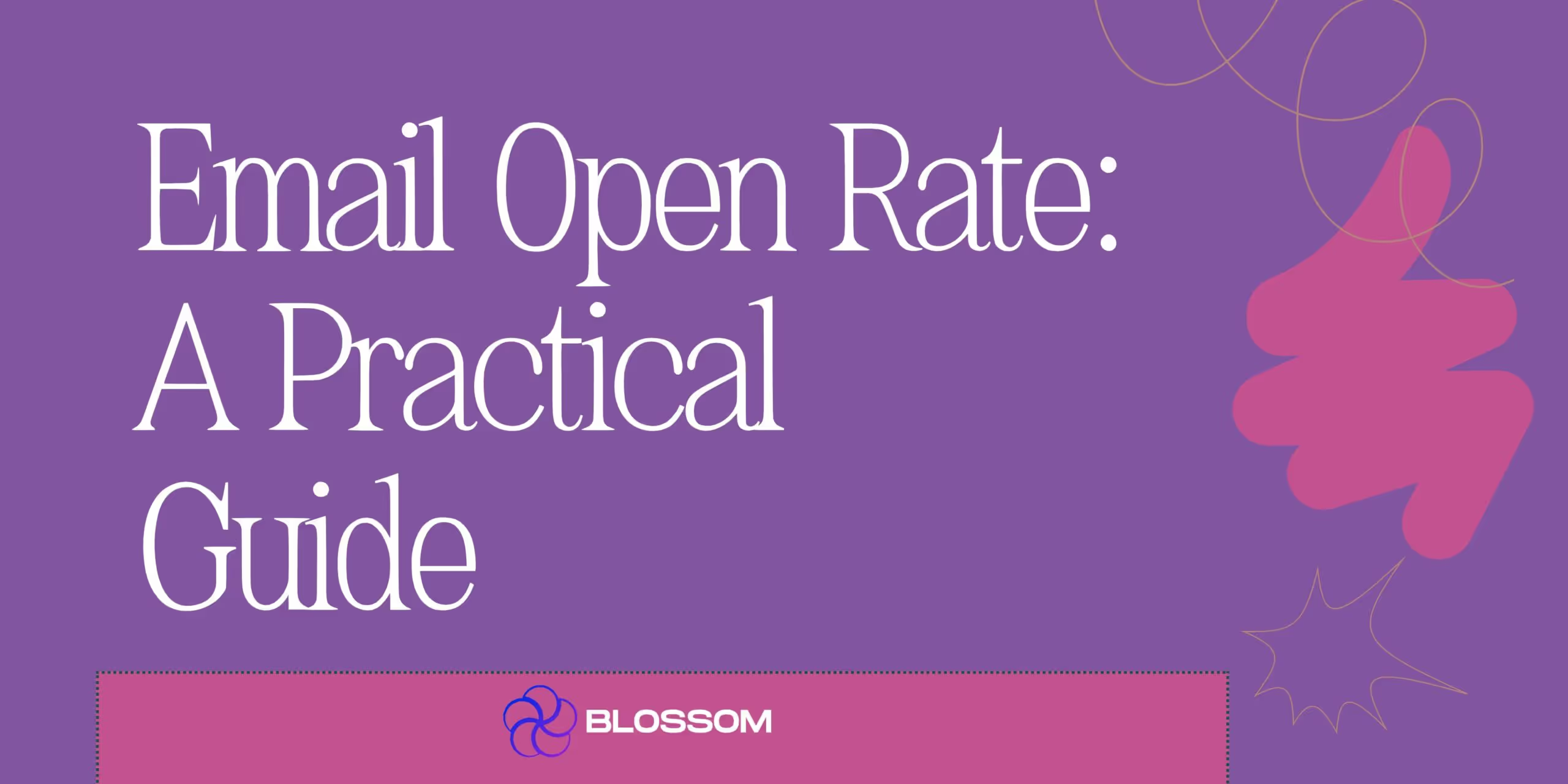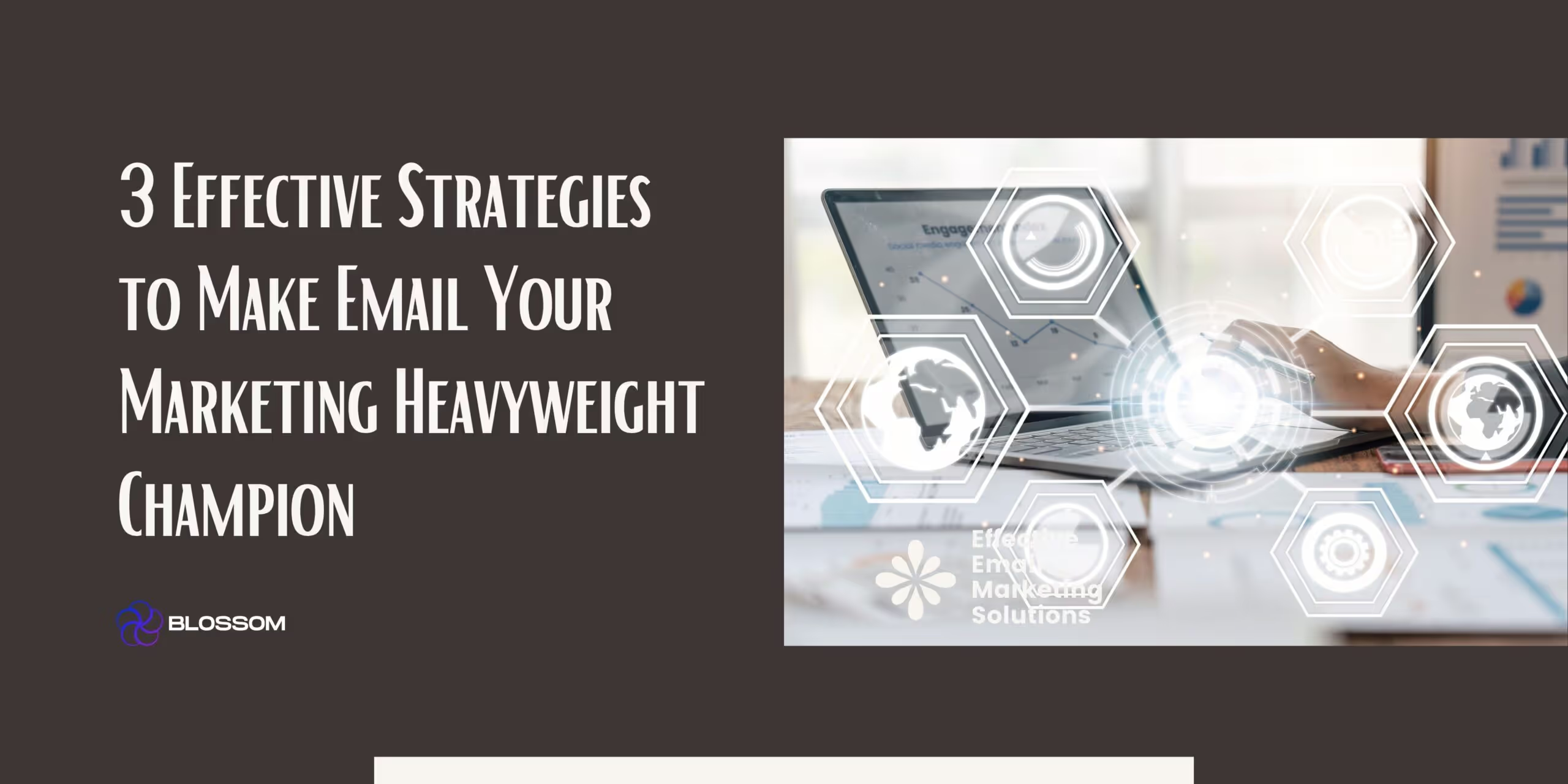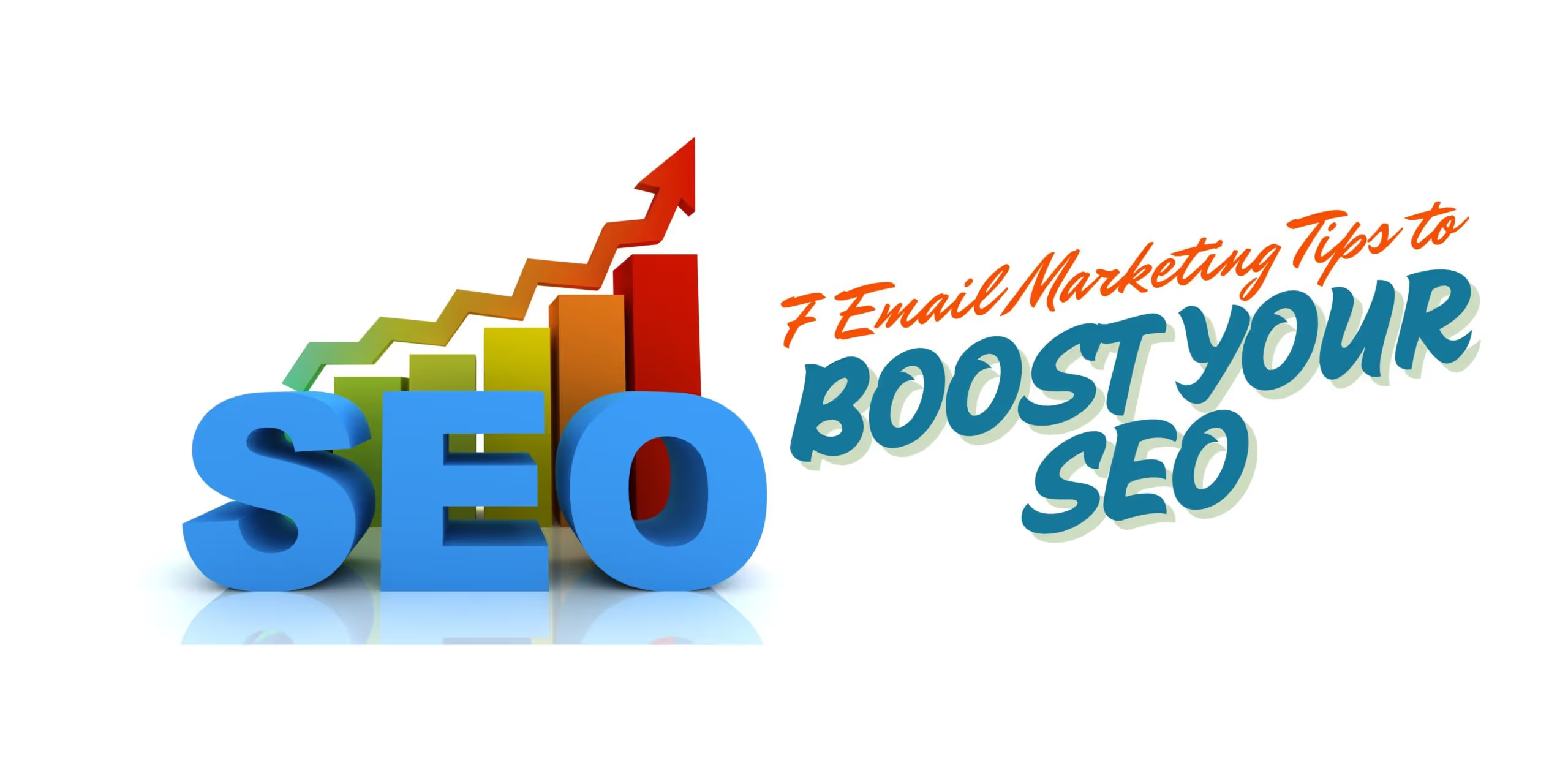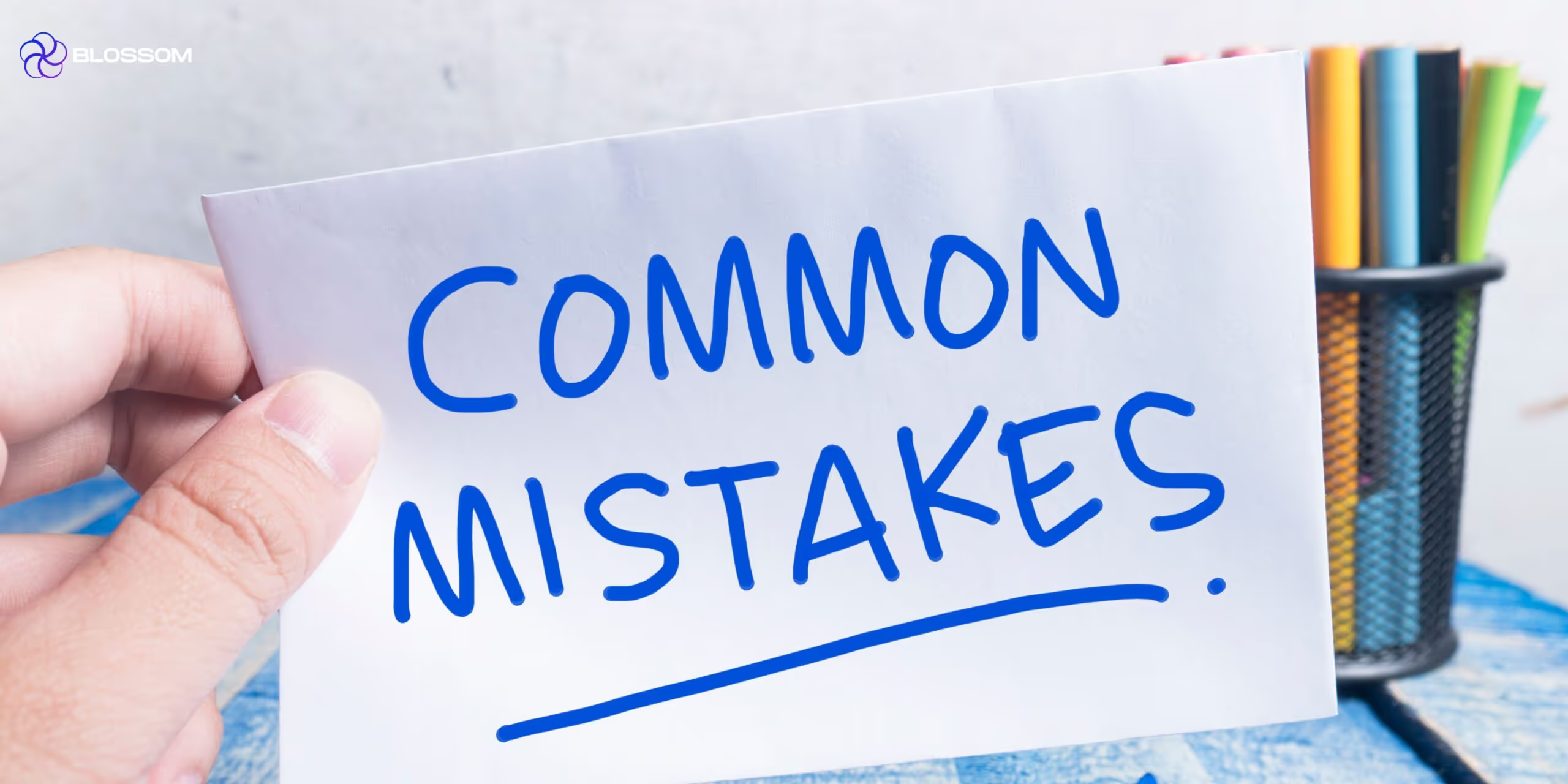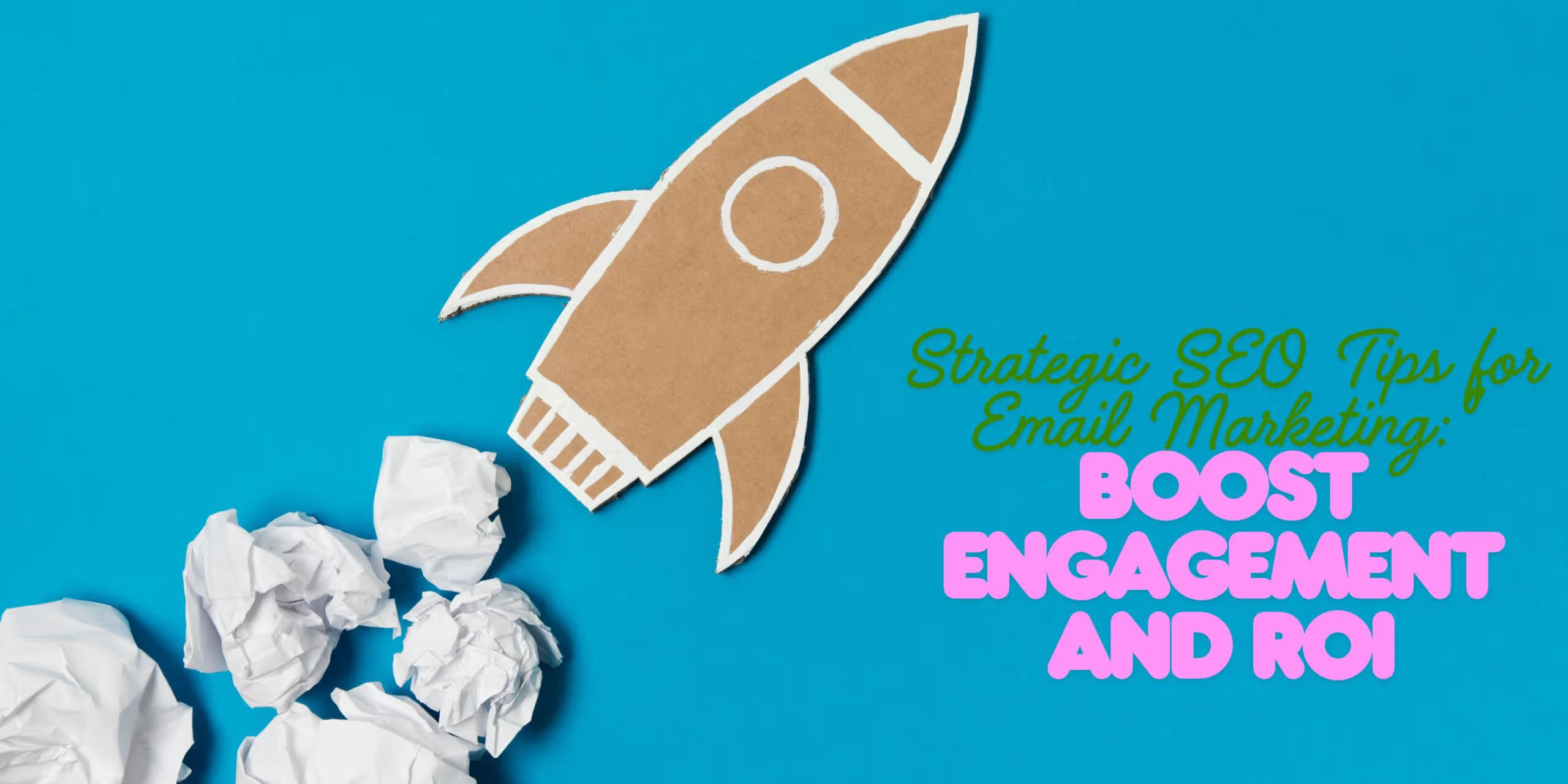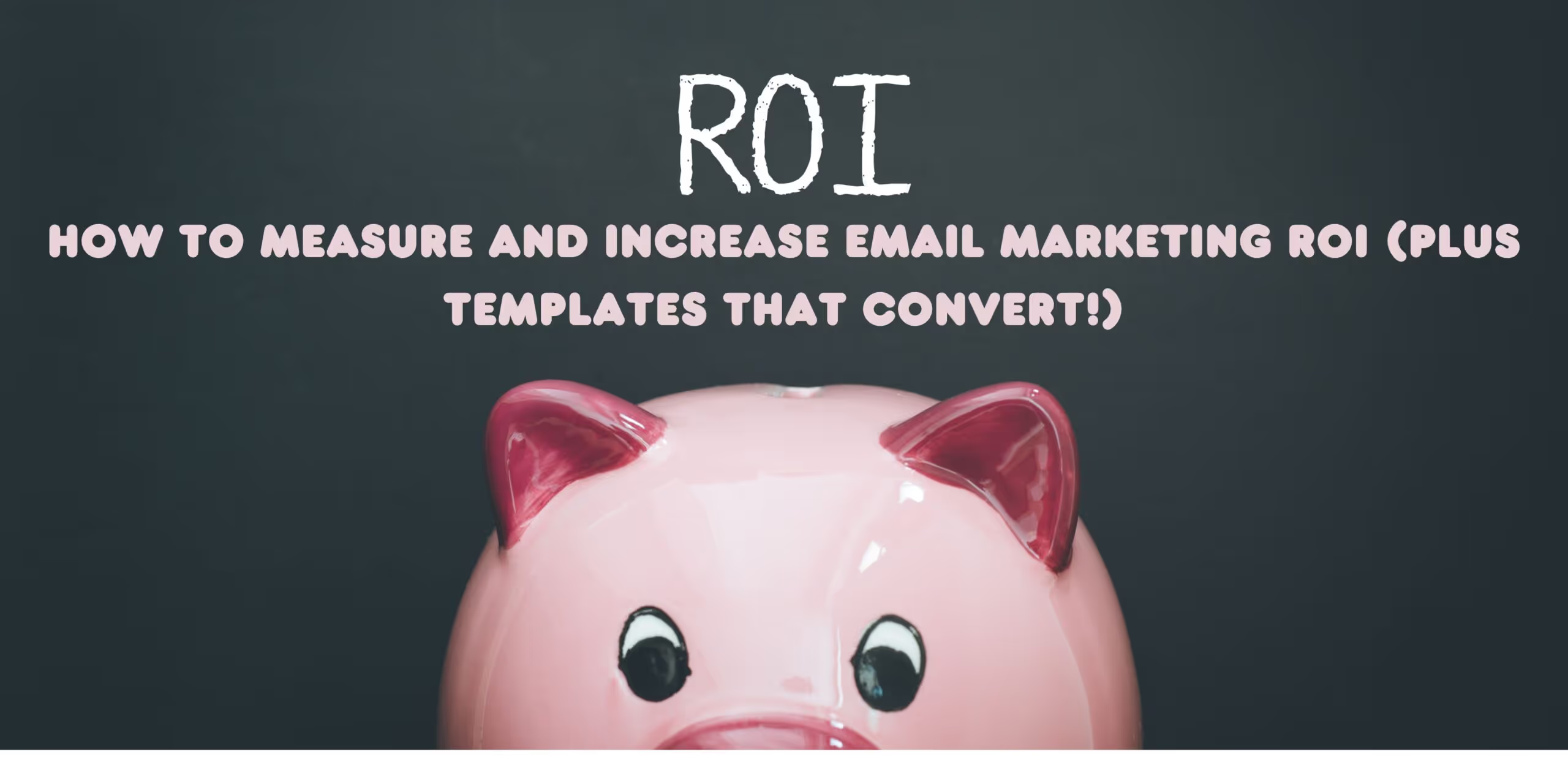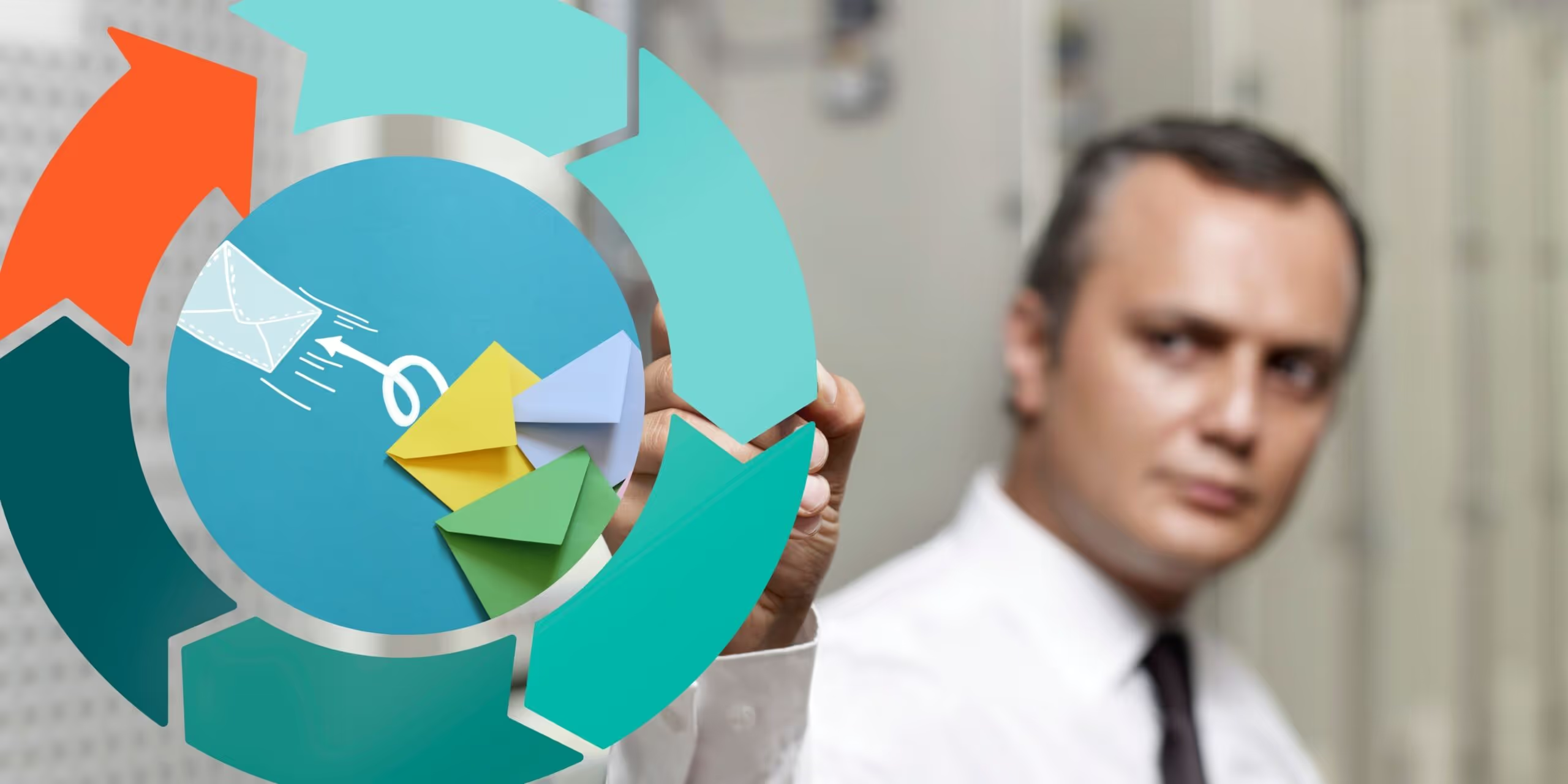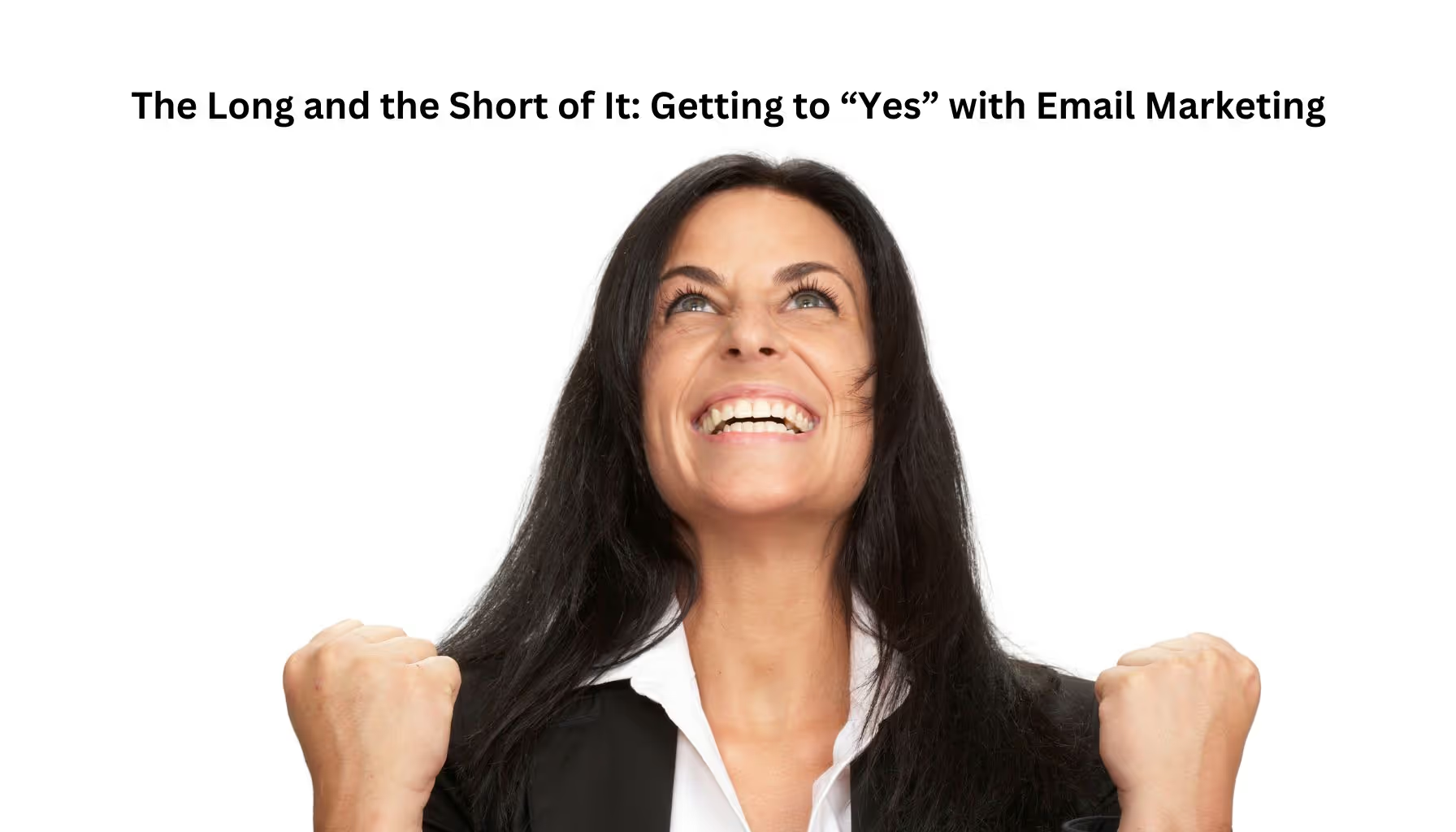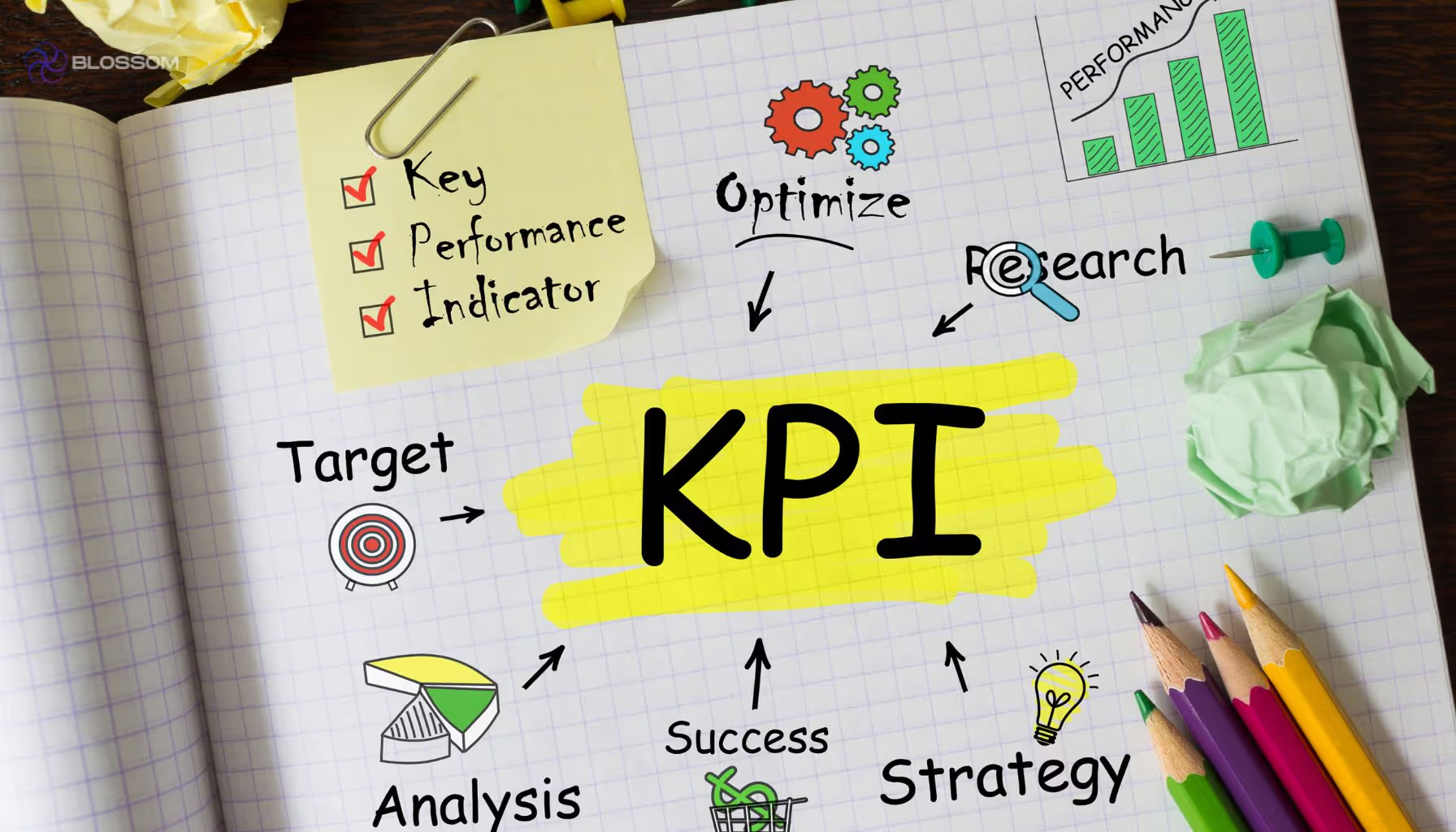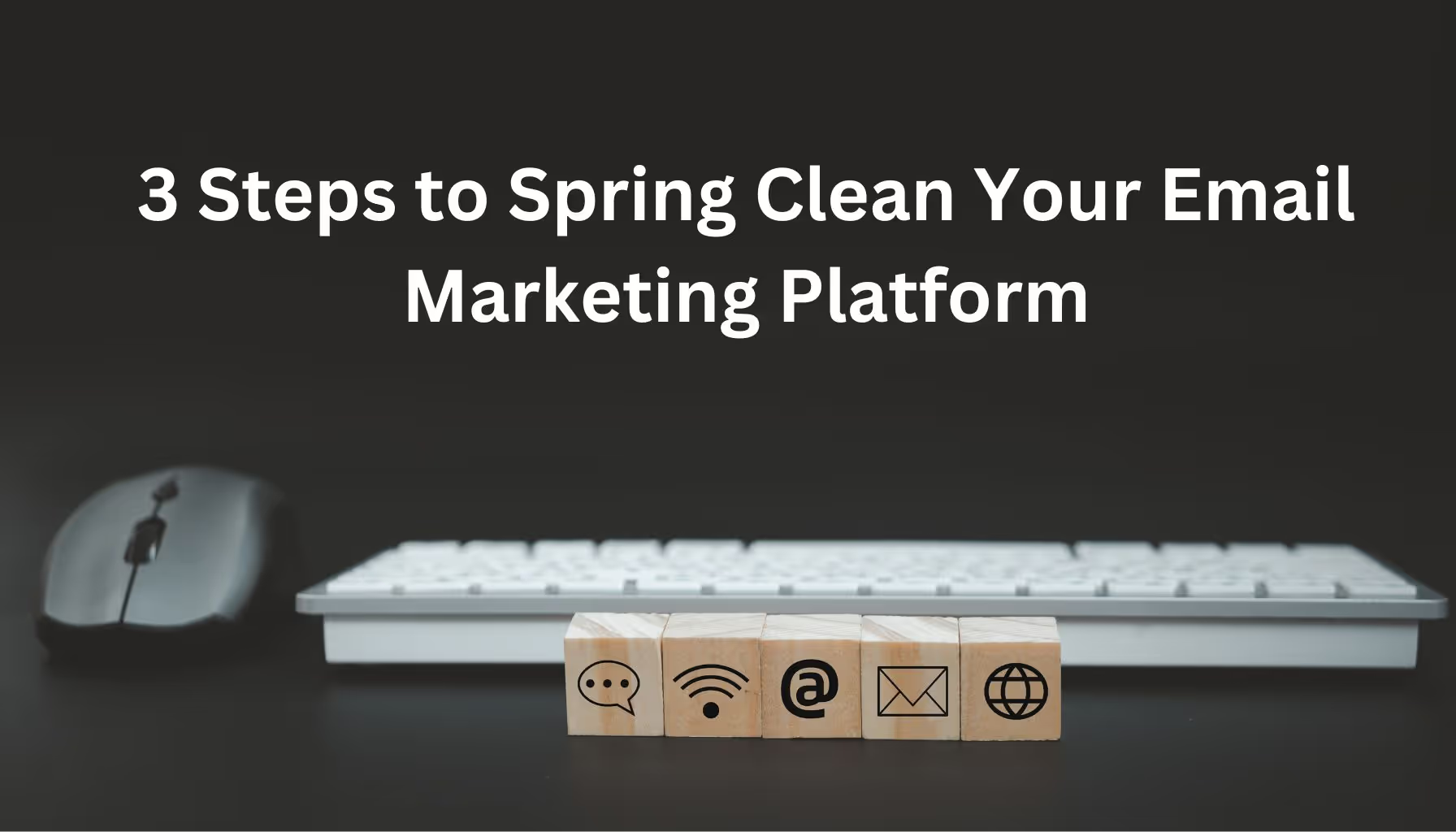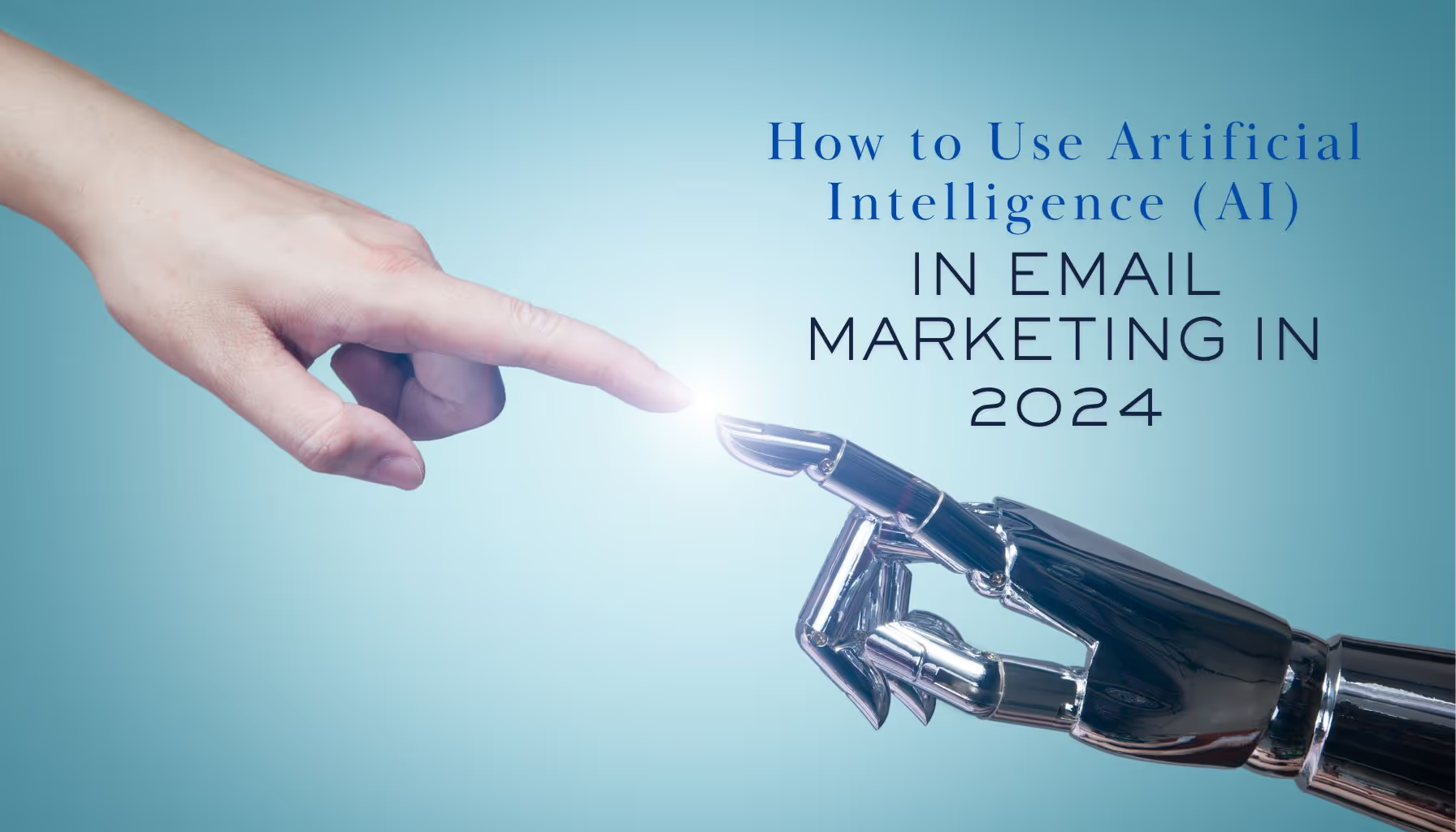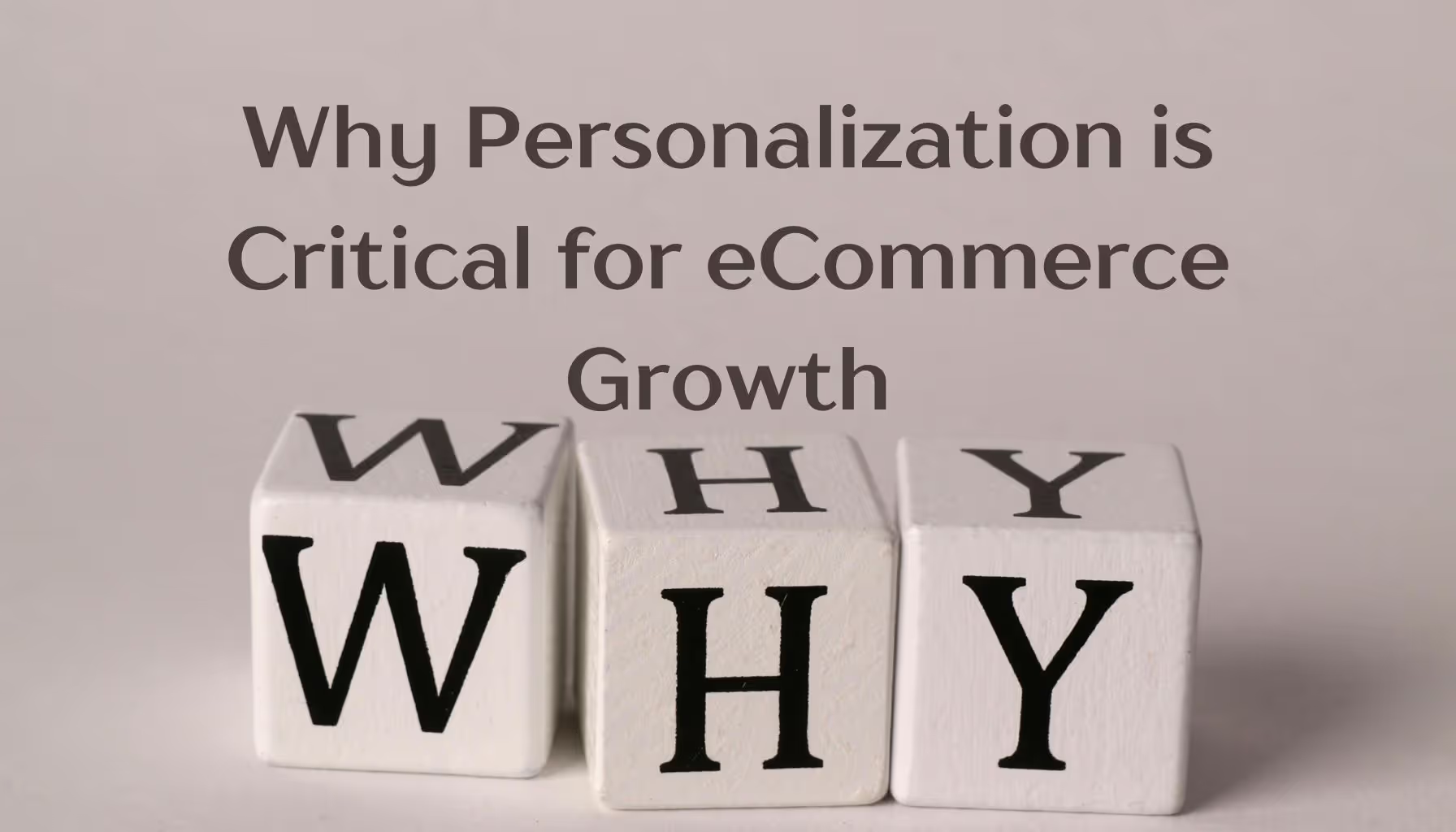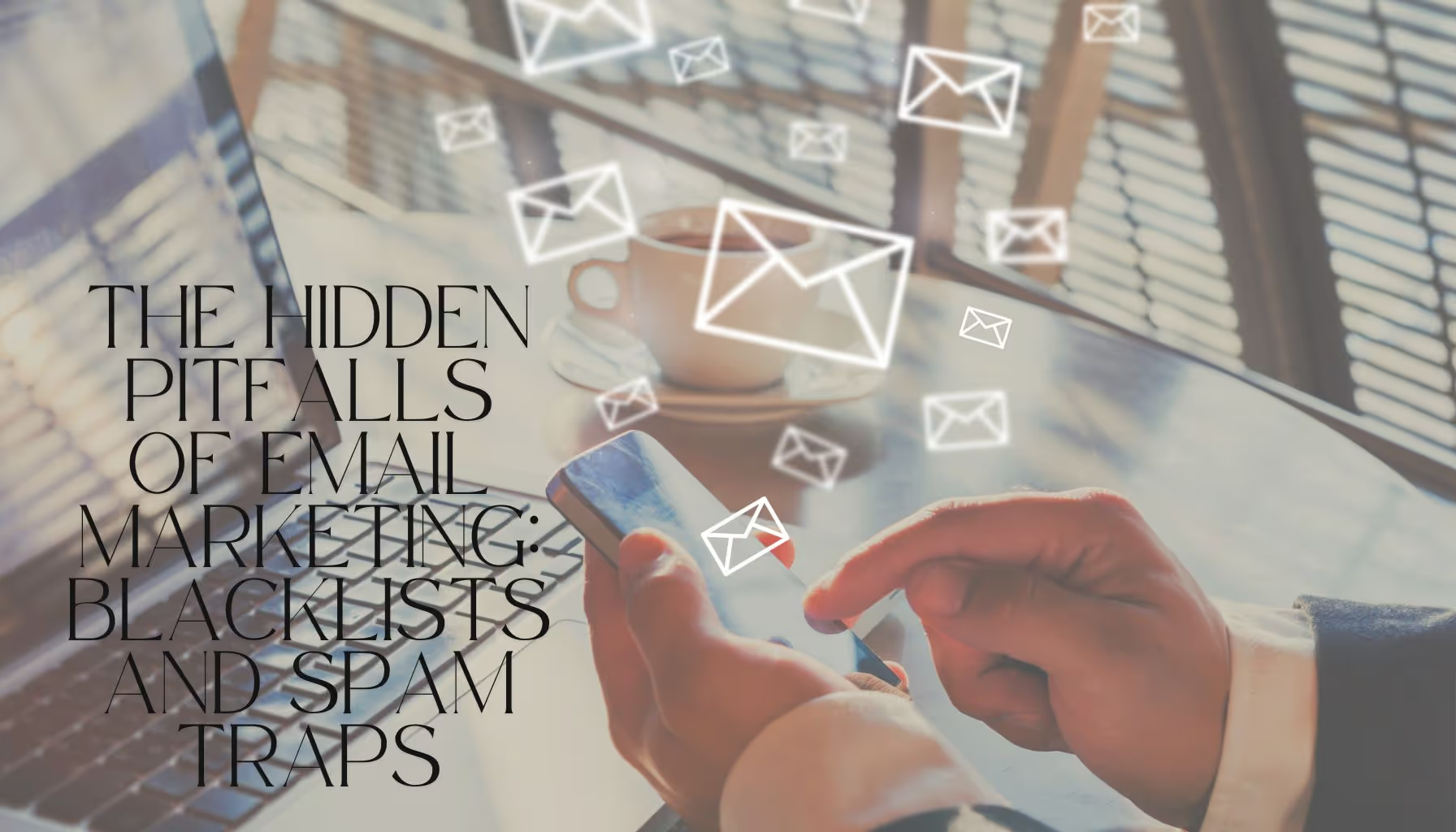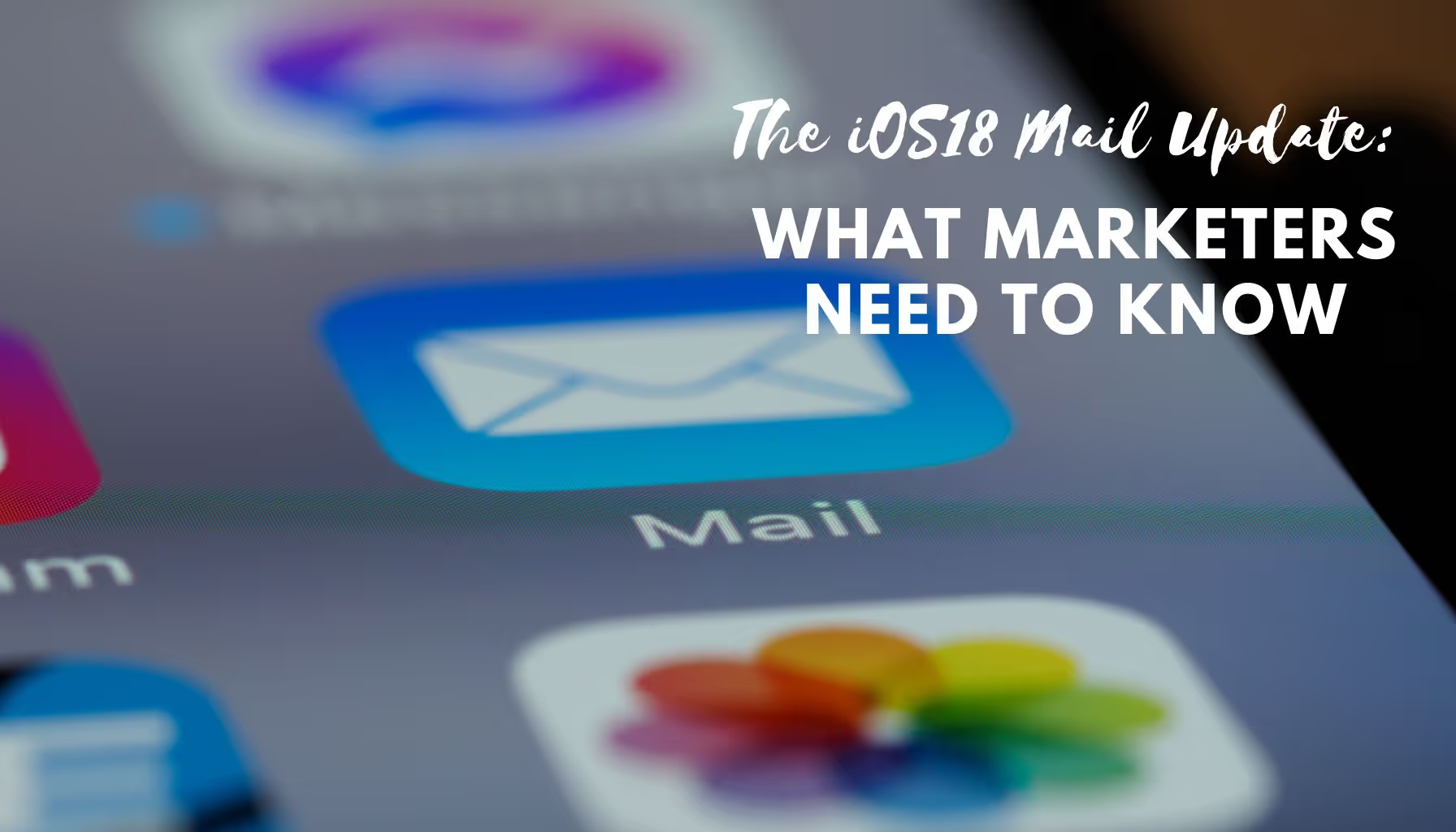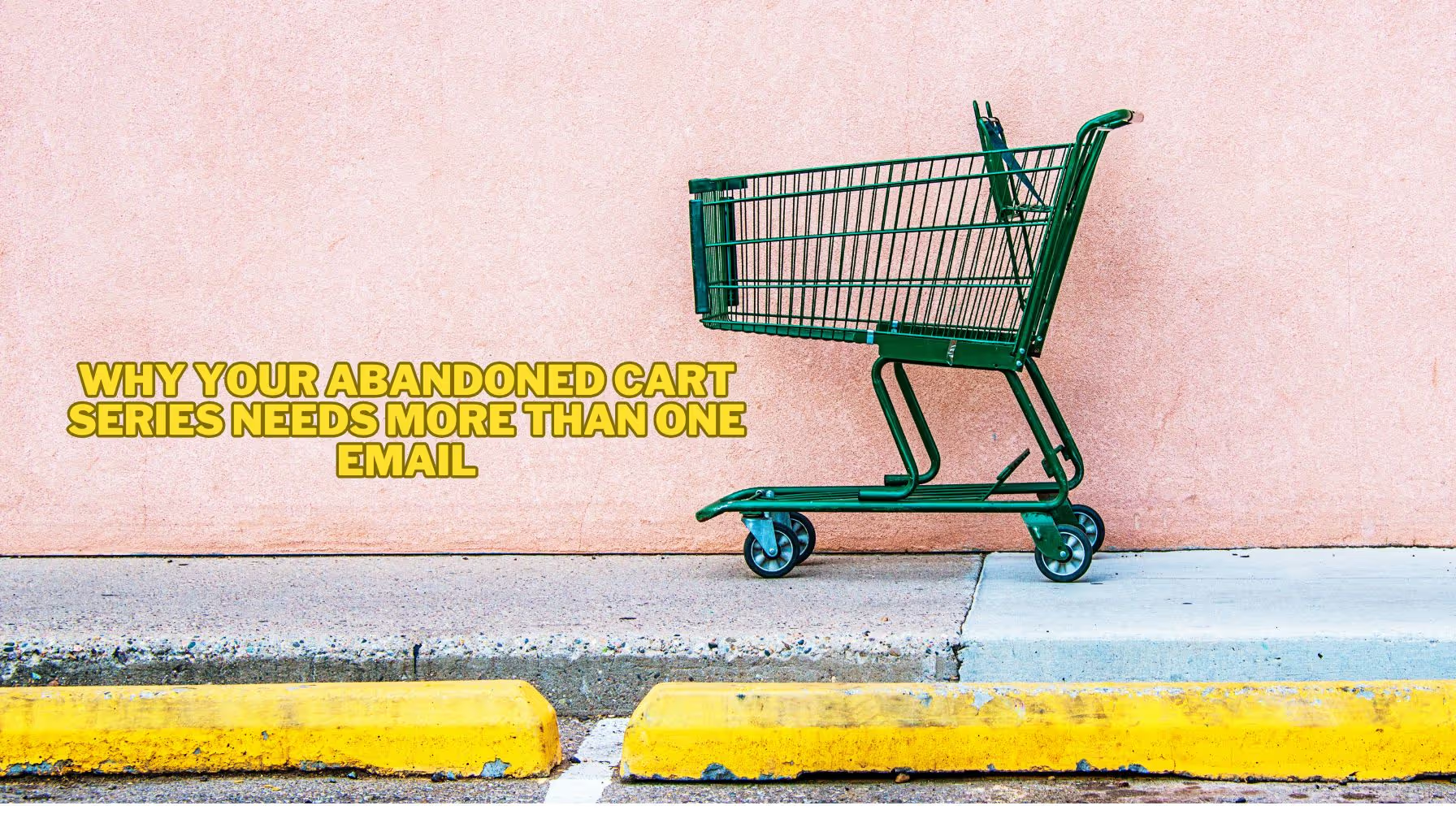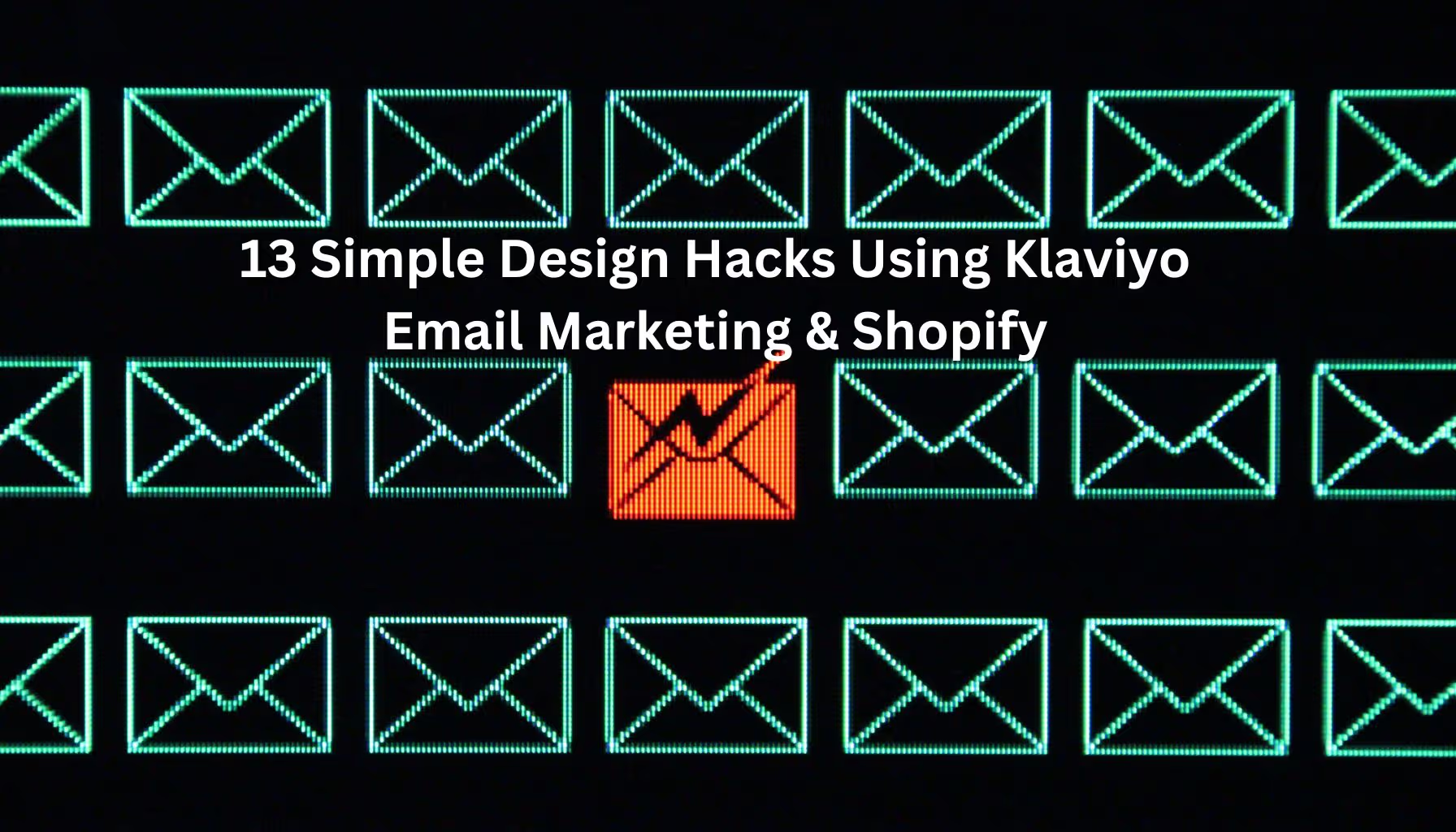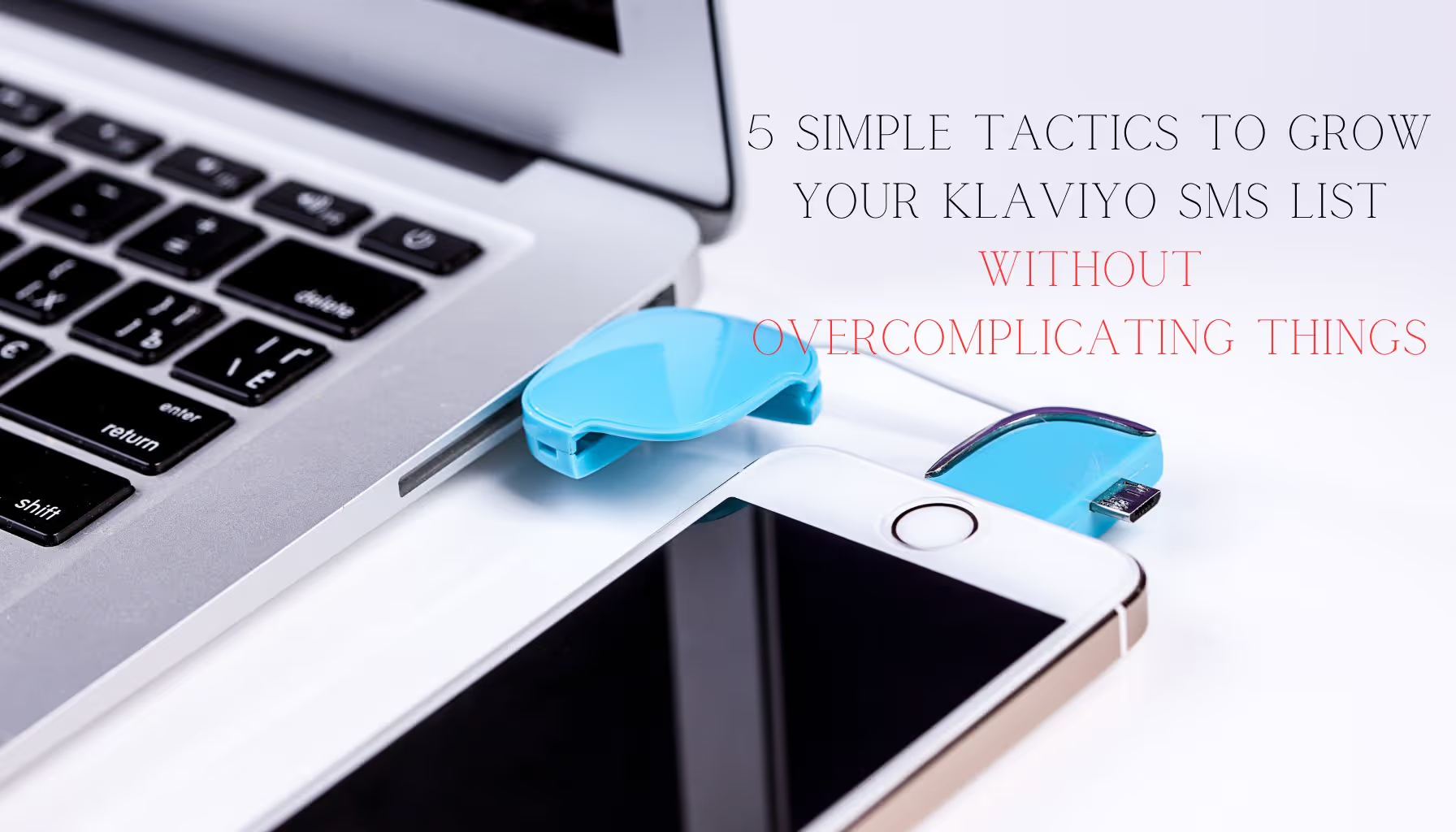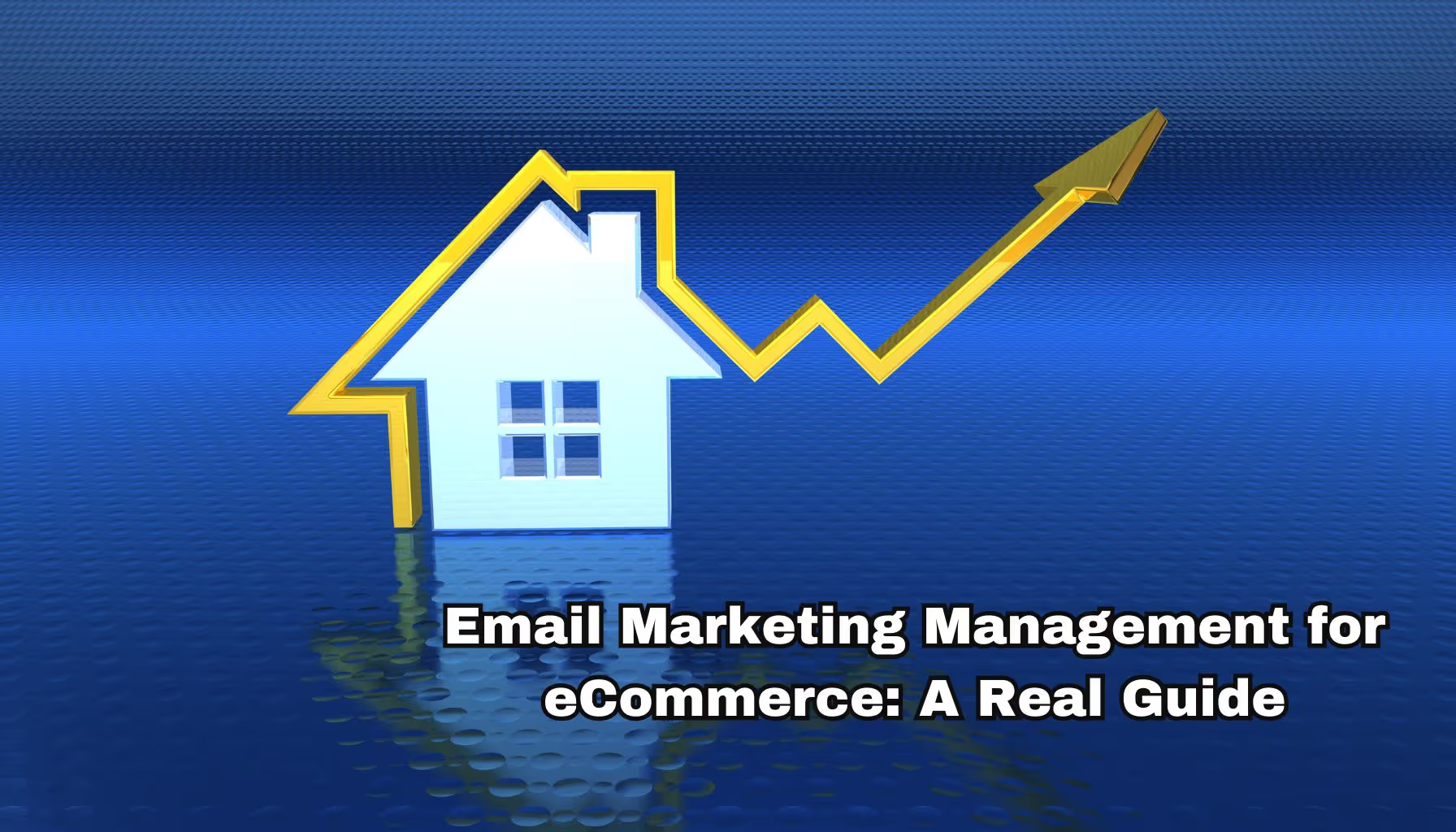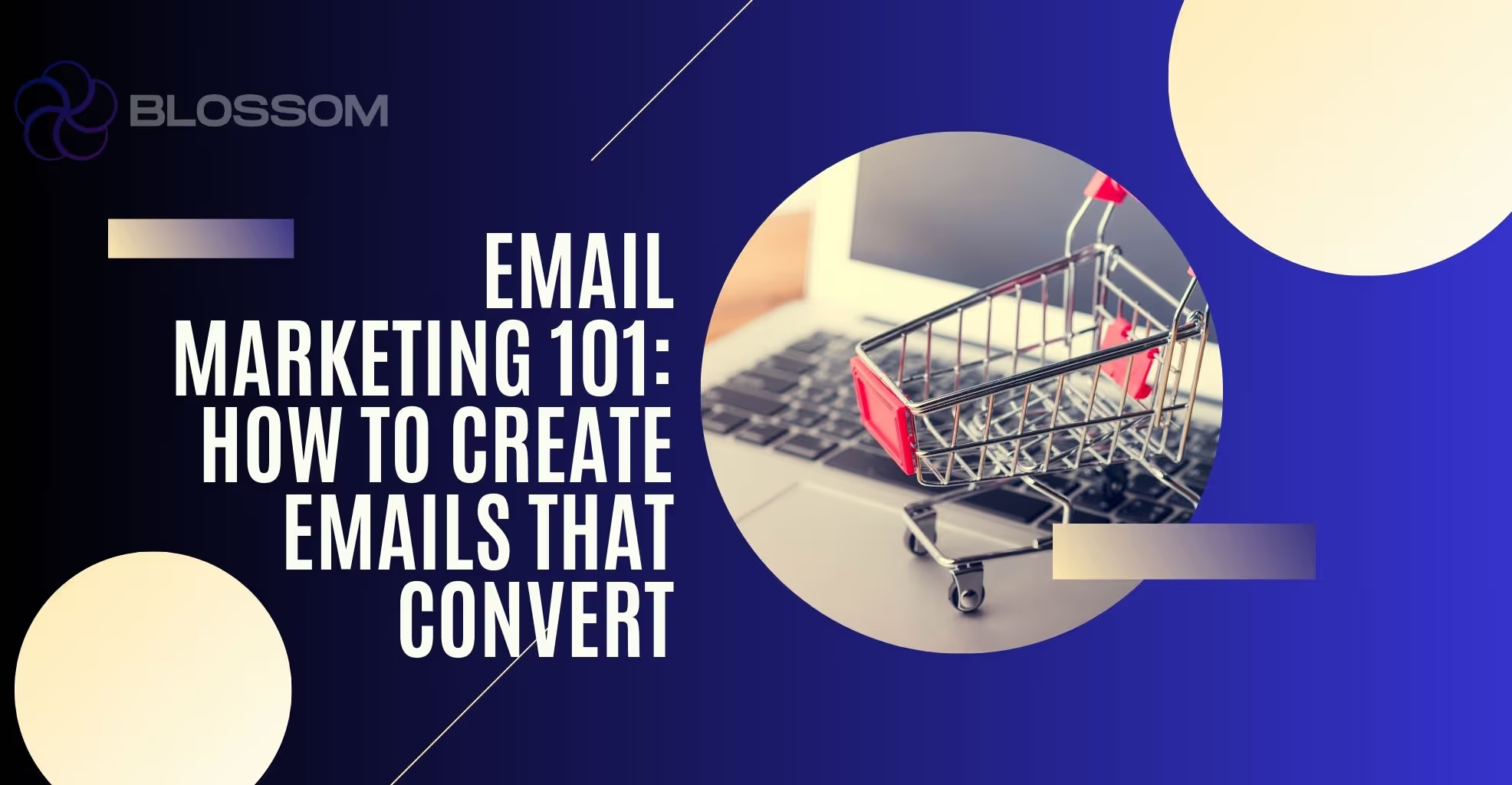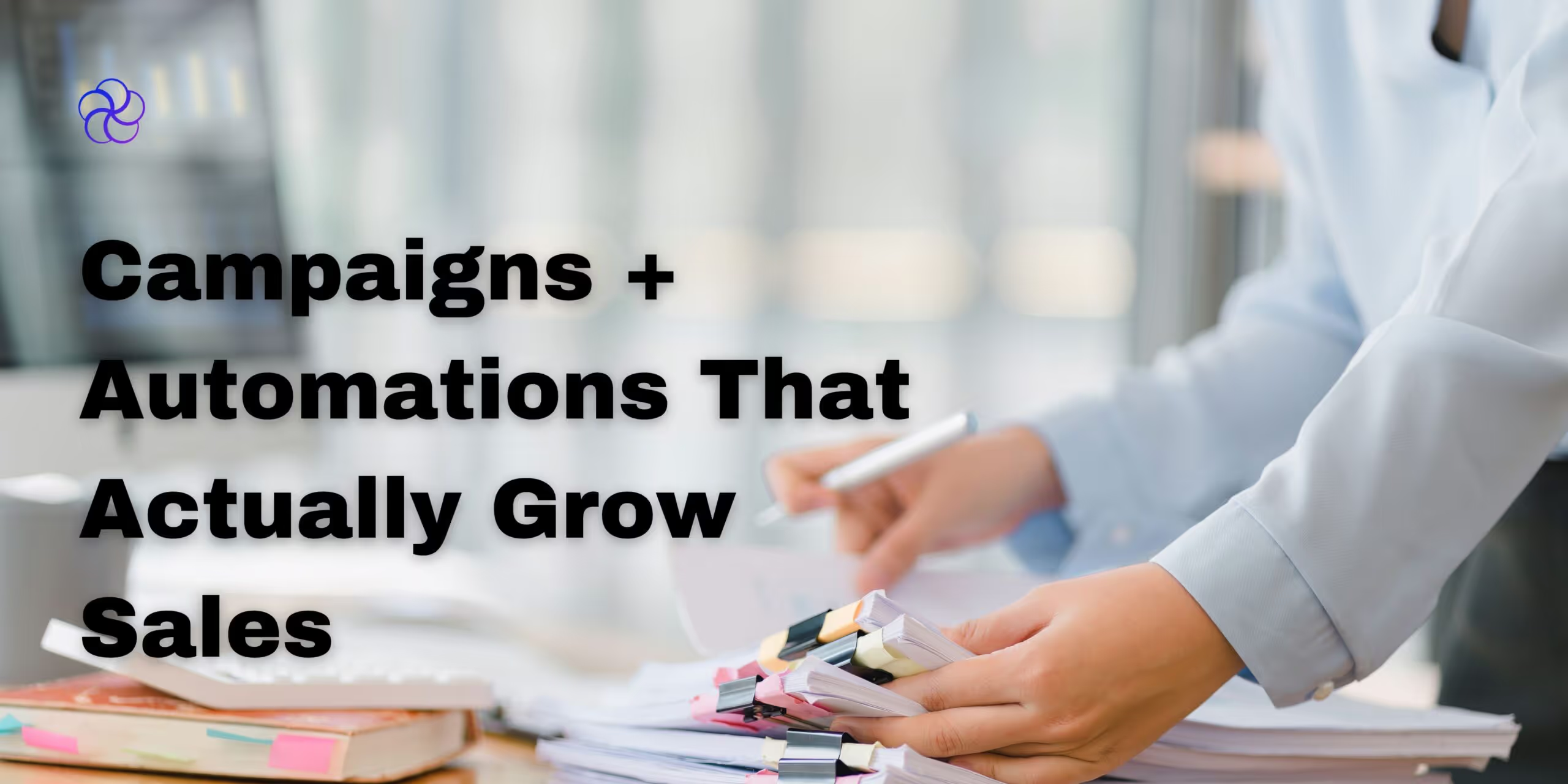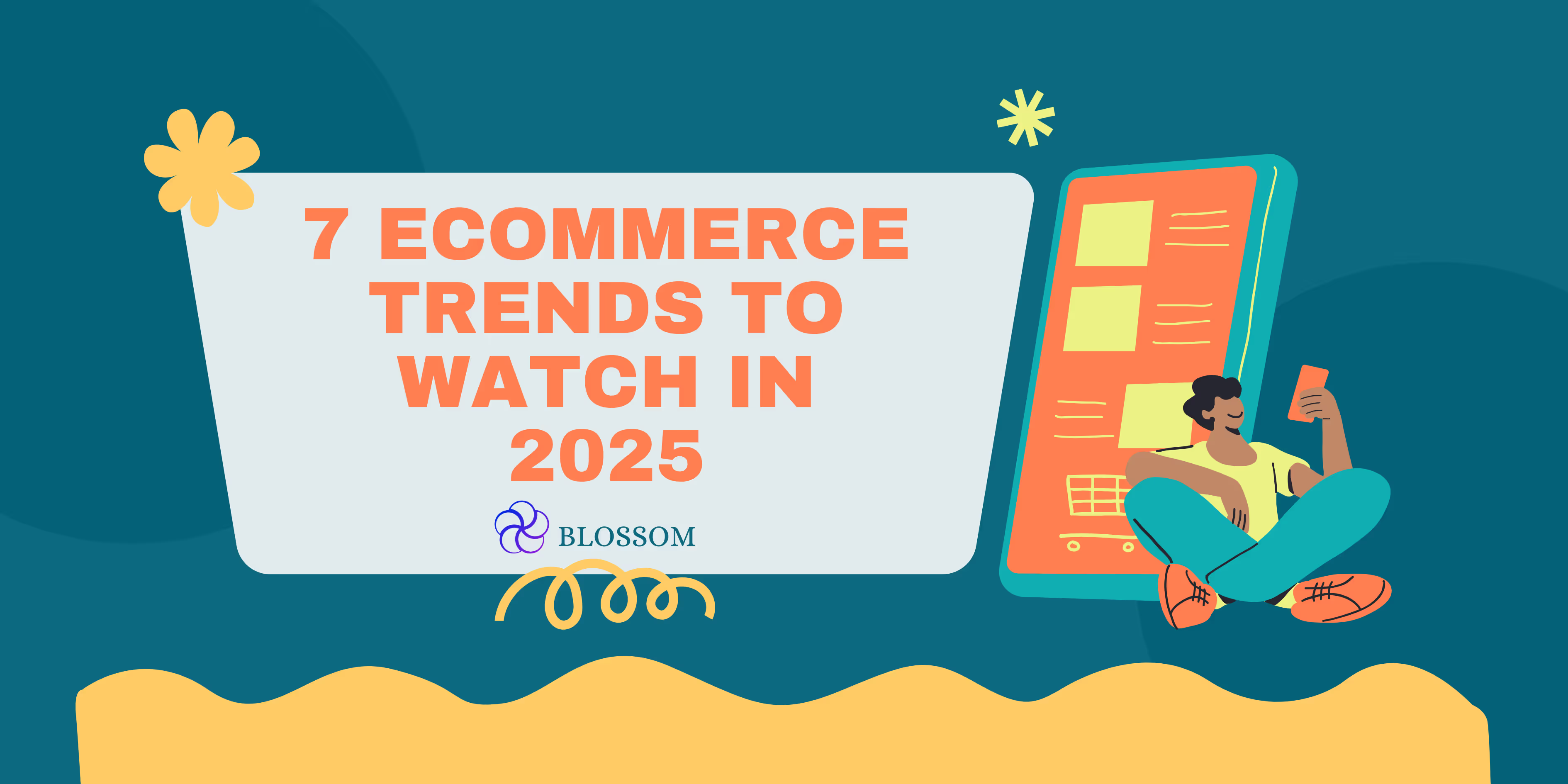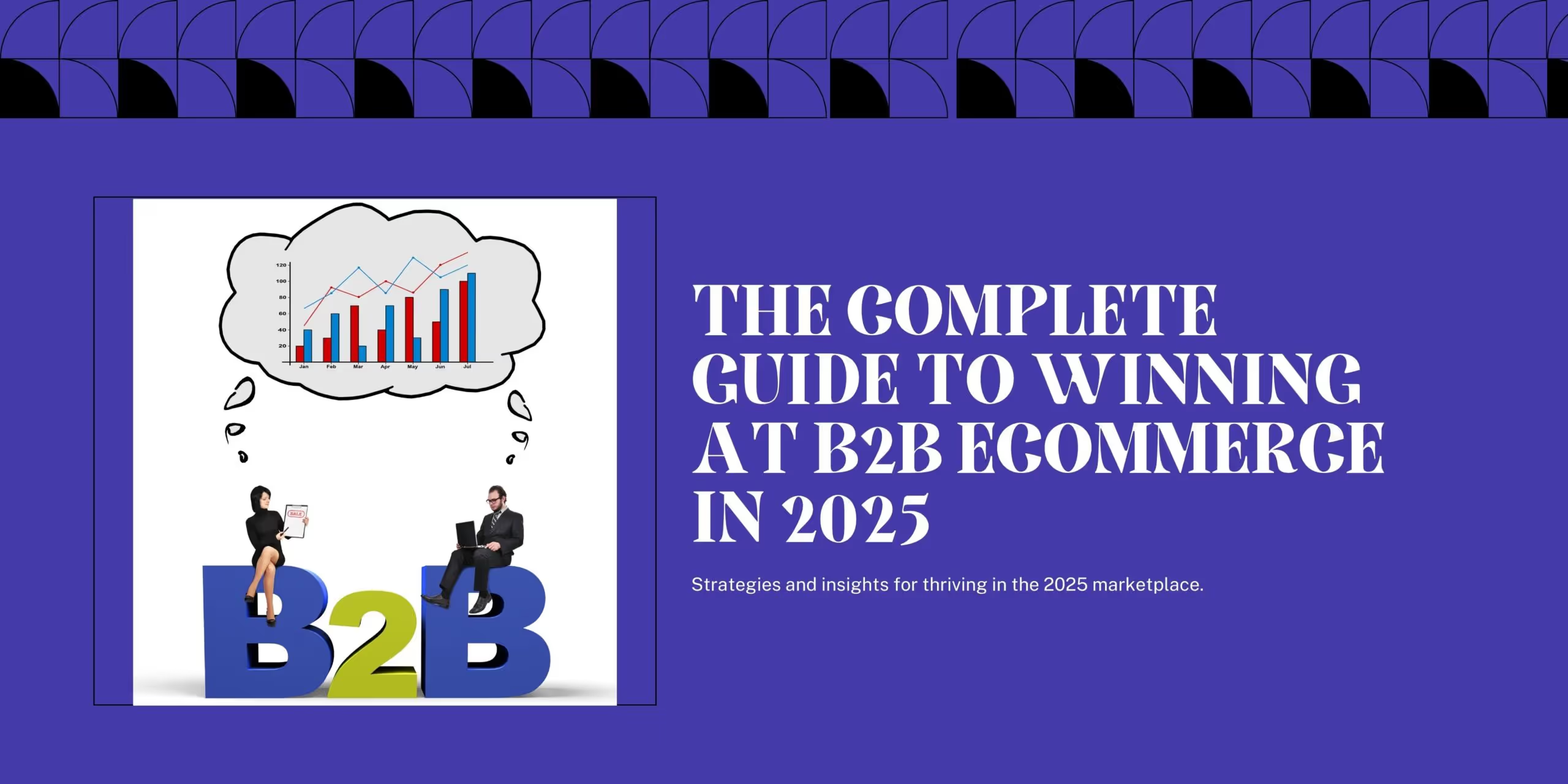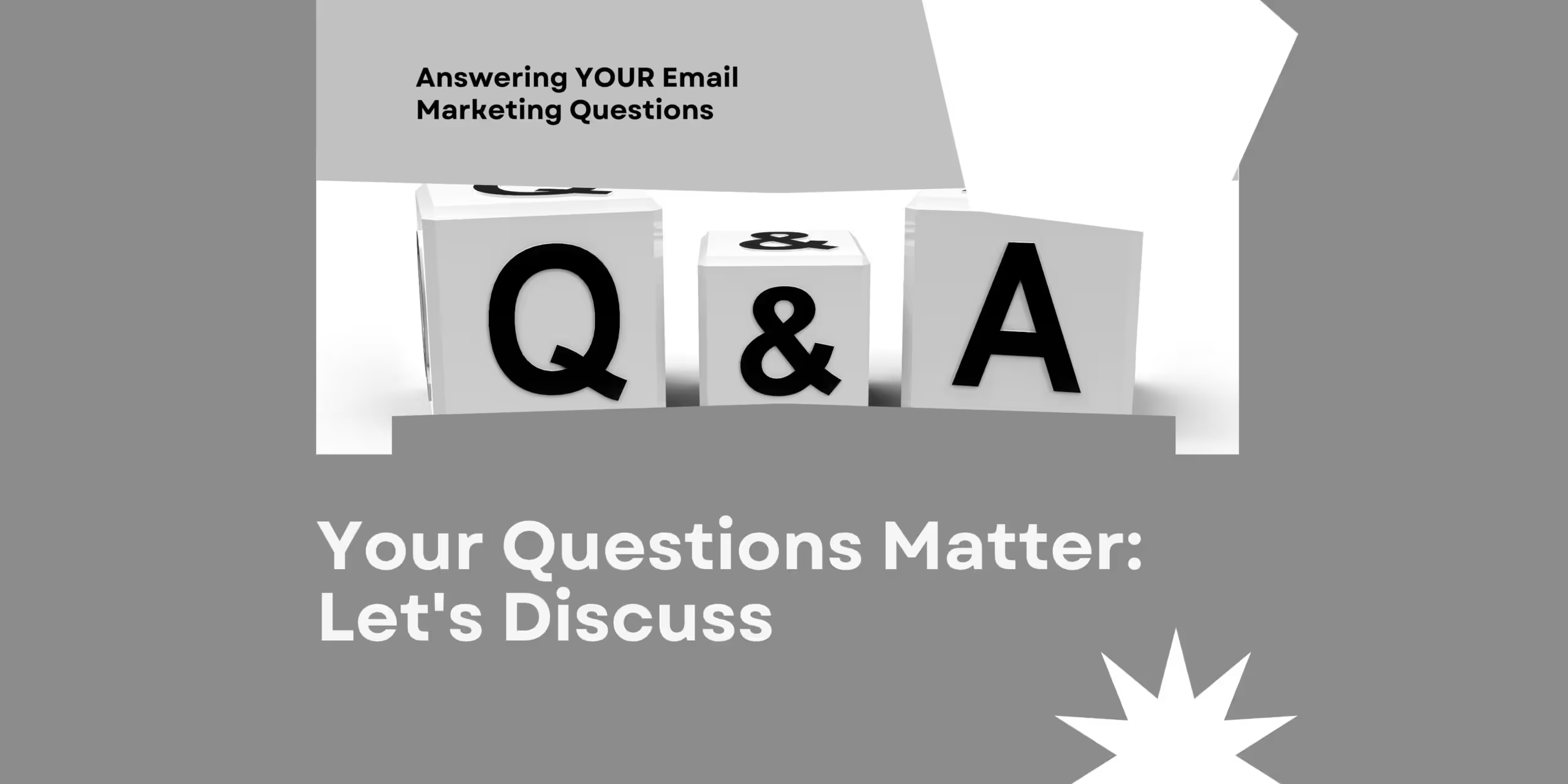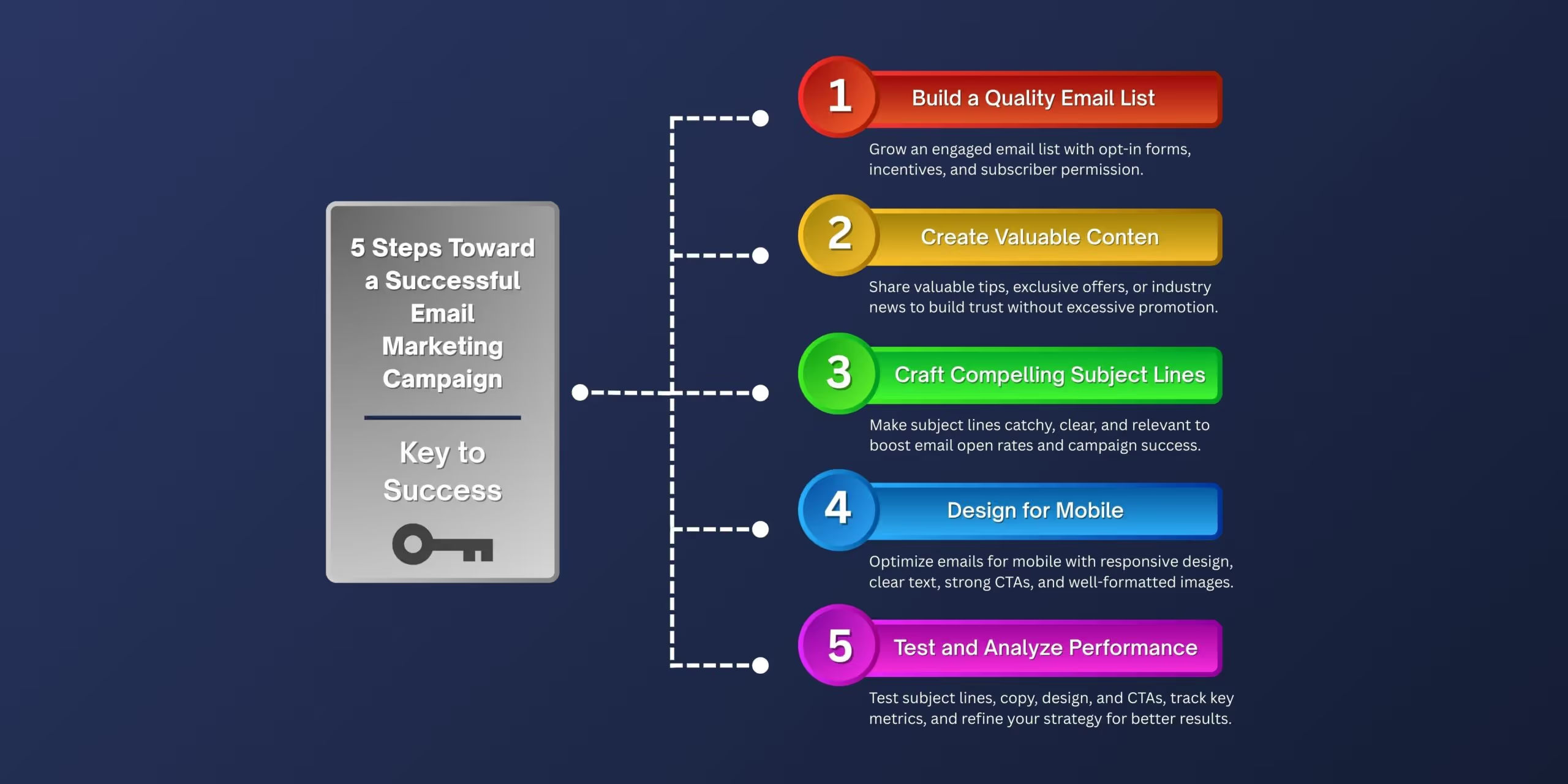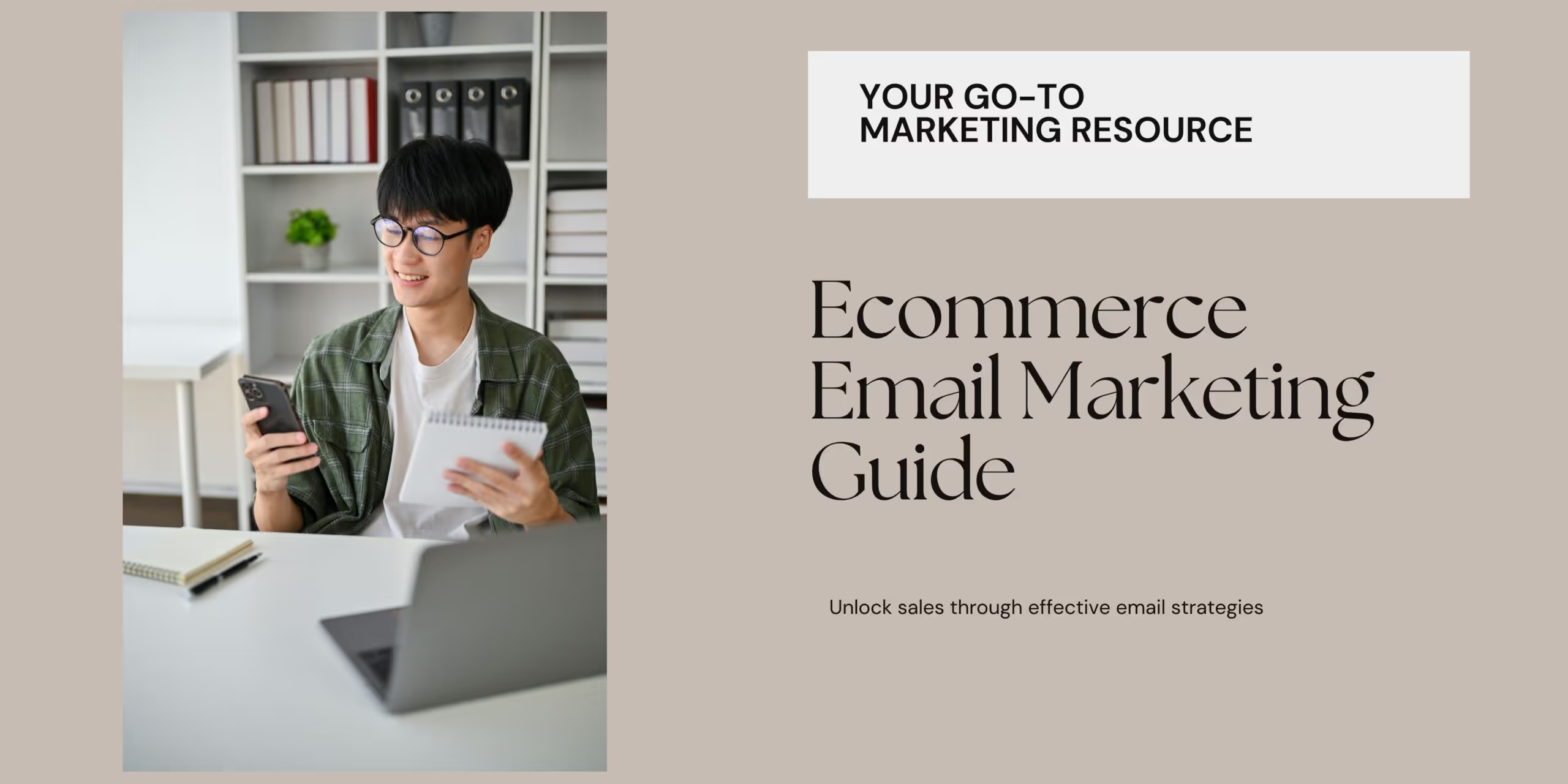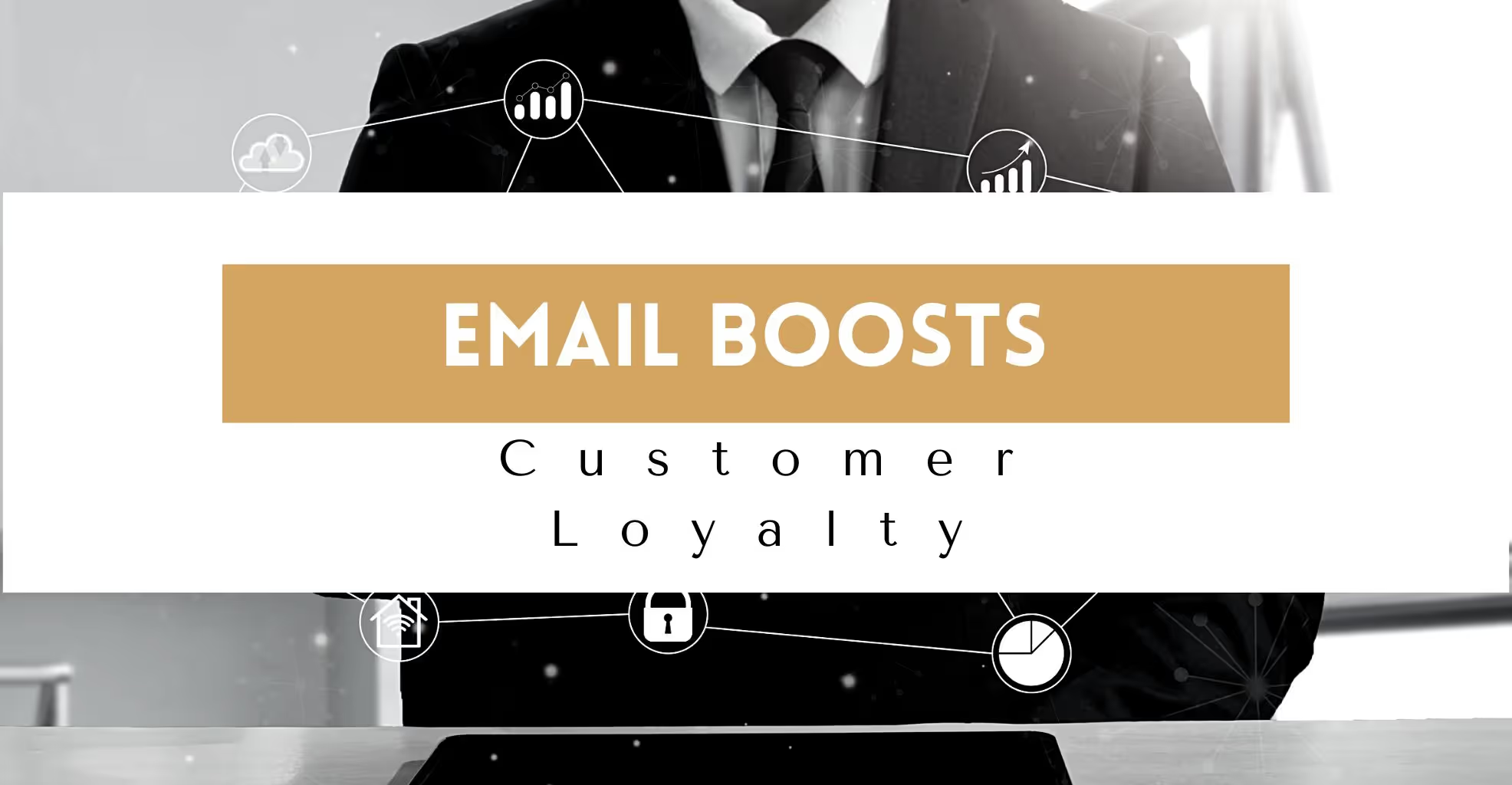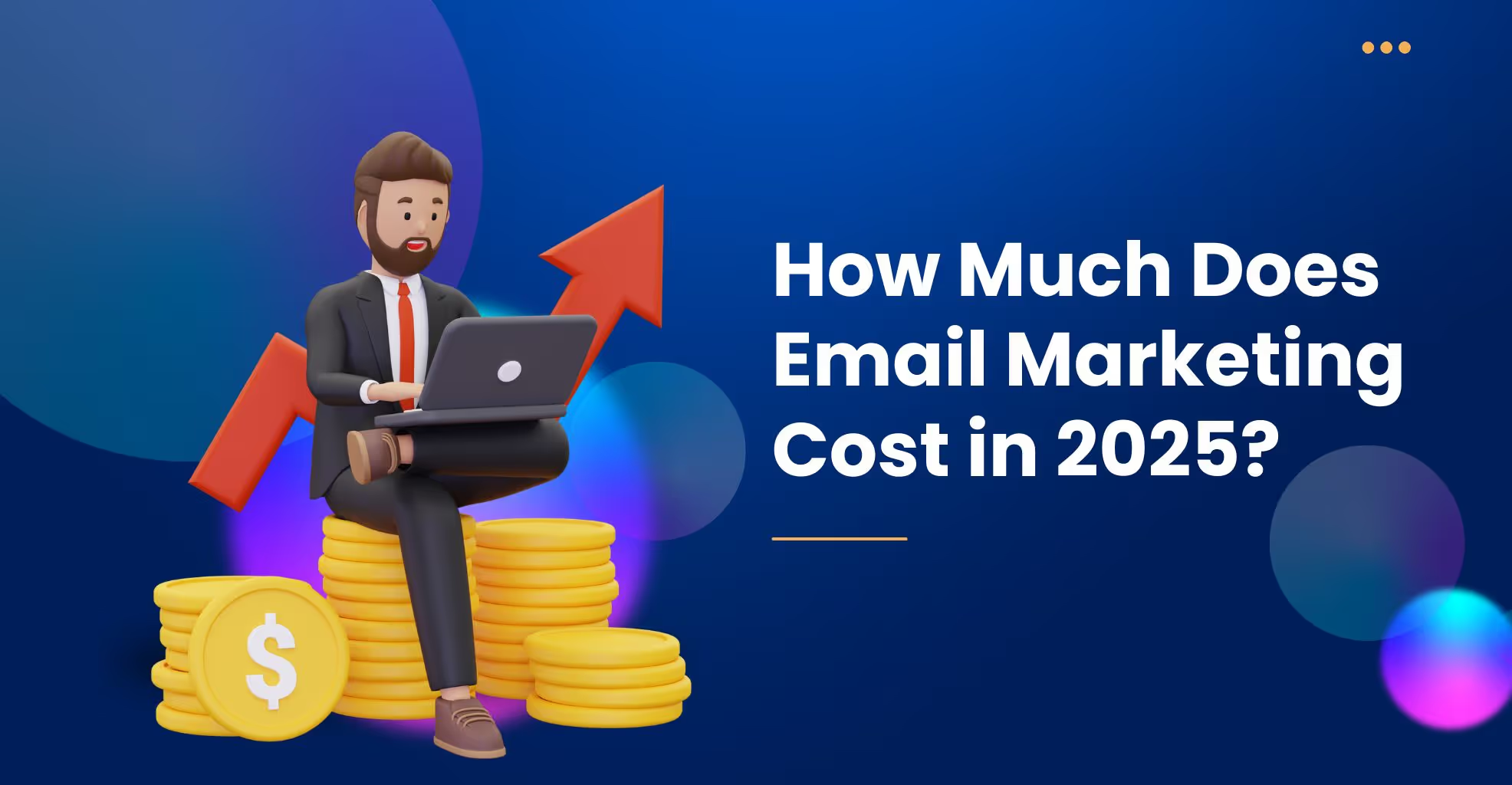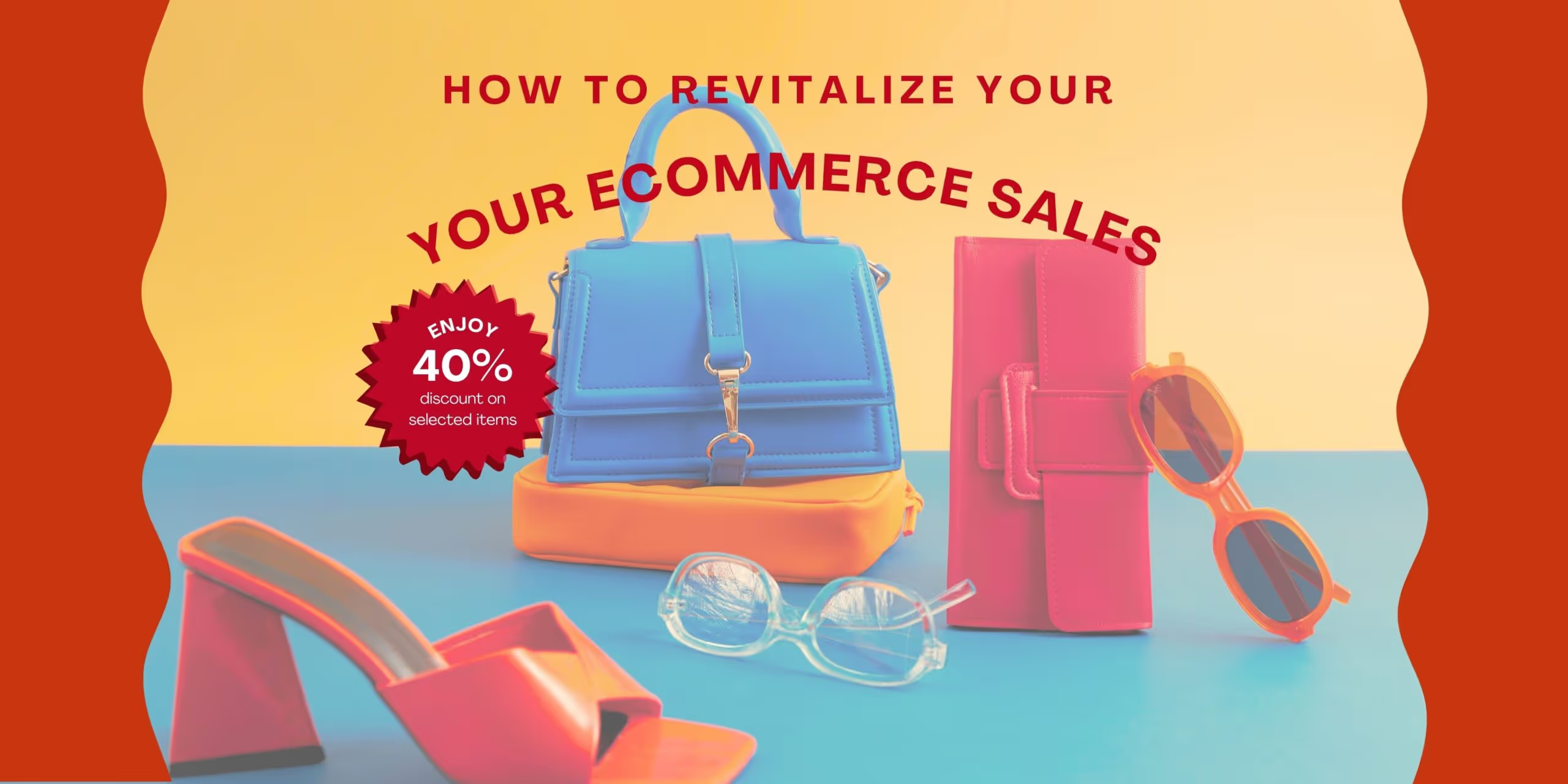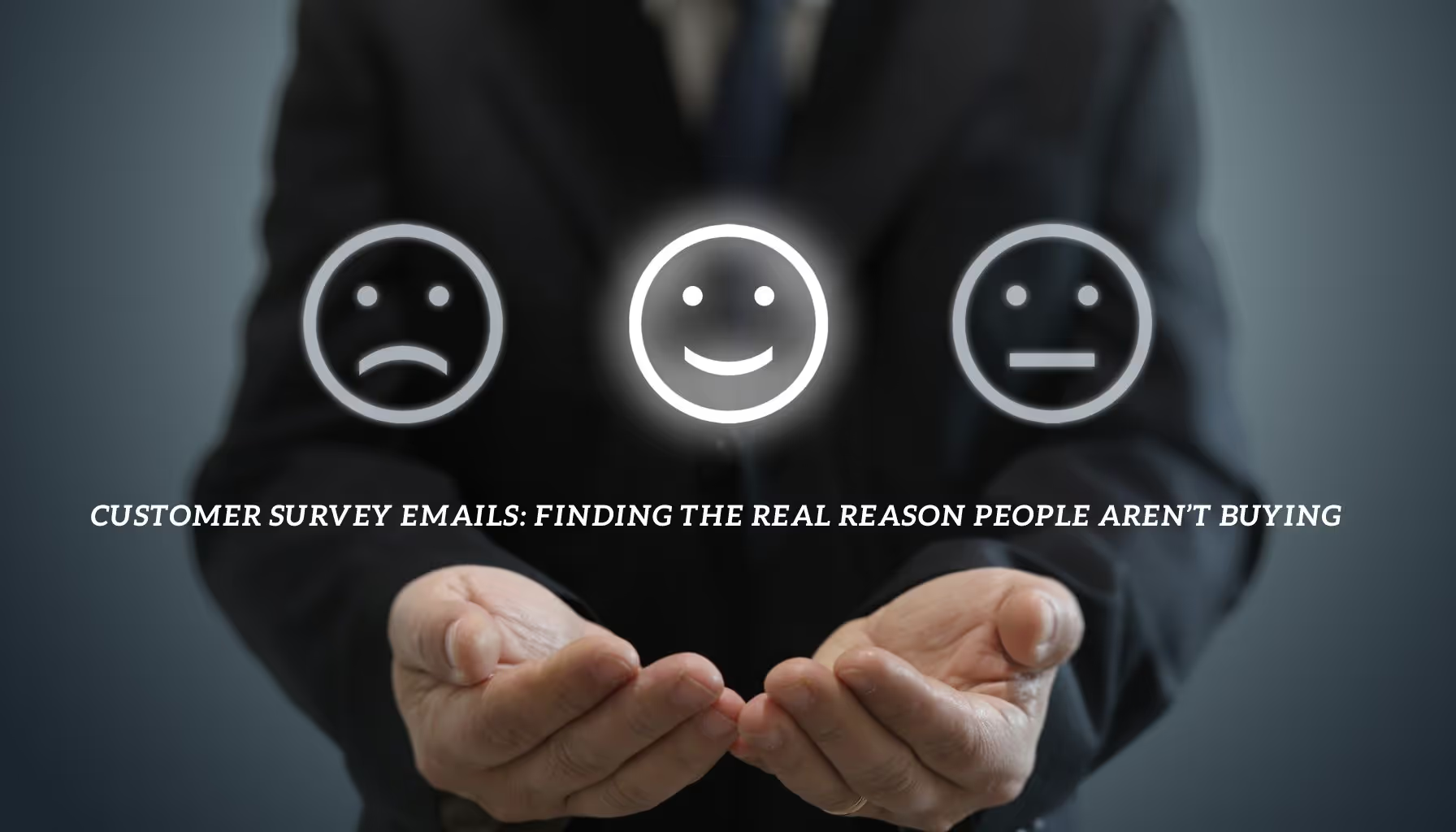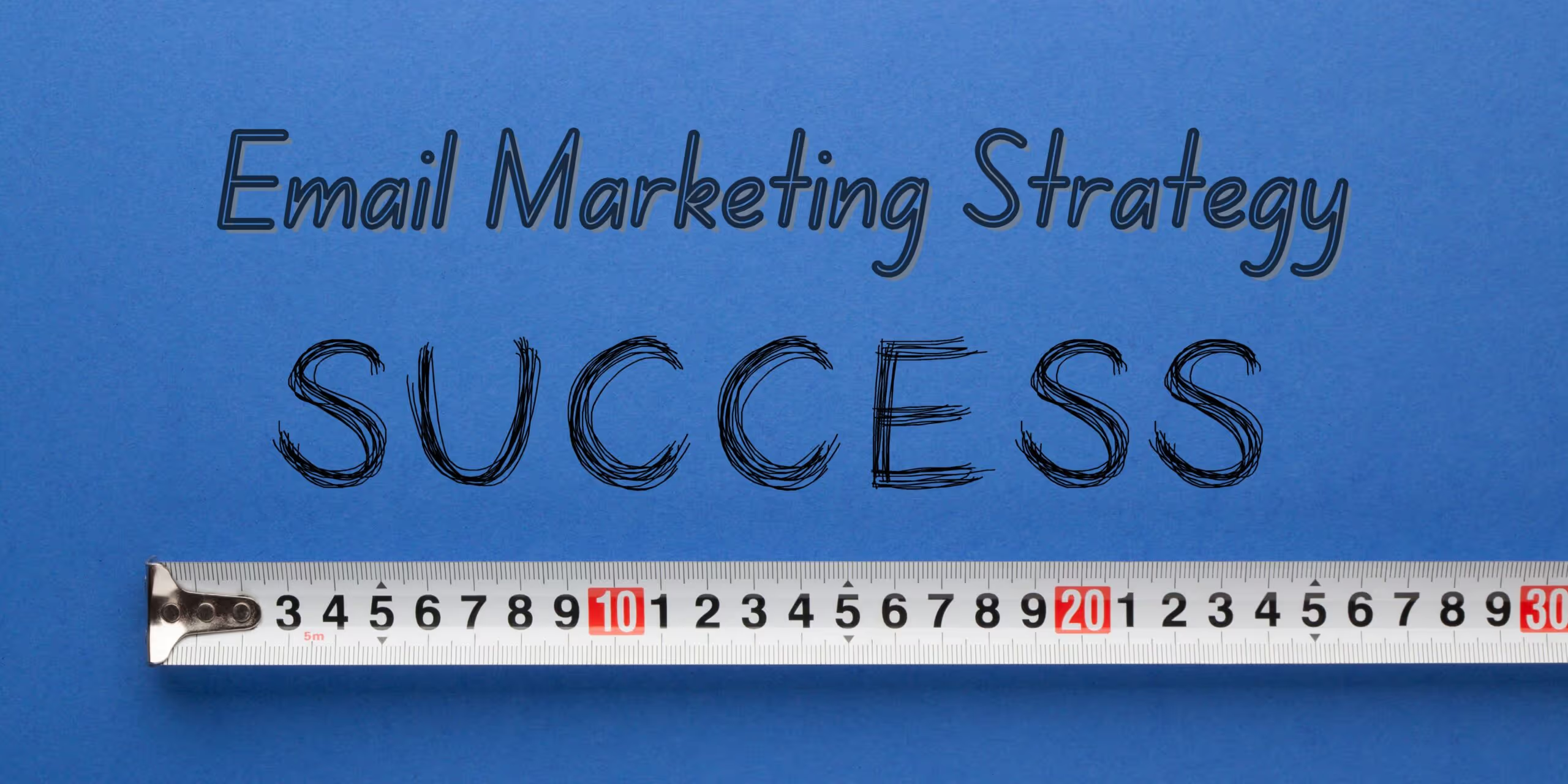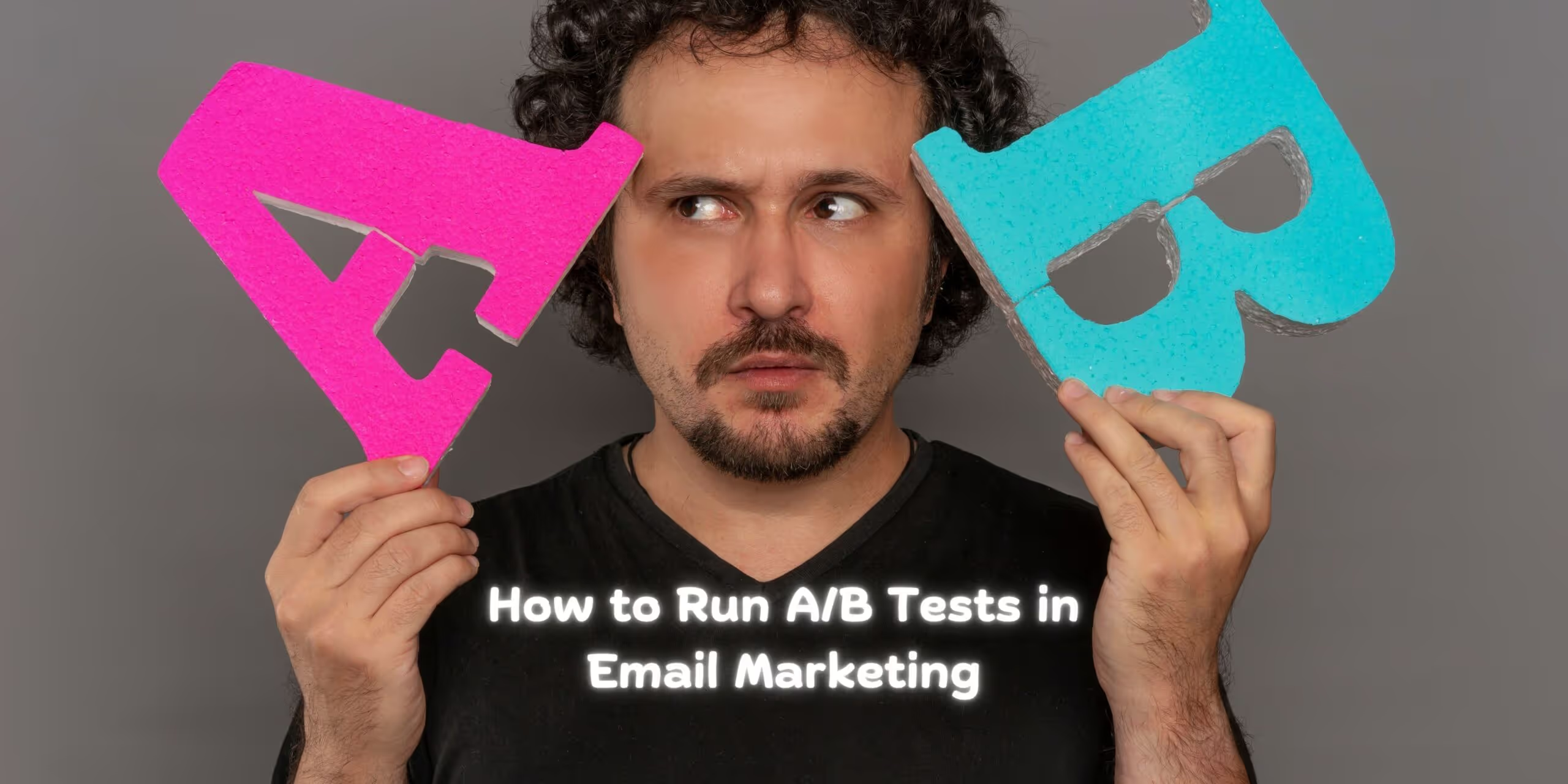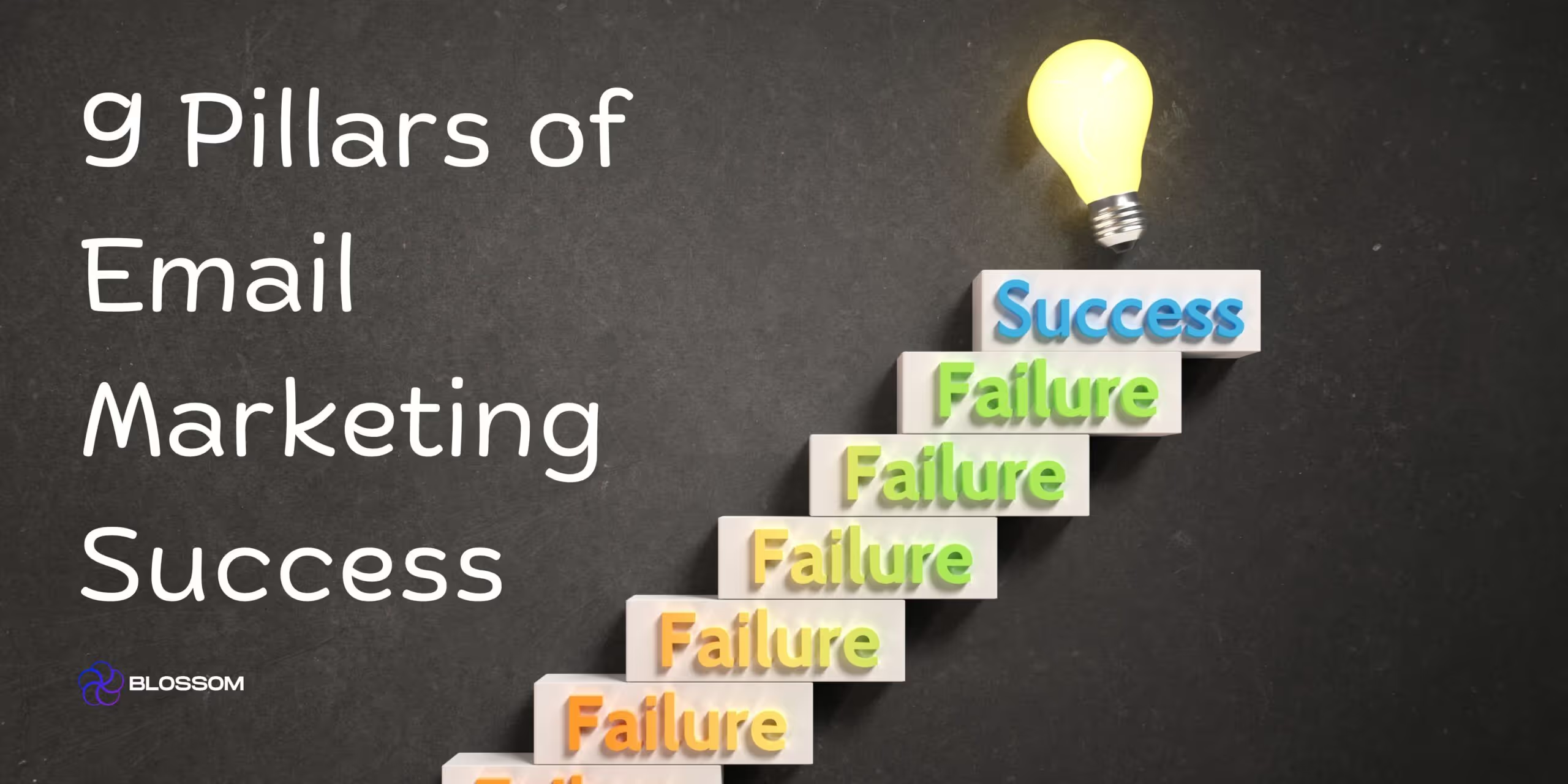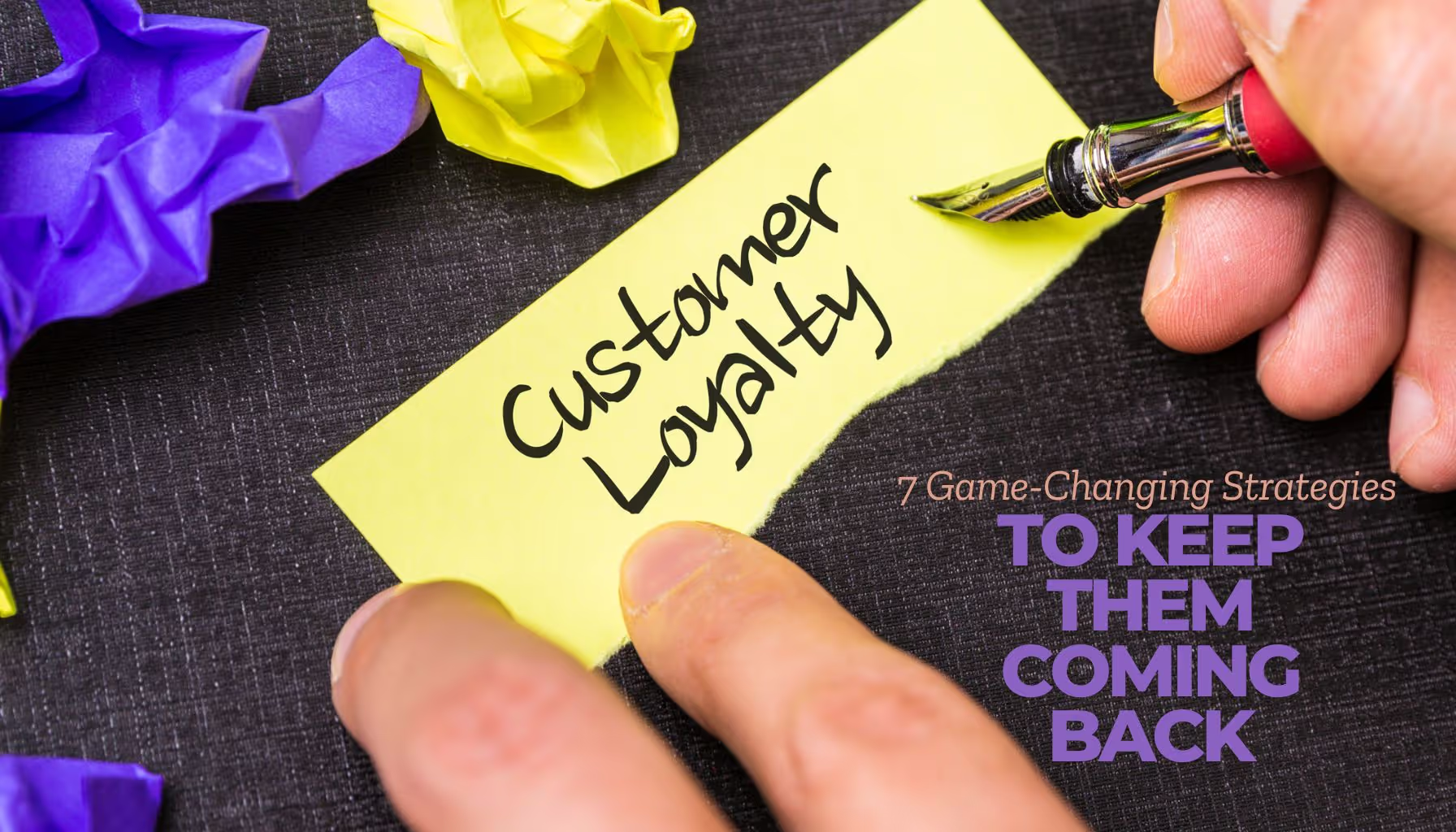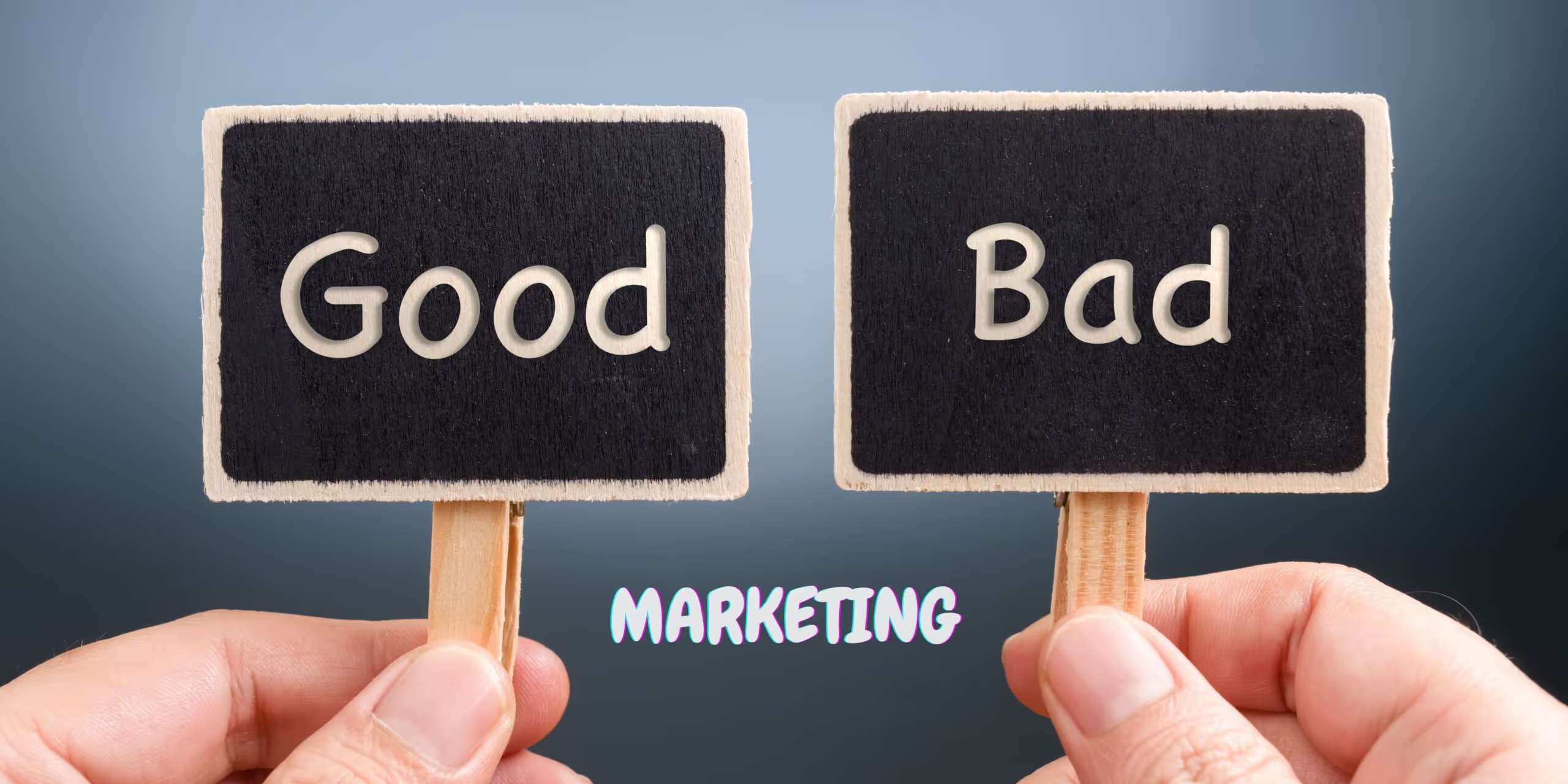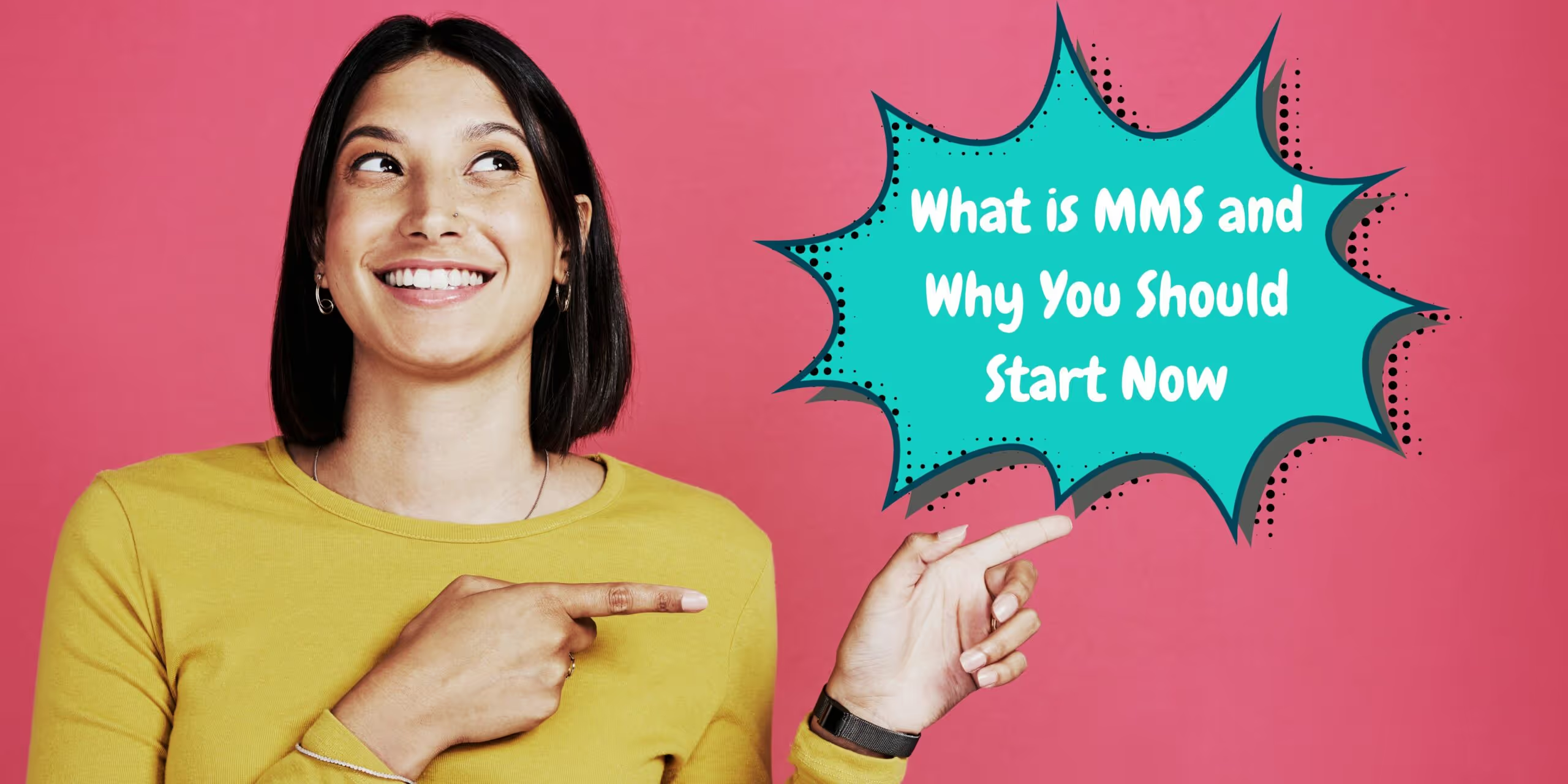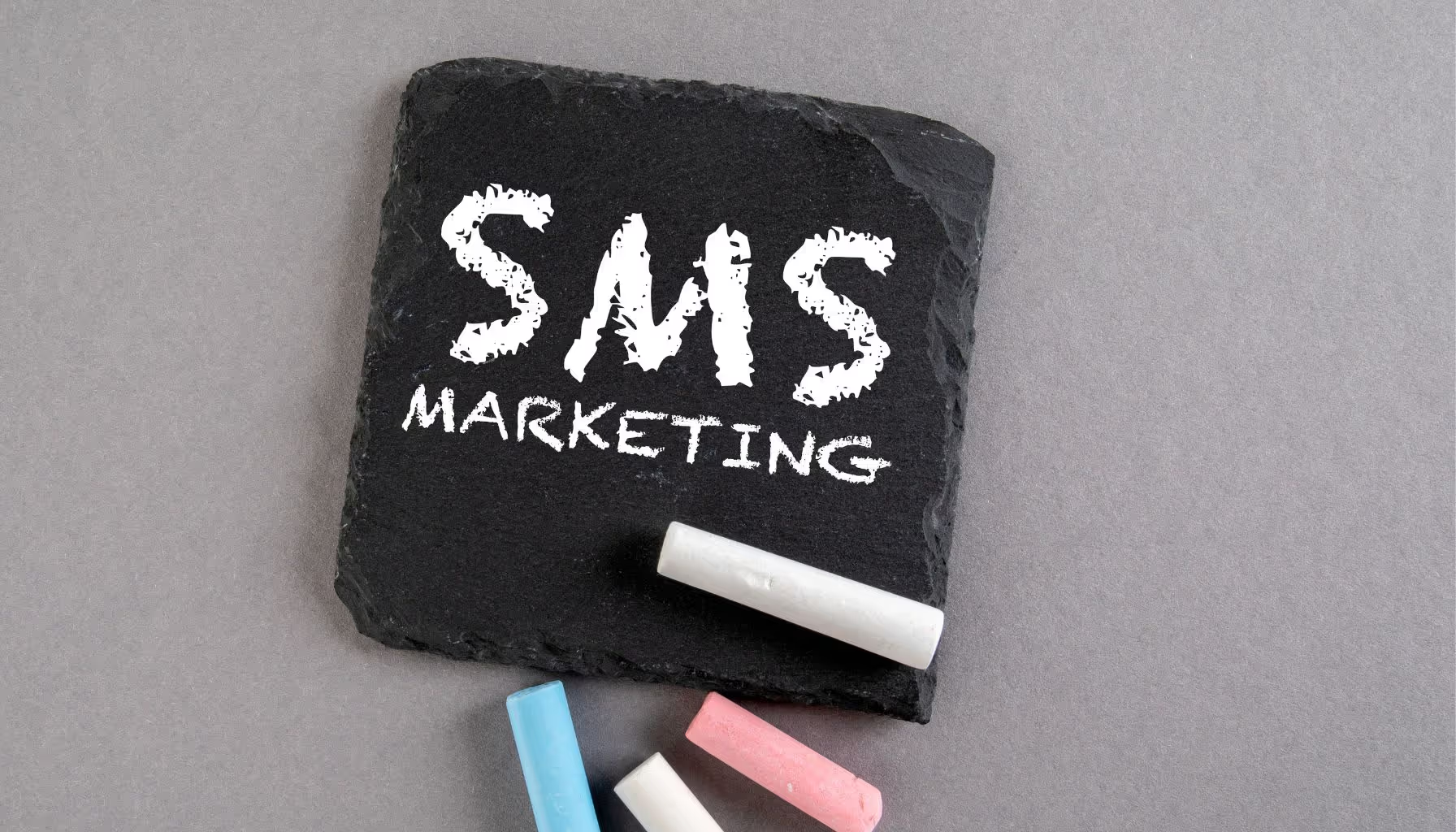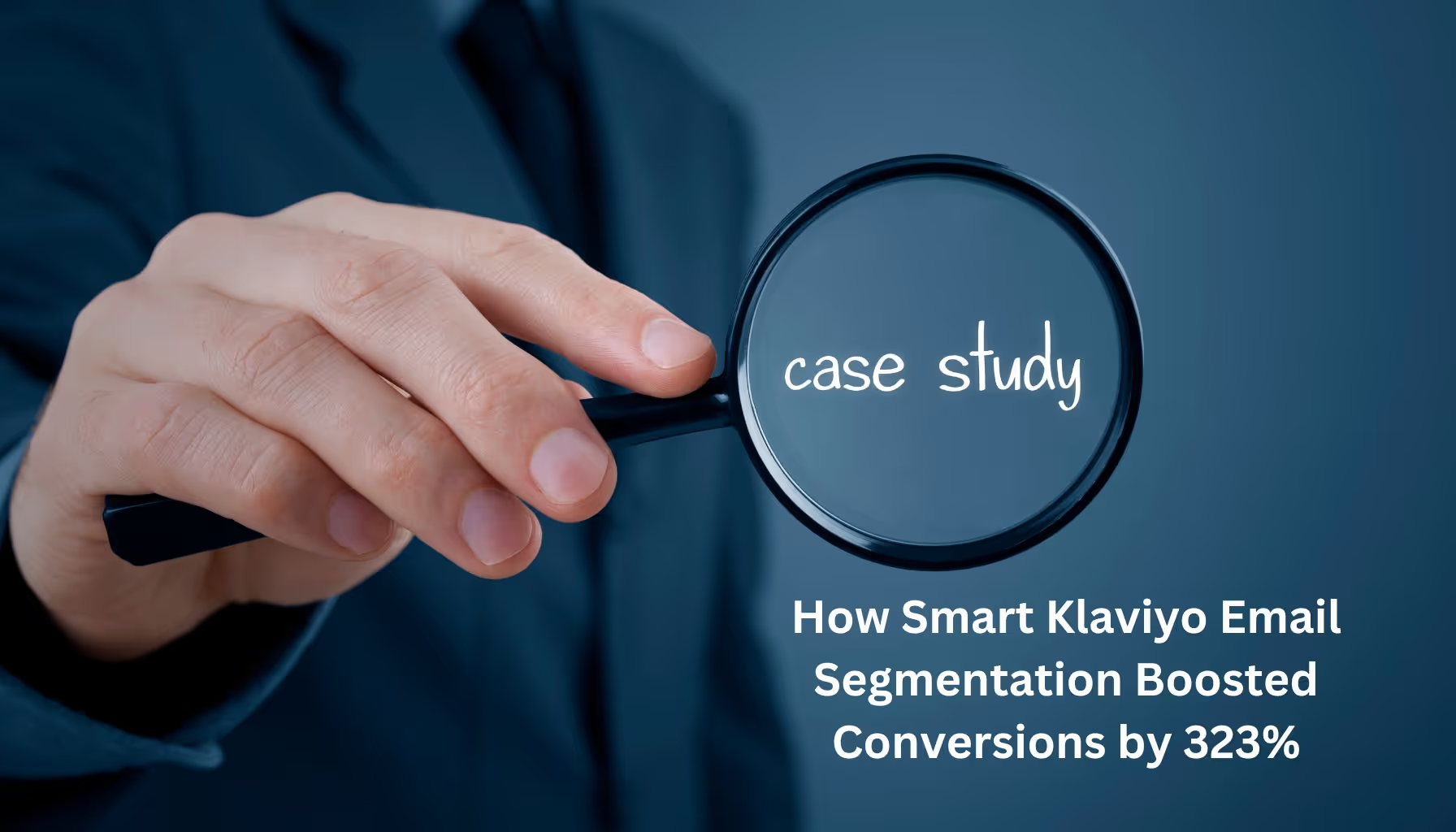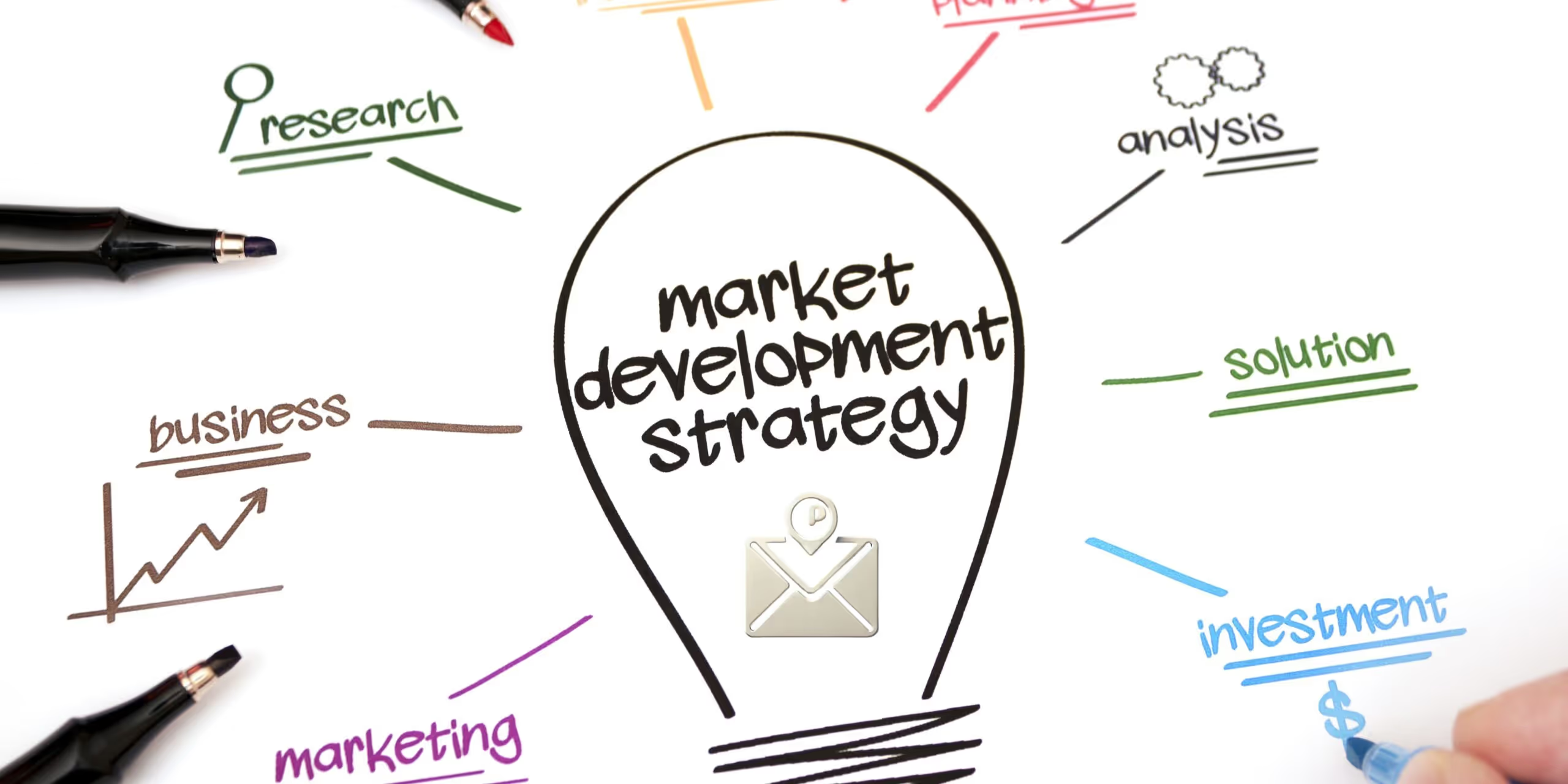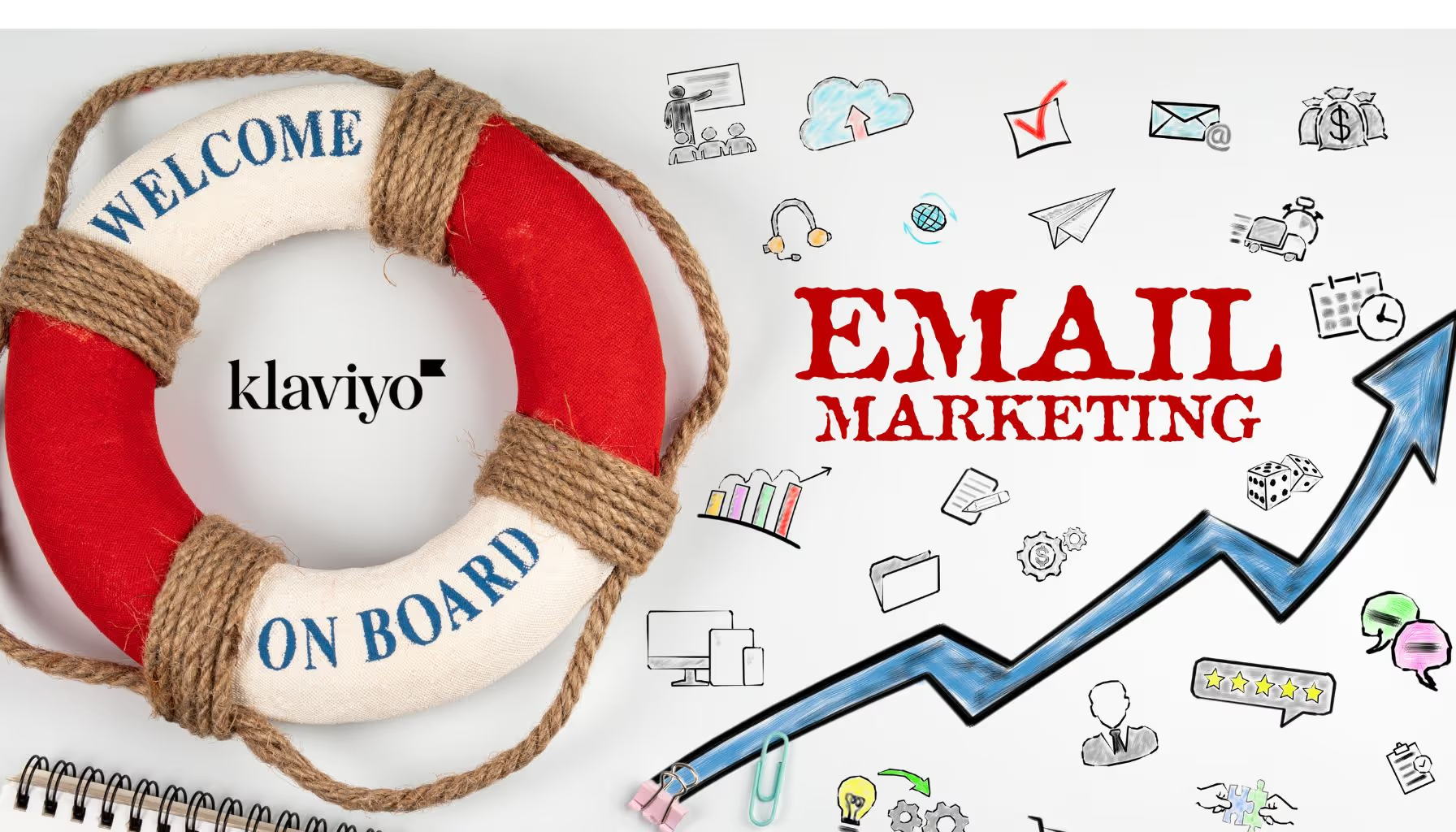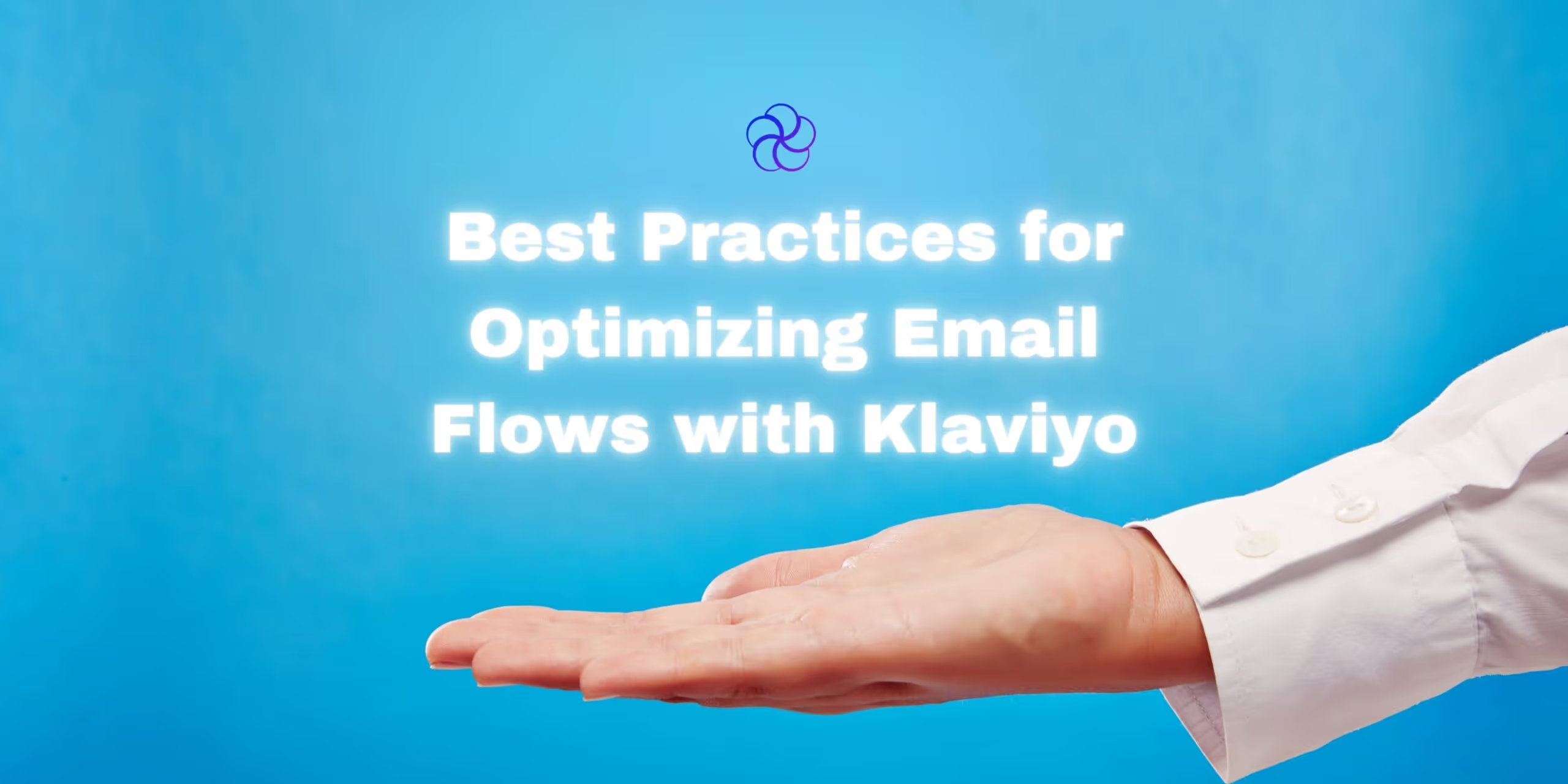Glossary
| Term | Definition |
|---|---|
| Email Flow | A series of automated emails triggered by customer behavior or actions. |
| Campaign | A one-time email sent to a specific list or segment, typically for promotions or updates. |
| AOV (Average Order Value) | The average amount spent each time a customer places an order. |
| LTV (Customer Lifetime Value) | The total revenue a business expects from a customer over their lifetime. |
| Conditional Split | A logic-based branching tool in Klaviyo that sends users different messages based on behavior or attributes. |
| Personalization | Customizing content based on user data, such as name, purchase history, or location. |
Introduction
In 2024, email marketing flows are essential for Shopify merchants. With customer acquisition costs rising and retention more valuable than ever, flows are the key to driving revenue and building long-term customer relationships. Automating these interactions ensures that your customers receive relevant, timely, and personalized communication—without requiring constant manual effort.

This guide outlines the most important email flows every Shopify brand should implement using Klaviyo and offers tactical advice on how to maximize their performance.
Why Email Flows Matter in 2025
Email flows are not simply automations—they are the core of a retention-first, data-driven strategy. While campaigns are necessary for real-time promotions and storytelling, flows allow you to scale relationship-building and revenue generation without additional effort.
| Benefit | Explanation |
|---|---|
| Boost Conversions | Automated flows catch users at high-intent moments, like after browsing or abandoning cart. |
| Improve Engagement | Personalized messages keep your brand relevant between purchases. |
| Save Time | Once built, flows continue working in the background. |
| Increase Retention | Post-purchase and loyalty flows keep customers coming back. |
Email Flows vs Campaigns: What’s the Difference?
| Criteria | Email Flows | Campaigns |
|---|---|---|
| Triggered By | User behavior (e.g., abandoned cart) | Manually scheduled by marketer |
| Frequency | Ongoing, automated | One-time sends |
| Personalization | High (based on real actions) | Medium (based on segmentation) |
| Purpose | Lifecycle communication | Promotions, sales, announcements |
Use both to build a complete strategy: campaigns for outreach, flows for lifecycle automation.
7 Essential Klaviyo Email Flows for Shopify in 2025
1. Welcome Flow
The welcome flow is your opportunity to make a strong first impression and start building trust immediately.
| Metric | Industry Benchmark |
|---|---|
| Open Rate | 60–80% |
| Click-Through Rate | 5–12% |
| Conversion Rate | 2–5% |
Structure:
- Email 1: Welcome and discount offer
- Email 2: Bestsellers or product education
- Email 3: Testimonials and brand story
- Email 4: Final reminder to redeem discount
Enhancement: Add a product quiz or user preferences form to personalize recommendations in Email 2.
2. Abandoned Cart Flow
Cart abandonment is one of the most profitable flows to implement. Timely, relevant reminders can recover up to 30% of lost sales.
Best Practices:
- Email 1: Trigger 1 hour after abandonment
- Email 2: Send 24 hours later with social proof
- Email 3: Offer incentive (discount or free shipping)
Use dynamic blocks to display product images, total value, and a CTA to return to the cart.
3. Post-Purchase Flow
This flow builds long-term value and reinforces customer satisfaction.
Key Elements:
- Order confirmation with helpful content
- Product care instructions or setup guides
- Review or referral request
- Replenishment reminders for consumables
Use conditional splits to tailor messaging by product category (e.g., skincare vs apparel).
4. Browse Abandonment Flow
Remind shoppers of what caught their eye. Browse abandon flows target visitors who viewed products but didn’t add anything to their cart.
Tactics:
- Email 1: Showcase previously viewed items
- Email 2: Recommend similar or trending items
- Use a clear CTA to return directly to the product page
Exclude customers who recently made a purchase or received another flow email.
5. Winback Flow
Designed to re-engage inactive subscribers or past customers, this flow is critical for list hygiene and reactivation.
Trigger: 60–90 days of inactivity
Sequence:
- Email 1: “We miss you” with recent highlights
- Email 2: Personal discount or incentive
- Email 3: Showcase new arrivals or popular products
- Email 4: Last-chance message before suppression
Segment winback flows by purchase value to tailor the incentive.
6. Cross-Sell and Upsell Flow
Maximize AOV by recommending related items after a purchase.
Strategies:
- Email 1: Product tips + complementary product
- Email 2: Bundle offer or related category
- Use behavior and past order data for relevance
In Klaviyo, use dynamic product recommendations based on Shopify purchase history.
7. Loyalty and VIP Flow
Recognize and reward your best customers to improve retention and build advocacy.
Ideas for Loyalty Emails:
- Birthday offers or anniversary milestones
- Early access to product drops
- Points status updates
- Surprise rewards based on VIP tier
Integrate with loyalty platforms like LoyaltyLion to add real-time points and reward updates.
Additional Flows Worth Testing
| Flow Type | Purpose |
|---|---|
| Quiz-to-Purchase | Segment and personalize based on quiz results |
| Back-in-Stock | Alert interested users when items are available again |
| Subscription Reminders | Reduce churn for replenishable products |
| Product Launch | Build anticipation and drive conversion |
Flow Performance Benchmarks (Across Industries)
| Flow Type | Open Rate | Click Rate | Conversion Rate |
|---|---|---|---|
| Welcome | 60–80% | 5–12% | 2–5% |
| Abandoned Cart | 50–60% | 6–10% | 3–6% |
| Post-Purchase | 55–70% | 4–8% | 1–3% |
| Browse Abandon | 45–60% | 5–7% | 1–2% |
| Winback | 30–45% | 3–5% | 0.5–1.5% |
Frequently Asked Questions
1. How many email flows should my Shopify store have?
Start with at least 5 core flows: Welcome, Abandoned Cart, Post-Purchase, Winback, and Browse Abandonment. Expand to Loyalty and Cross-Sell as you scale.
2. How often should I update my flows?
Review and update flows quarterly. Refresh product images, offers, subject lines, and performance benchmarks.
3. Should flows include SMS too?
Yes. Adding SMS to high-performing flows like abandoned cart or post-purchase can boost click-through and recovery rates.
4. What’s the difference between suppression and unsubscribe?
Suppression removes disengaged users from receiving emails but keeps them on the list for analytics. Unsubscribes remove them completely.
5. Can I personalize flows without a quiz?
Yes. Use behaviors like clicks, site visits, and purchase data to build segments and tailor messaging.
6. What tools should I integrate with Klaviyo for better flows?
Top tools include Octane AI (quizzes), LoyaltyLion (loyalty data), Fera or Okendo (reviews), and Rebuy (AI product recommendations).
Email flows are your retention and revenue engine. Build them right, test them often, and watch your customer lifetime value and profitability grow in 2024 and beyond.
Need help implementing this?
Let us take the hassle of managing your email marketing channel off your hands. Book a strategy call with our team today and see how we can scale your revenue, customer retention, and lifetime value with tailored strategies. Click here to get started.
Curious about how your Klaviyo is performing?
We’ll audit your account for free. Discover hidden opportunities to boost your revenue, and find out what you’re doing right and what could be done better. Click here to claim your free Klaviyo audit.
Want to see how we’ve helped brands just like yours scale?
Check out our case studies and see the impact for yourself. Click here to explore.

Read Our Other Blogs
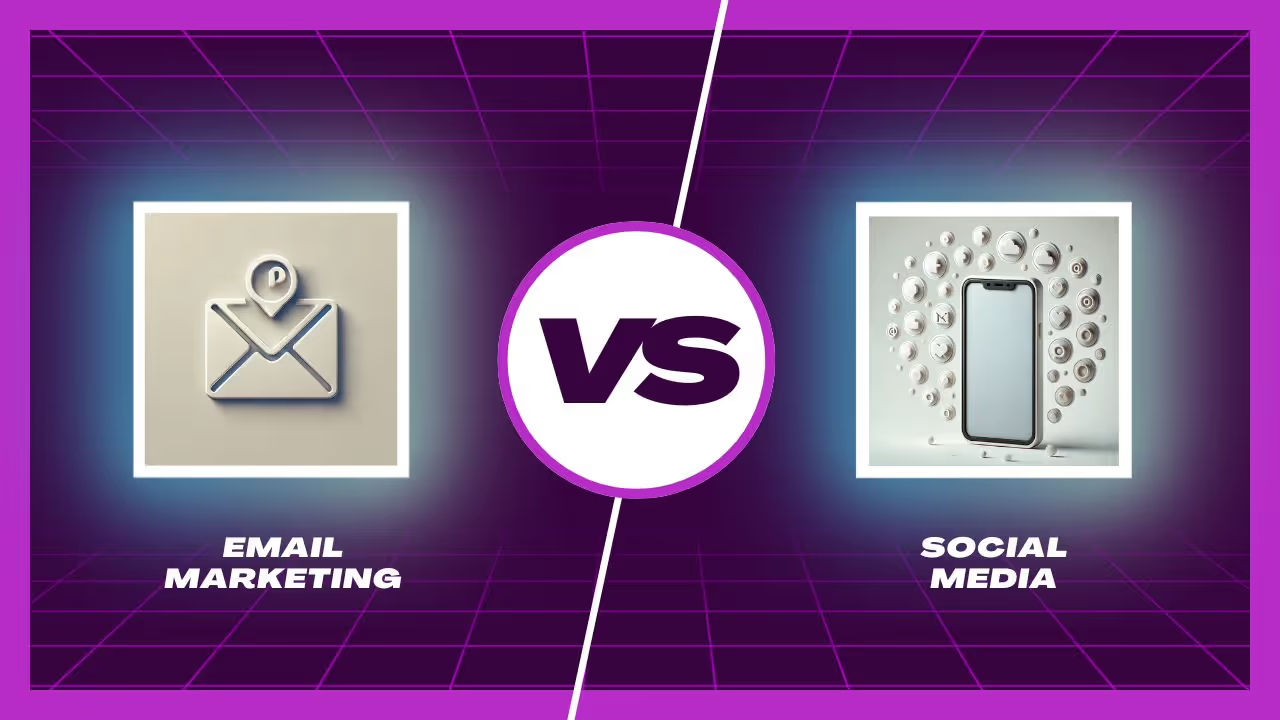
Email Marketing vs. Social Media: Which One Should Your Brand Focus On?


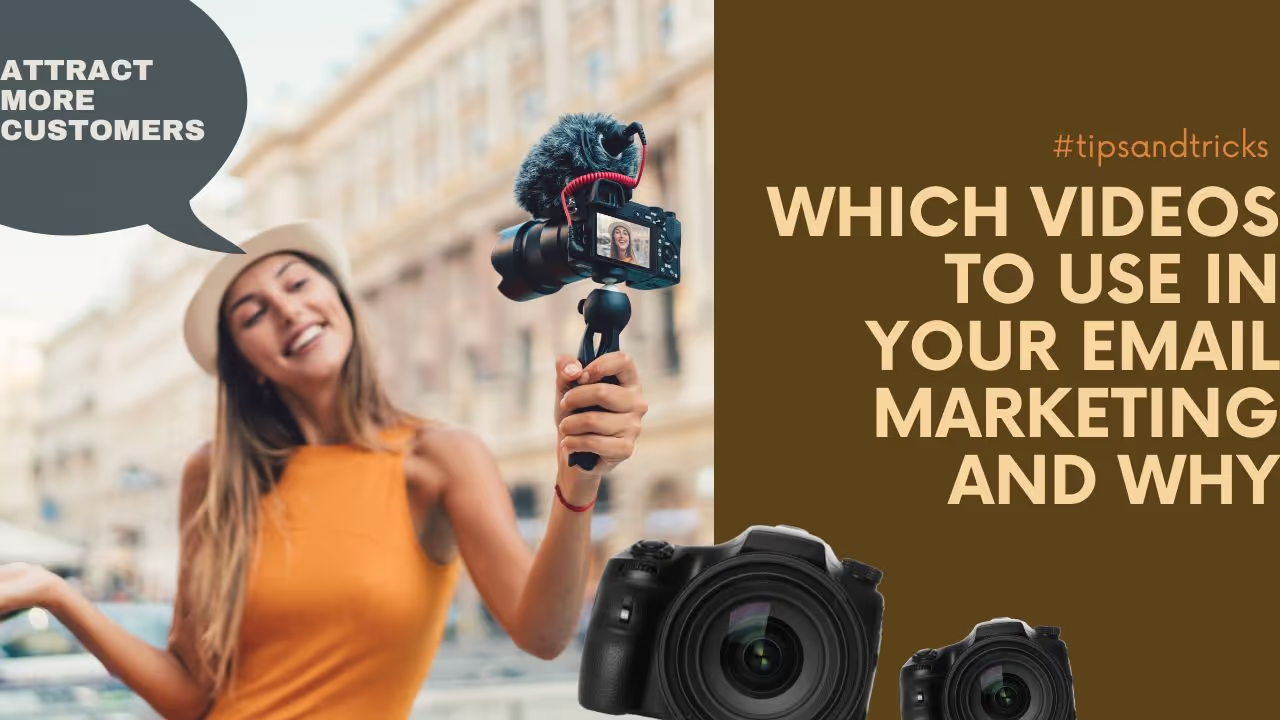
Attract More Customers: Which Videos to Use in Your Email Marketing and Why


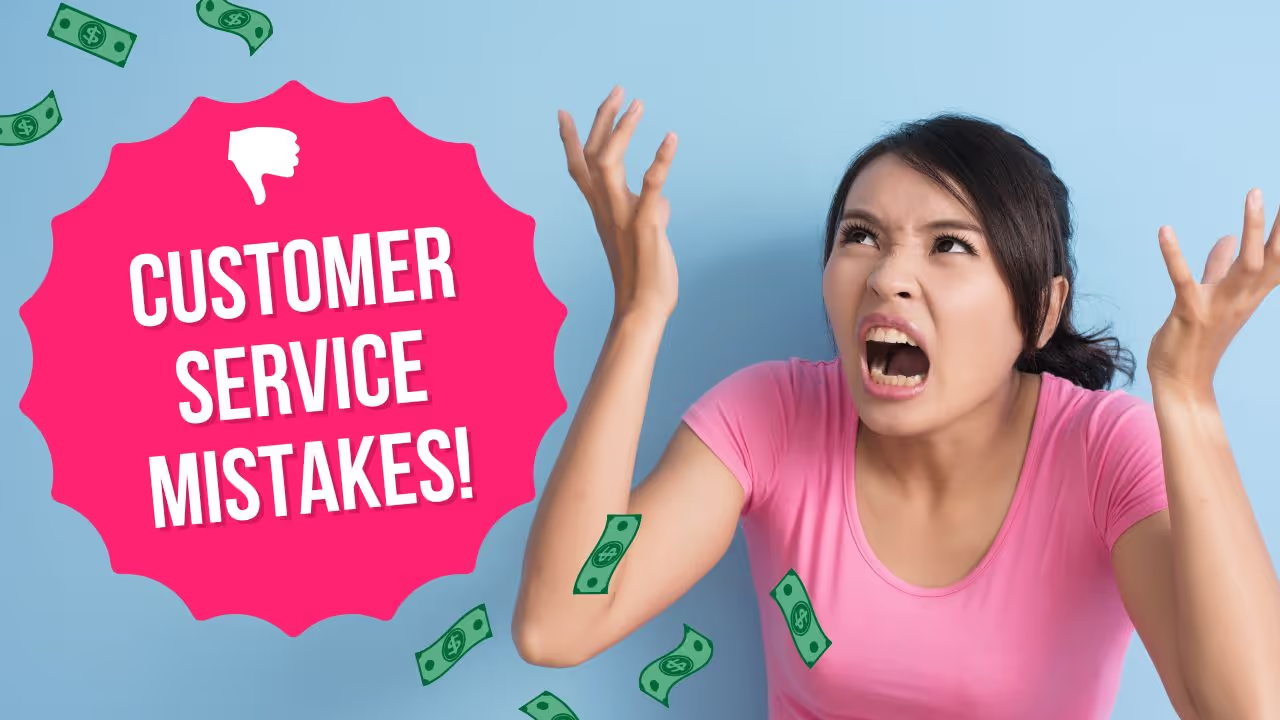
8 eCommerce Customer Service Mistakes You NEED to Stop Making (Like, Yesterday)




Not Sure Where to Start?
Let's find the biggest retention opportunities in your business. Get a free Klaviyo audit or retention consultation.



